





 |
 |
 |
 |
 |
 |
|---|---|---|---|---|---|
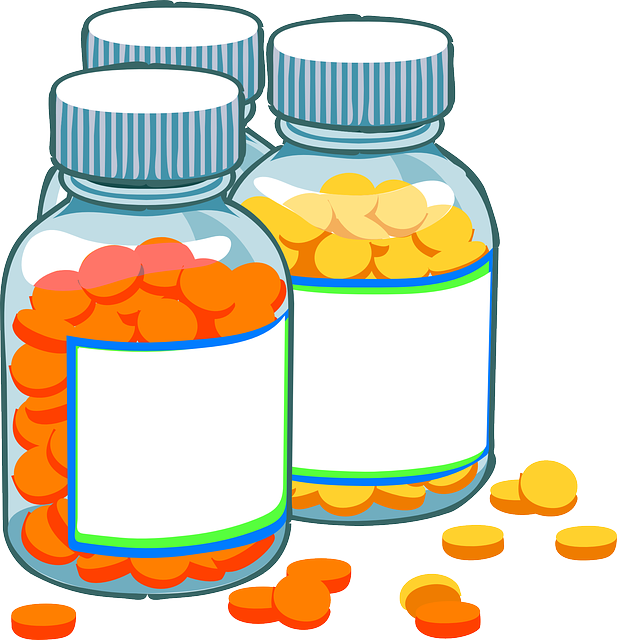 |
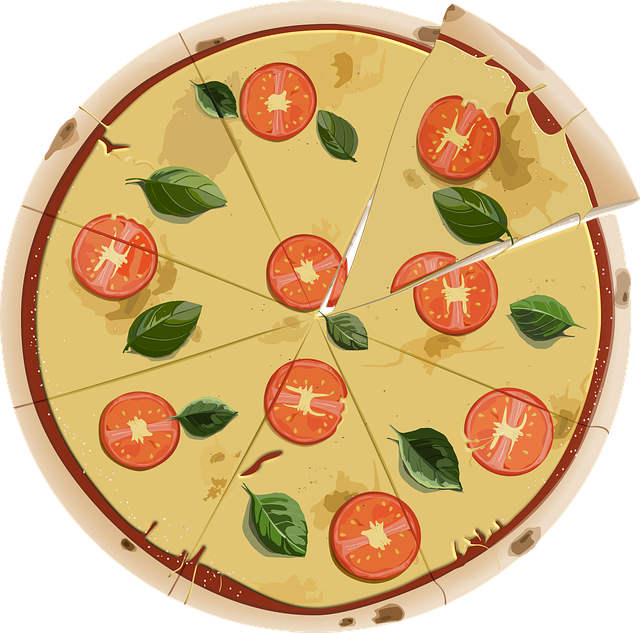 |
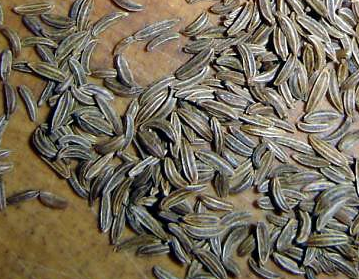 |
 |
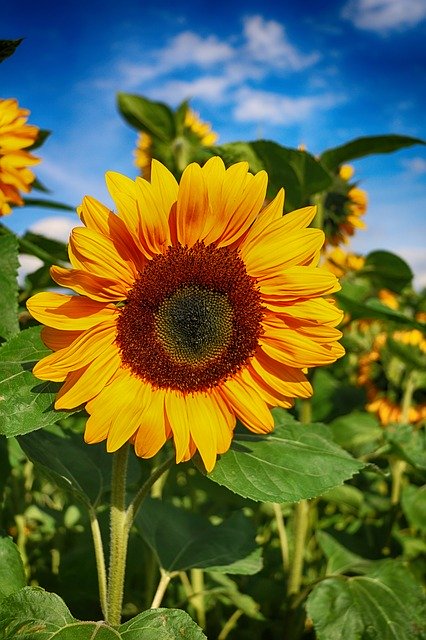 |
 |
|---|---|---|---|---|---|
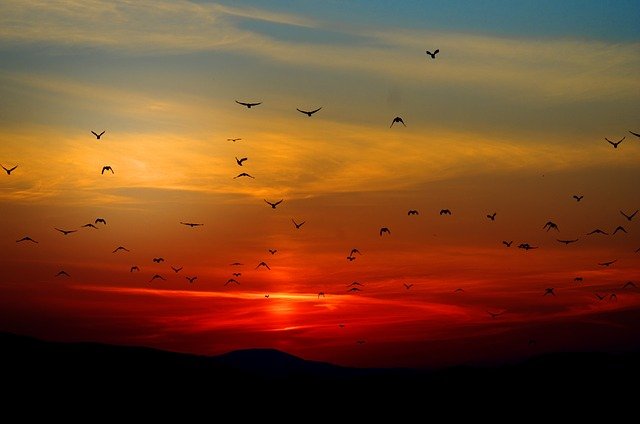 |
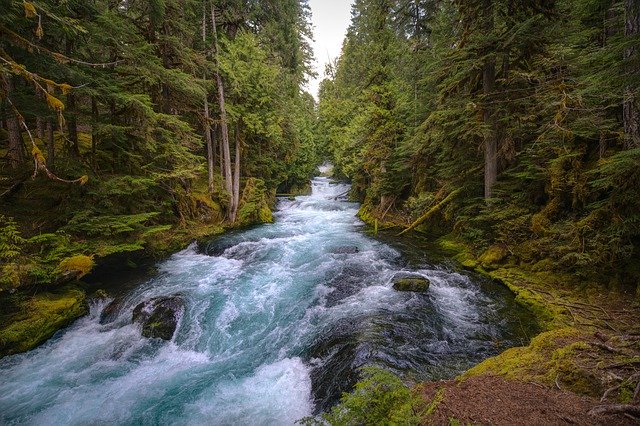 |
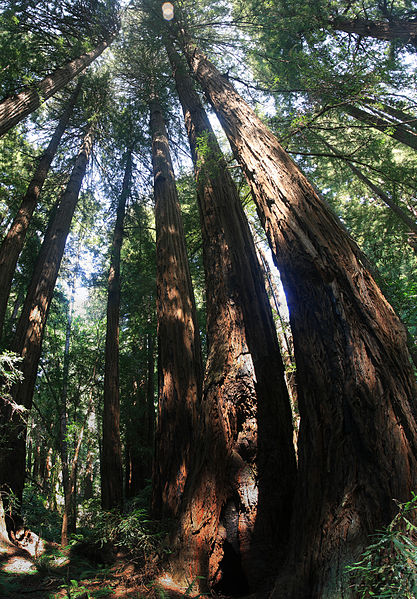 |
 |
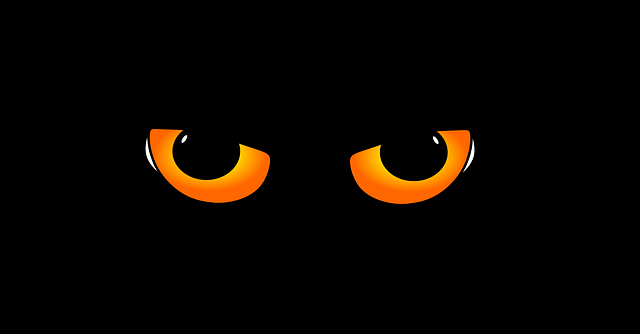 |
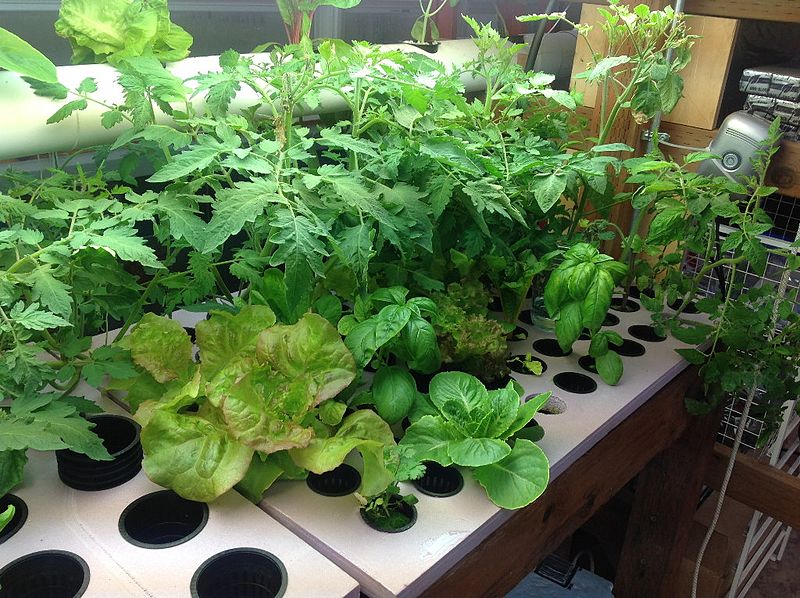 |
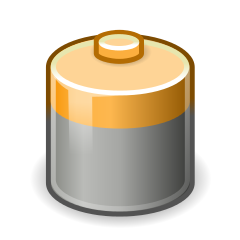 |
|---|---|---|---|---|---|---|
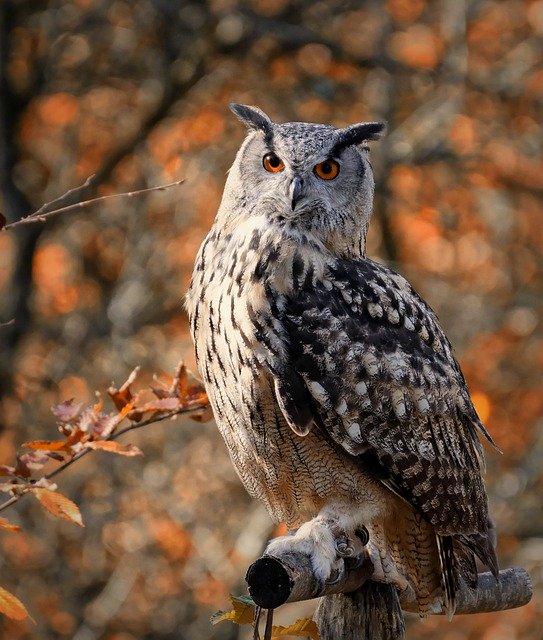 |
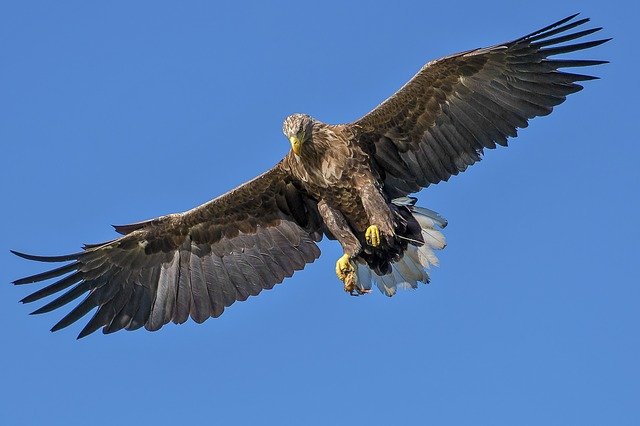 |
|---|---|
The goal is to increase the Earth's biomass. Anyone can take initiative by feeding birds, fertilizing, planting trees, and tagging animals. Science turbocharges these measures.
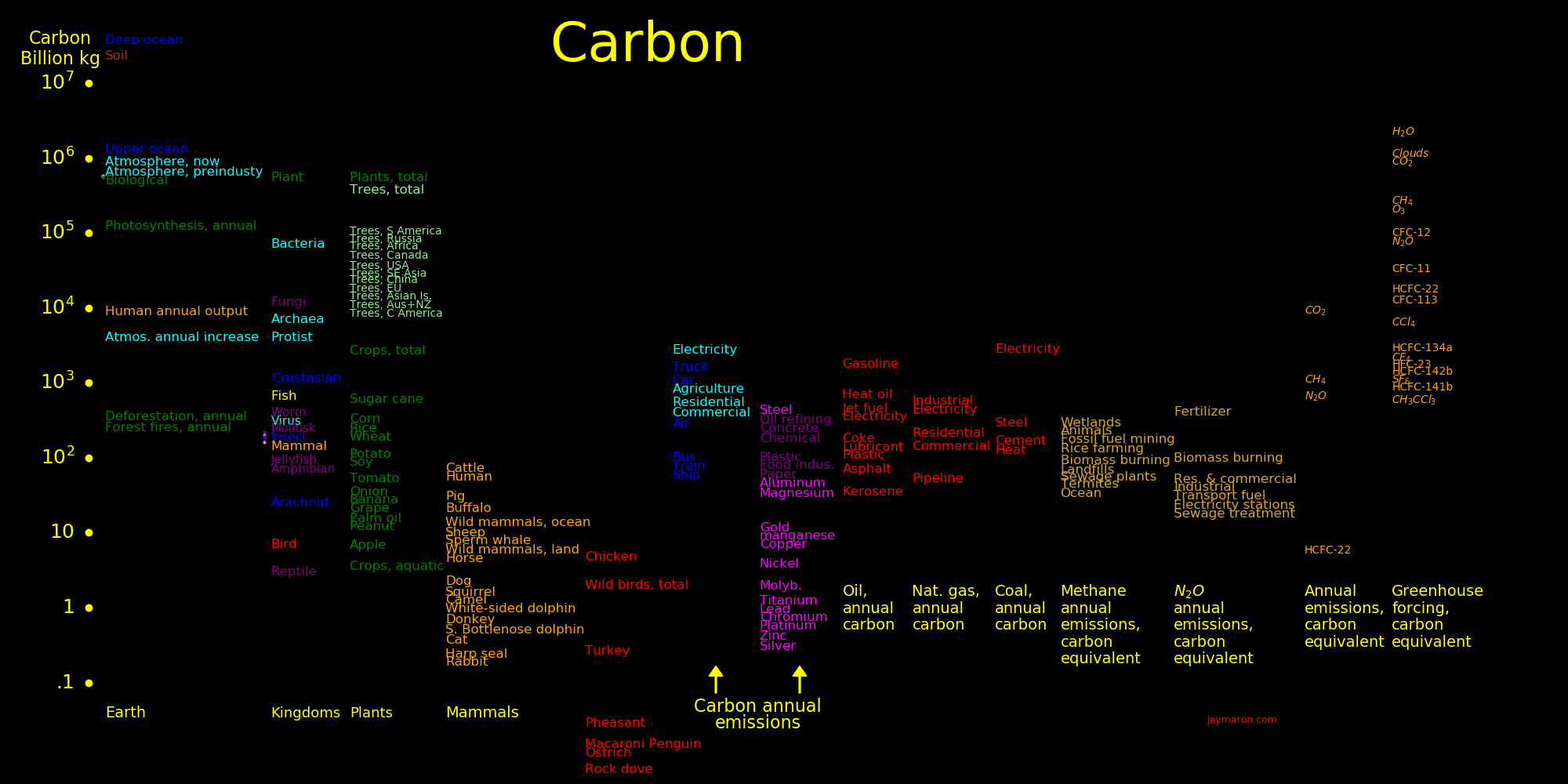 |
|---|
Biomass is dominated by trees.
Plants are 10% of ocean biomass and 98% of land biomass.
On land, most plants are not eaten, and in oceans, most plants are eaten. Oceans have 5 times as much consumer biomass as producer biomass.
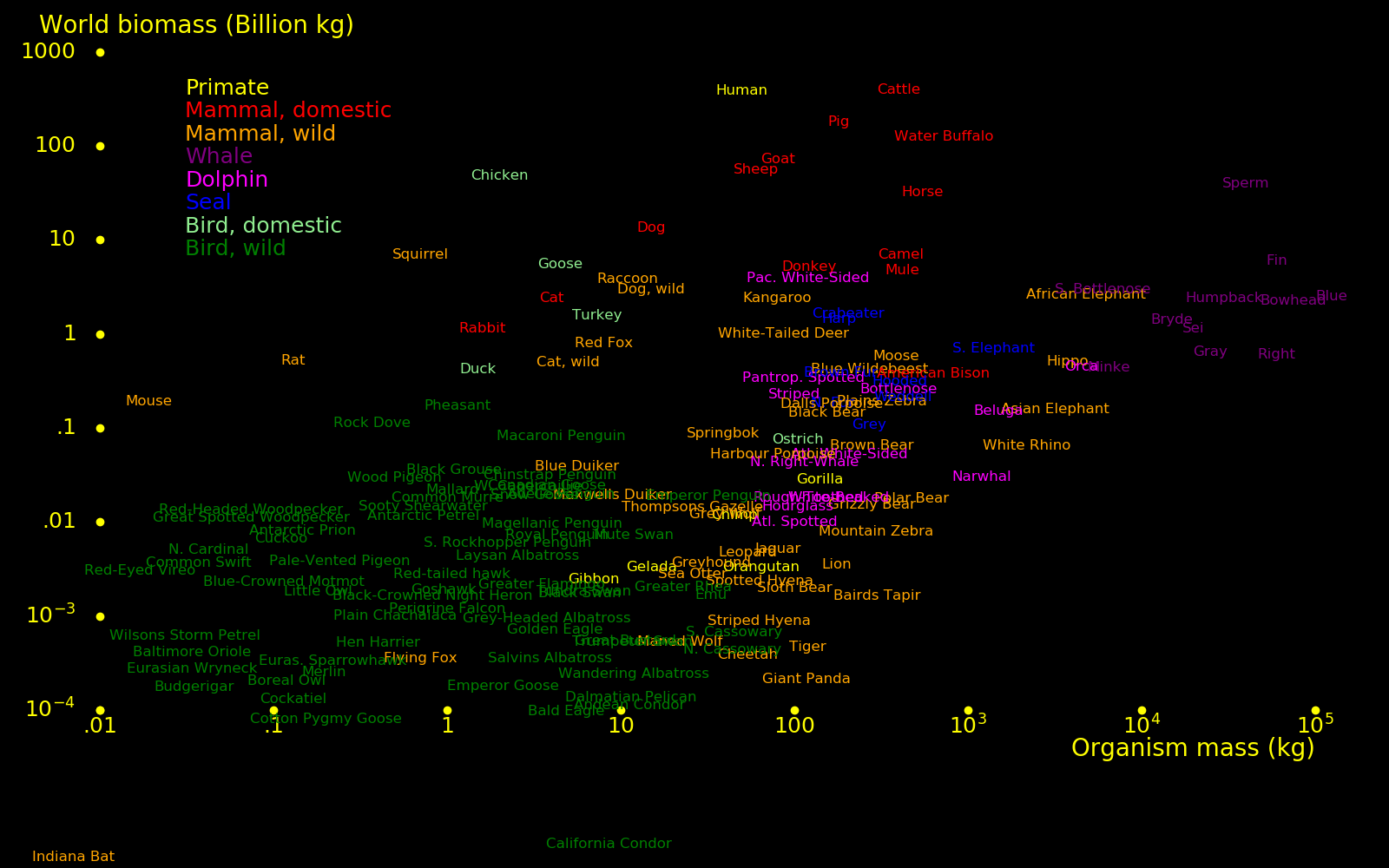 |
|---|
For mammals and birds, biomass is dominated by domestic animals.
Mammal biomass is dominated by humans and cattle.
The larger the organism, the more accurate the population data. Populations for many small species are unknown.
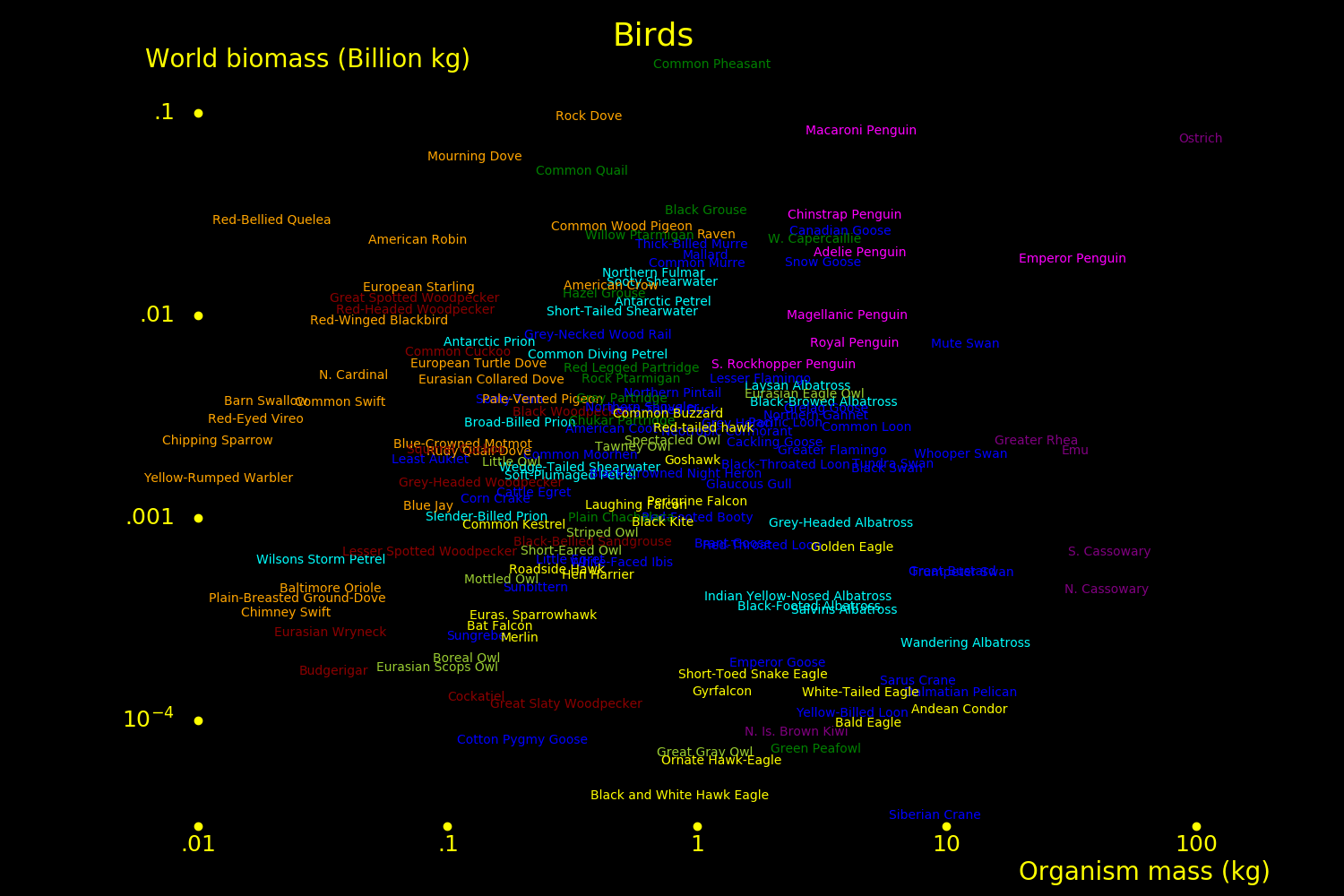 |
|---|
Mammal biomass is approximately constant over the range of animal sizes.
 |
|---|
Data from pantheria.org.
Metabolic power/mass scales as Mass-1/4.
The biomass distribution scales as Mass0, hence most mammal metabolic power is expended by small organisms, not large organisms.
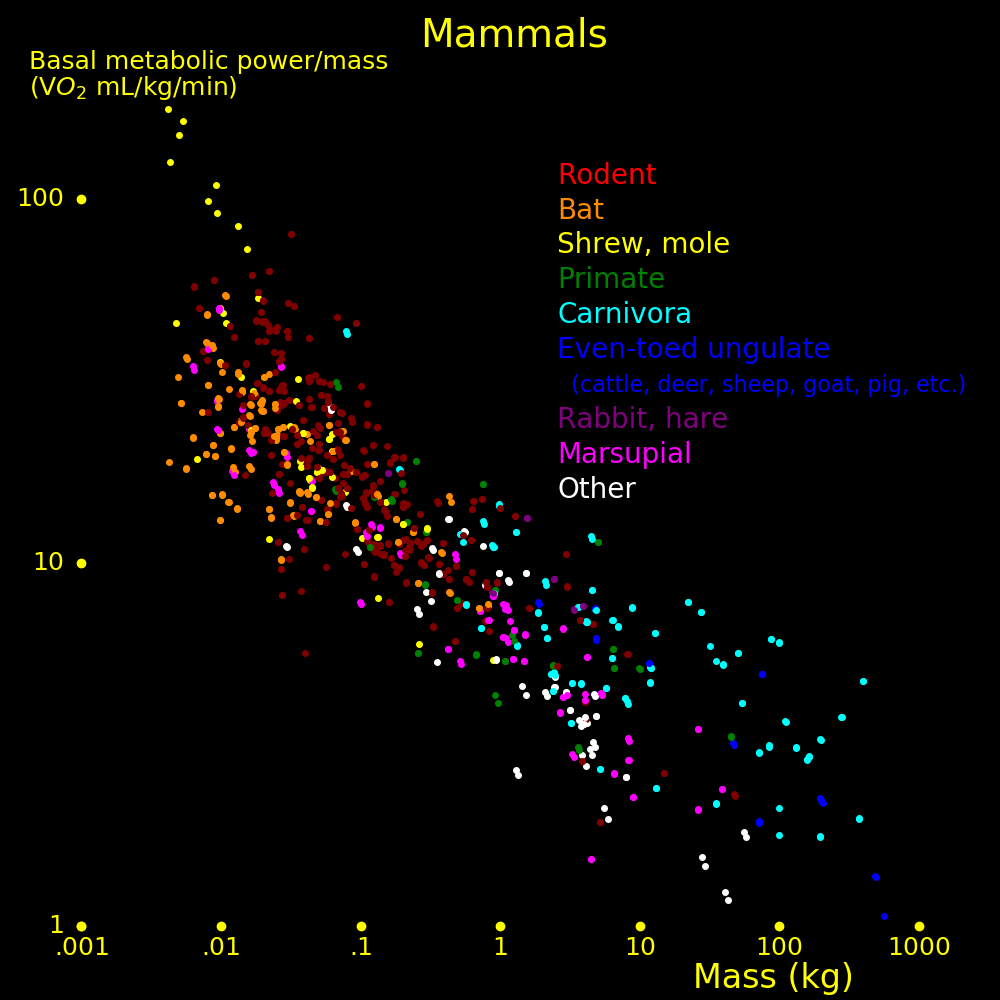 |
|---|
Data from pantheria.org.
A human brain is 1.6 kg and uses 20 Watts.
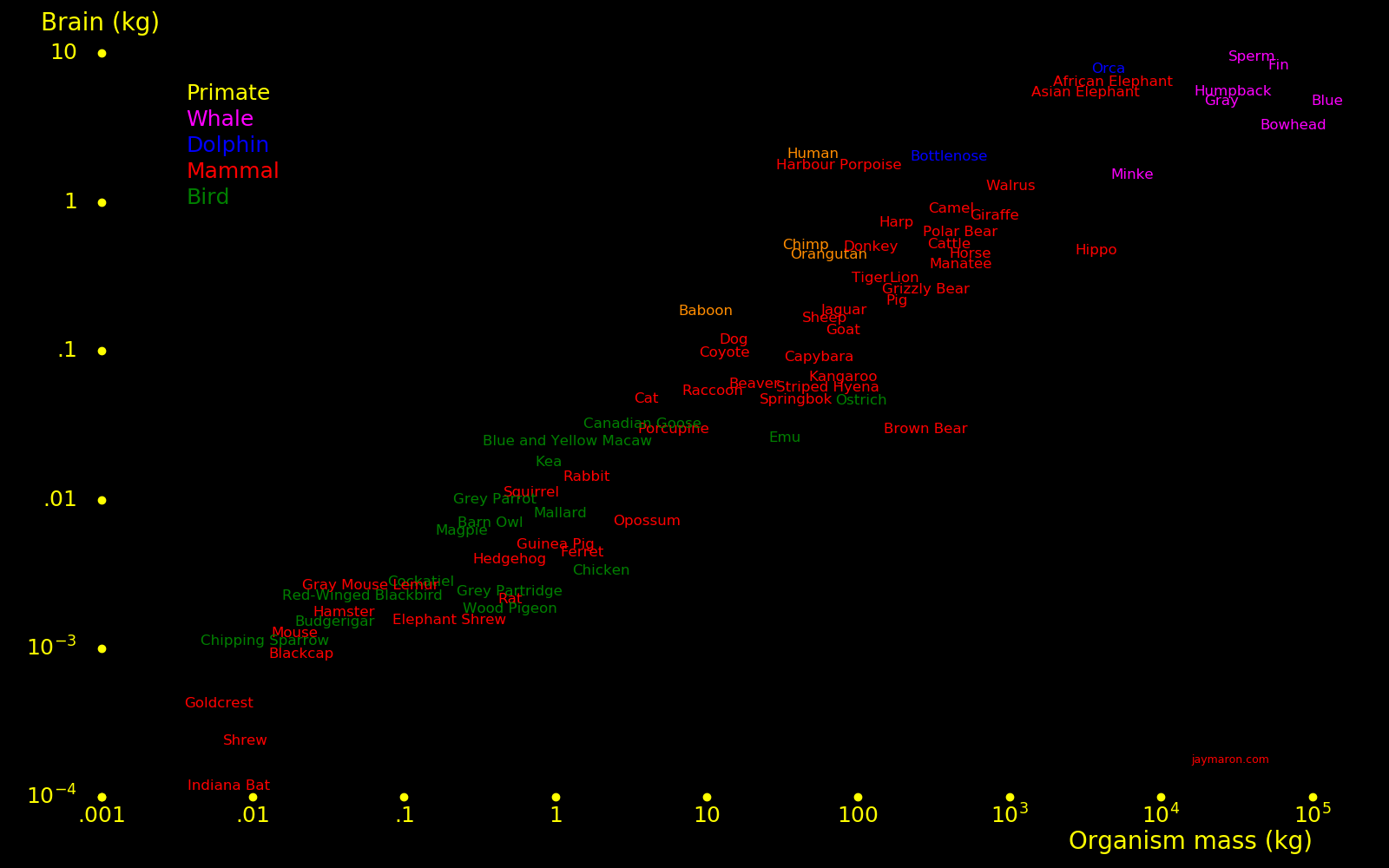 |
|---|
Land Bkg Ocean Bkg Plants 3300000 Crustasian 4800 Plants, trees 2600000 Fish 4200 Bacteria 420000 Mollusk 1140 Fungi 72000 Plant 1000 Archaea 42000 Jellyfish 620 Protist 24000 Mammal 120 Crops 14000 Virus 100 Worm 1320 Virus 1100 Insect 1050 Amphibian 600 Arachnid 150 Mammal, wild 30 Reptile 18 Bird, wild 12 Mammal, human 360 Mammal, domestic 1000 Bird, domestic 30
 |
|---|
World biomass Population Mass
Bkg millions kg
Whale, total 40 1.5
Dolphin, total 7 50
Seal, total 6 25
Whale, sperm 16 .40 40000
Whale, fin 6 .10 60000
Whale, S Bottlenose 3 .5 6000
Whale, blue 2.5 .02 125000
Whale, humpback 2.4 .080 30000
Whale, bowhead 2.2 .030 75000
Whale, bryde 1.4 .095 15000
Whale, sei 1.1 .057 20000
Whale, right .6 .01 60000
Whale, gray .6 .026 25000
Whale, orca .4 .1 4500
Dolphin, white-sided 4.9 41 120
Dolphin, orca .45 .1 4500
Dolphin, spotted .3 3 113
Dolphin, bottlenose .24 .6 400
Dolphin, striped .2 2 100
Seal, crabeater 1.6 8 204
Seal, harp 1.4 8 180
Seal, elephant .7 .5 1400
Seal, brown fur .4 2.1 185
World biomass Mass Population
Bkg kg
Dog, wild 3
Fox, red 1.2 8
Cat, wild .5
Bear, black .15 154
Bear, brown .06 278
Bear, polar .018 475
Jaguar .005 81
Leopard .004 54
Wolf, grey .002 40
World biomass (Bkg)
Squirrel 7
Raccoon 3.8
Elephant 2.4
Rat 1.9
Kangaroo 1.2
Rabbit 1.1
Deer 1.0
Fox .8
Moose .58
Hippo .45
World biomass Population Mass
Bkg millions kg
Duck total .10 100 1.0
Goose total .07 20 3.75
Swan total .02 2 10
Duck, mallard .021 19 1.08
Duck, pintail .004 5.35 .8
Duck, long-tail .004 5 .74
Goose, Canadian .022 6 3.75
Goose, snow .019 6 3.2
Swan, mute .0072 .605 11.9
Swan, whooper .0021 .18 11.4
Swan, tundra .0018 .3 6.1
Swan, black .0017 .3 5.8
Swan, trumpeter .0005 .046 11.6
World biomass Population Mass
Bkg millions kg
Hawk, red-tailed .0028 2.6 1.06
Goshawk .0019 2 .956
Buzzard .0017 4 .43
Peregrine falcon .0012 1.2 1.0
Kestrel .0009 5 .184
Falcon, laughing .0009 1.6 .57
Hen Harrier .0005 1.3 .40
Hawk, roadside .0004 1.6 .275
Hawk, Eurasian .0003 1.5 .22
Merlin .0003 1.3 .195
Gyrfalcon .0002 .11 2.1
Eagle, golden .0007 .17 4.18
Eagle, snake .0002 .1 1.68
Eagle, bald .0001 .02 4.85
Eagle, hawk .0001 .1 .85
Heron, grey .0014 1.0 1.4
Egret, cattle .0012 5.4 .22
Heron, boat-billed .0003 1.6 .2
For Manhattan,
Mass Number per Number per Mass/area
person hectare
kg (Humans=1)
Human 65 1 300 1
Cat, wild 3.9 .143 43 .0086
Pigeon .27 1.5 450 .0062
Rat .32 1.0 300 .0049
Squirrel .5 .03 7.5 .00023
Almost all vitamins fit into one pill, with the exception of calcium, potassium, phosphorus, and magnesium, which can be supplemented separately. The nutrient requirement for animals and plants is:
Human Bird Crop Supplement
gram/day gram/day gram/kg
Calories 2200 165 0
Protein 50 9 0
Potassium 3.5 .4 14 Potassium phosphate
Phosphorus 1.0 .4 1.5 Potassium phosphate
Calcium 1.0 .8 2 Calcium chloride
Magnesium .35 .4 1.5 Magnesium chloride
Iron .27 .2 .14
Zinc .075 .05 .038
Manganese .075 .05 .038
Copper .022 .02 .011
Nitrogen 0 0 15 Ammonium nitrate
Sulfur 0 0 1.5 Ammonium sulfate
We assume a 75 kg human and a 1 kg bird. For other masses, scale accordingly. For crops, the nutrient requirement is in grams of nutrient required to produce 1 kg of biomass. Crop biomass is typically 1/2 edible food.
For young birds, calcium and phosphorus are especially important, for bones. For egg-laying birds, calcium is important for egg shells.
Bones are made of calcium and phosphorus, in a 2:1 ratio. For a 1 kg bird,
Calcium = 14.0 grams Phosphorus = 6.5 grams Potassium = 4 grams Magnesium = 1 grams
For bones,
Calcium fraction = .279 Phosphorus fraction = .130 Calcium/phosphorus ratio = 2.1
The best bone supplements are calcium chloride (CaCl2) and monopotassium phosphate (KH2PO4).
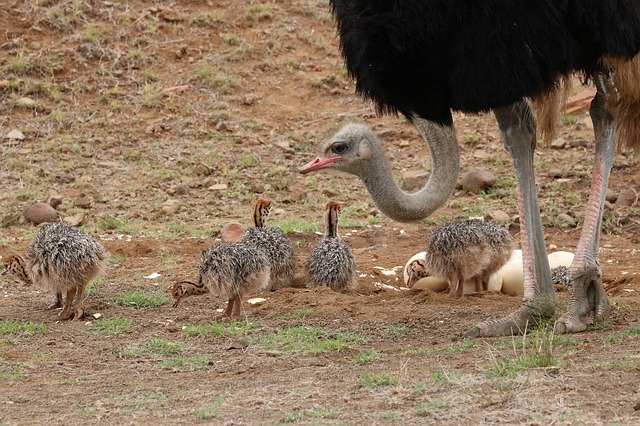 |
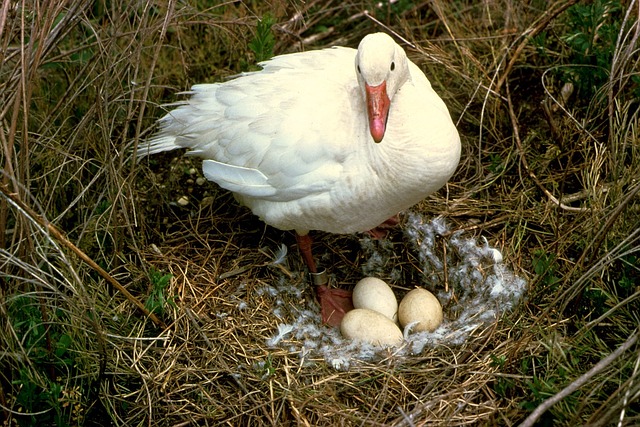 |
 |
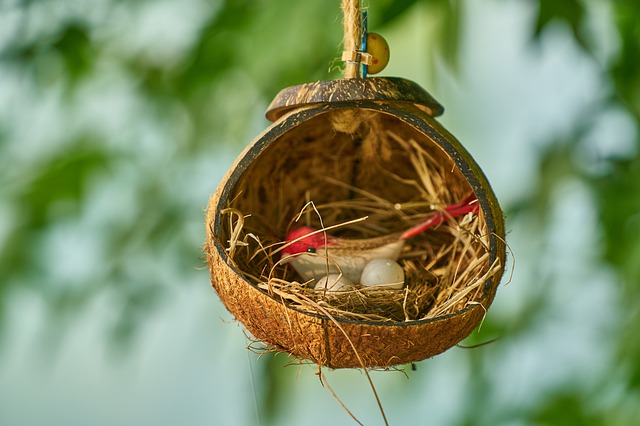 |
|---|---|---|---|
For a chicken egg,
Mass Calcium
grams grams
Egg total 60 1.95
White 36.6 .0023
Yolk 18.3 .028
Shell 5.1 1.92
Almost all the calcium is in the shell. Eggs are 3.2% calcium. Shells are 94% calcium carbonate (CaCO3) and calcium carbonate is 40% calcium.
An egg is typically 3% of the mass of the adult bird.
It takes 50 days for a bird to grow to adult size.
 |
|---|
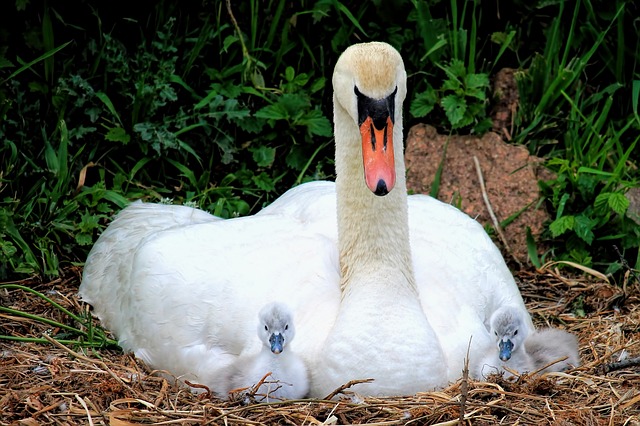 |
||||
|---|---|---|---|---|
The left plot shows the protein and calorie content of food. Foods with high protein and low fat are in the lower right. Nuts are heavy in protein, especially peanuts.
The right plot shows how much calories and protein you get per dollar. The cheapest meats are pork, chicken, and turkey.
 |
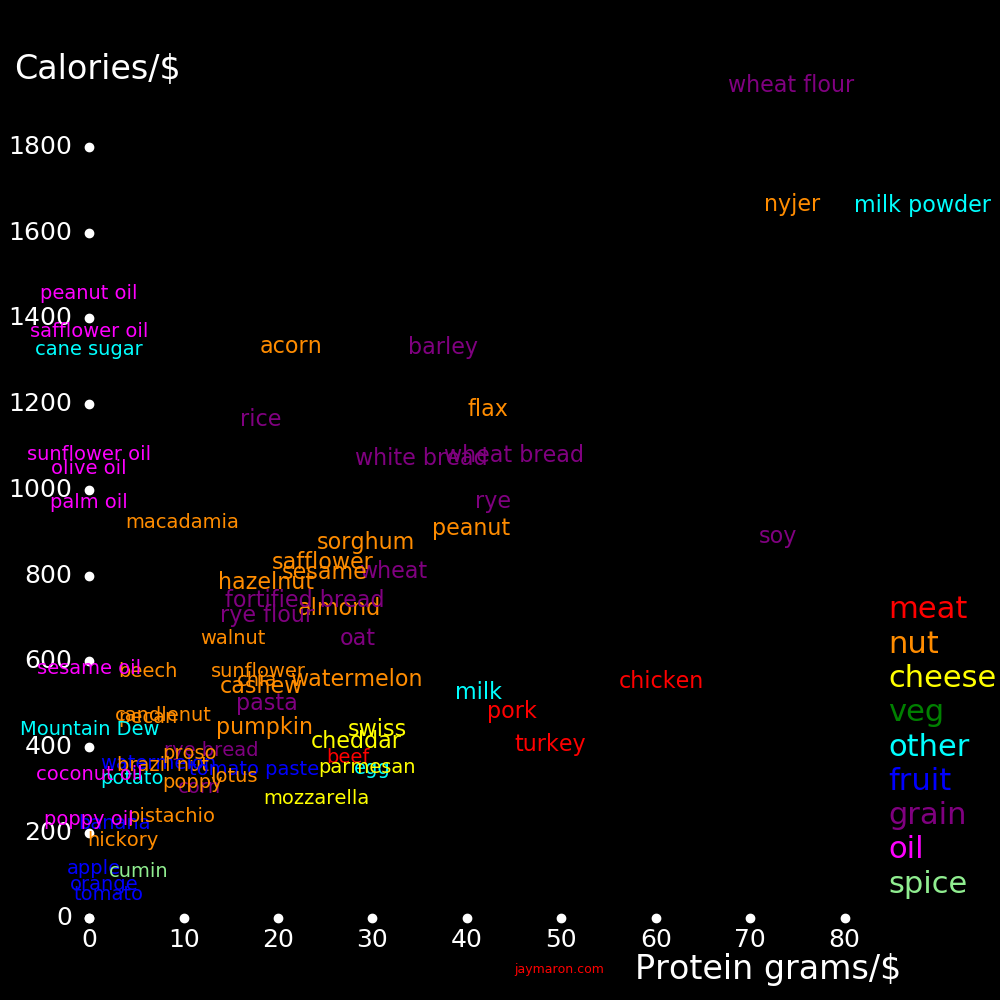 |
|---|---|
The plot shows the potassium, phosphorus, and calcium content of food. Calcium is abundant in cheese and milk and rare in other foods. Sesame is rich in calcium.
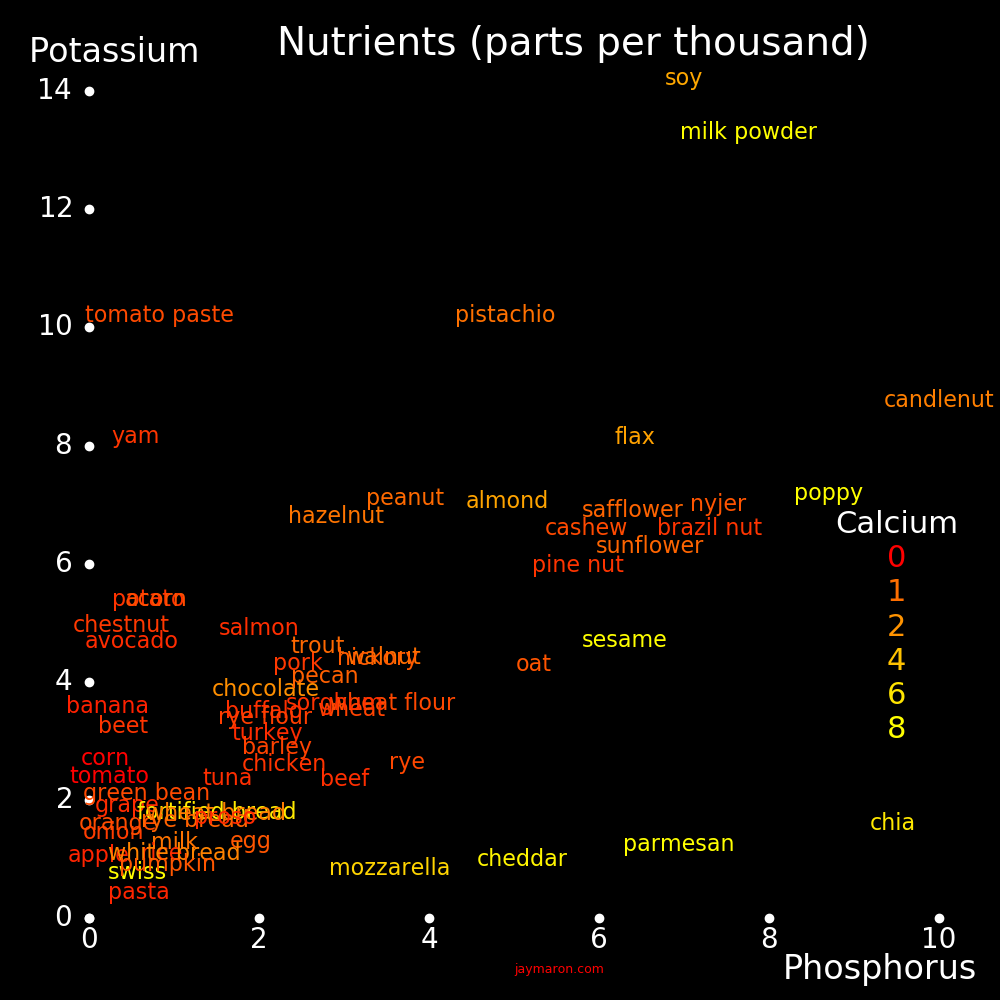 |
|---|
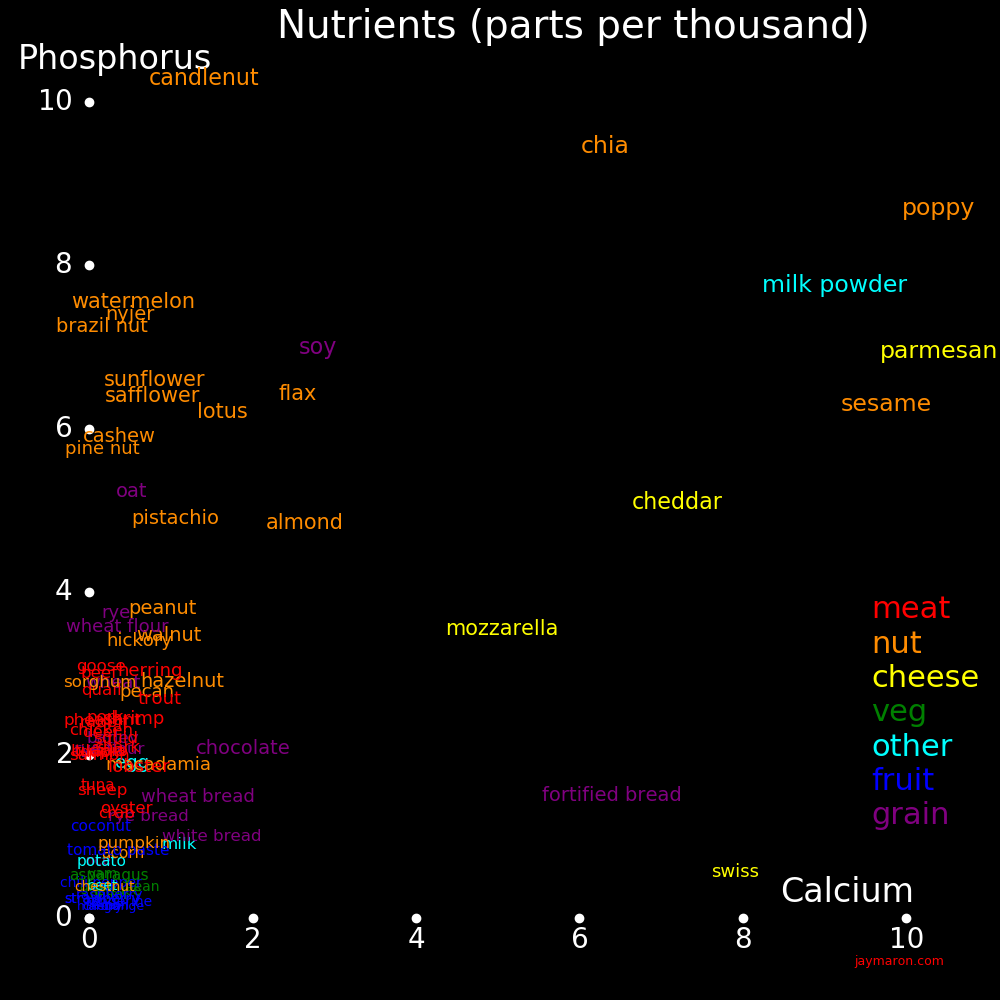 |
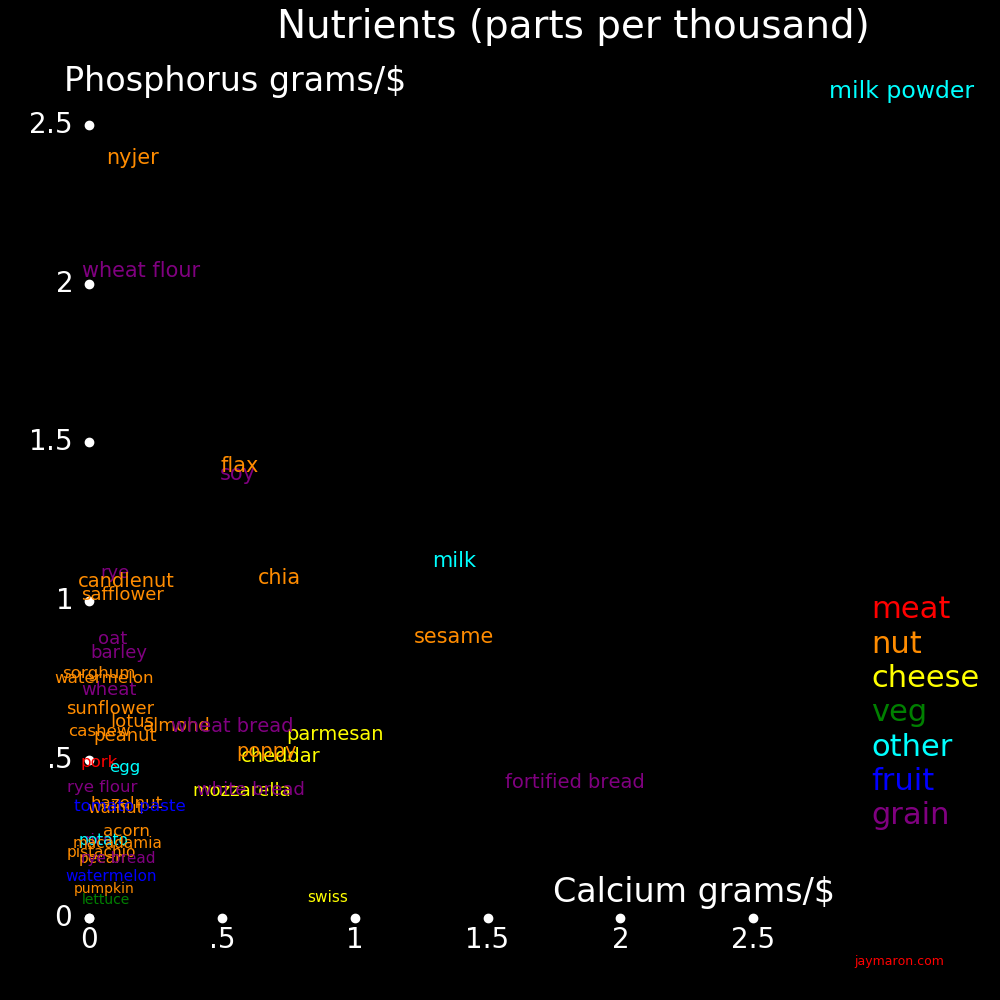 |
|---|---|
The plot shows the phosphorus and potassium content of food. Most nuts are rich in these elements.
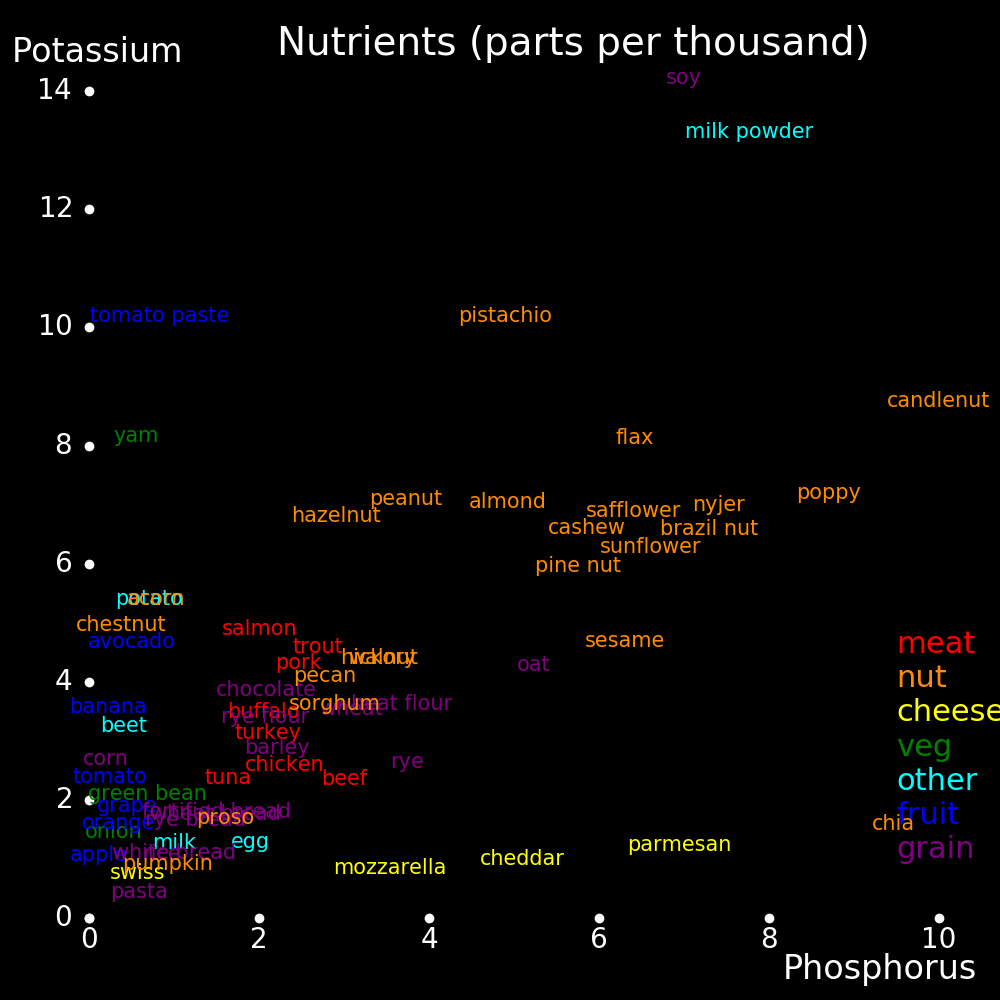 |
|---|
For bird seed, what matters is calories and calcium, and the best seeds are sesame and nyger.
 |
|---|
 |
|---|
A simple and cheap fertilizer recipe is:
Relative mass
Urea 4
Potassium chloride 4
Monoammonium phosphate 1
Calcium chloride 1
Magnesium chloride 1
Ammonium sulfate 1
Growing 1 kg of biomass requires the following elements:
Element Cheapest form Molecule Cost Fertilizer Element frac Element cost
gram $ gram in fertilizer gram/$
Nitrogen 15 Urea CO(NH2)2 .025 26 .467 482
Potassium 15 Potassium chloride KCl .044 29 .524 340
Phosphorus 2 Monoammonium phosphate (NH4)2HPO4 .011 7 .269 185
Calcium 2 Calcium chloride CaCl2 .011 6 .361 182
Magnesium 2 Magnesium chloride MgCl2 .036 8 .255 55
Sulfur 2 Ammonium sulfate (NH4)2SO4 .025 8 .243 79
Total .152 84
Well-irrigated crops produce 1 kg of biomass per meter2 per year. Typical crops are 1/2 edible matter and 1/2 inedible matter. Trees can produce wood at a rate of 2 kg/meter2/year.
As an example, for nitrogen fertilizer,
Nitrogen requirement = n = = 15 grams to produce 1 kg of biomass Urea nitrogen fraction = u = = .456 Urea requirement = U = n / u = 33 grams Nitrogen cost per kg = c = = 482 gram/$ Nitrogen cost = C = n/c = .029 $
The appendix has a table with all possible fertilizer molecules.
 |
|---|
Year
-11000 Livestock
-9500 Crops
-6000 Crop rotation. 2-field system
-4000 Ox power
-3500 Horse
0 Trade network
900 3-field system
1492 Columbian exchange. Guano fertilizer introduced
1700 4-field system. Nitrogen-fixing plants
1800 Fertilizer becomes widespread
1850 Mechanization
1895 Refrigeration
1950 Pesticides
1980 Genetic engineering
English wheat yield:
Year Wheat yield (kg/hectare/year) 1500 .018 1550 .022 1600 .029 1650 .031 1700 .038 1750 .047 1800 .063 1850 .073 2020 .8
Crop locations are decided by rain, rivers, lakes, reservoirs, aquifers, and aqueducts. Prime farmland is for crops and subprime land is for grazing. There is 2.2 times as much grazing land as cropland, and agriculture is 38% of world land.
The plot shows the center of mass for crops.
 |
|---|
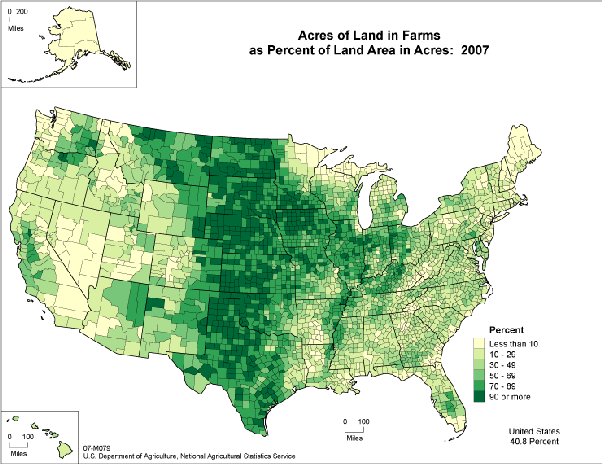 |
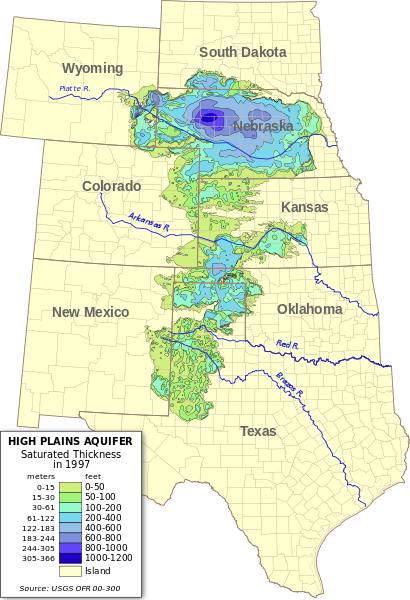 |
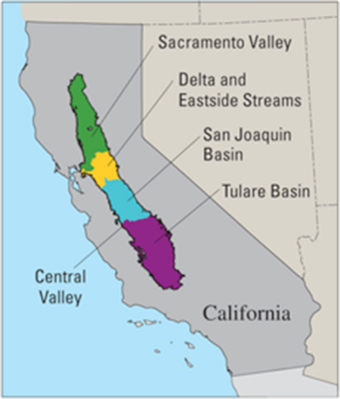 |
|
|---|---|---|---|
Land can support more people with wheat than with beef, by a factor of 16. Sugar cane is more efficient than wheat by a factor of 16.
Farm productivity is expressed as kg/meter2/year of food. If we factor in the calorie content of the food, we can express this as food production power in Watts/meter2. The value for wheat is 16 times larger than for beef.
The table shows the production power for various foods, with a comparison to solar cells and wind turbines.
Production Energy/Mass Power Type of energy
kg/meter2/yr MJoule/kg Watt/meter2
Solar cell - - 40 Electricity
Wind turbine - - 15 Electricity
Algae 10 16 5.1 Biomass
Bamboo 2 16 1.0 Biomass
Grass 1 16 .50 Biomass
Typical tree .5 16 .25 Biomass
Sugar cane 8 16 4.1 Food
Wheat .5 14 .22 Food
Milk .6 2.1 .040 Food
Fish .1 9 .028 Food
Goose (grazing) .1 9 .028 Food
Beef (grazing) .05 9 .014 Food
Tomato 8 .8 .20 Food
Tomato, hydroponic 150 .8 3.8 Food
For most crops, 50% of the plant biomass is edible produce.
In 1850, a family of 4 could be supported by 40 acres, and this is the origin of the phrase "40 acres and a mule". This corresponds to 25 people/km2. At the time, world population was 8 people/km2 and today it's 50 people/km2.
It takes 120 Watts of food energy to support a human. If the calories come from cane sugar, then land can support 30000 people/km2.
Wild mammal biomass is 30 Bkg and human biomass is 360 Bkg.
Land is far cheaper in Brazil than Iowa. Land is 1/5 of the cost in Brazil and 1/2 the cost in Iowa.
Iowa pays less for fertilizer than Brazil, but they pay more for seeds.
Labor is only 1/15 the cost, for both Iowa and Brazil.
Costs are in $/acre/year.
Iowa Iowa Iowa Brazil Iowa
cows corn soy soy grass
Land 56 256 256 60 55
Labor 22.9 42.7 33.6 20 33
Seed - 114.4 49.2 25 -
Machinery 5.2 70.2 64.5 40 20
Other 5.2 31.9 26.9 16 -
Nitrogen 27.2 71.7 - - 58
Phosphorus 11.7 29.6 19.5 25 19
Potassium 12.0 18.3 27.9 35 -
Lime - 15.7 15.7 15 -
Herbicide 4.6 39.6 48.7 40 5
Insecticide - 18.4 - 10 -
Fungicide - - - 25 -
Other pesticide - - - 4 -
Total 137.9 770.8 542.0 315 181
 |
 |
|---|---|
To minimize insects, use plants with nuts instead of berries. Most insects can't get the nuts whereas birds and mammals can.
The nuts with high calcium content are sesame, poppy, and chia. The tree nut with high calcium content is almond.
The ideal location for planting trees is near water, and it helps to fertilize the trees.
You need dense trees for birds in the winter.
Bird populations can be increased with plants that produce nuts or berries.
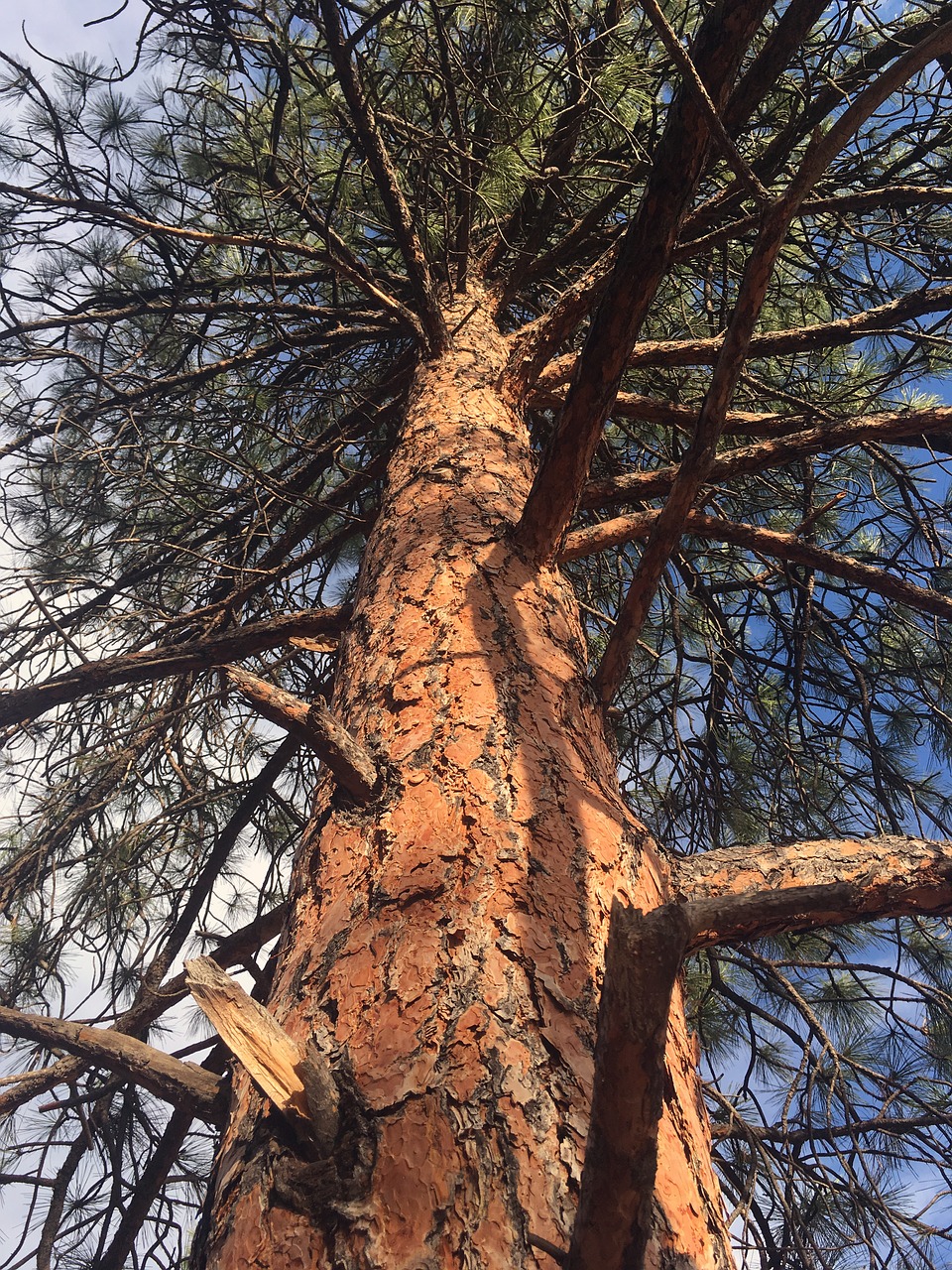 |
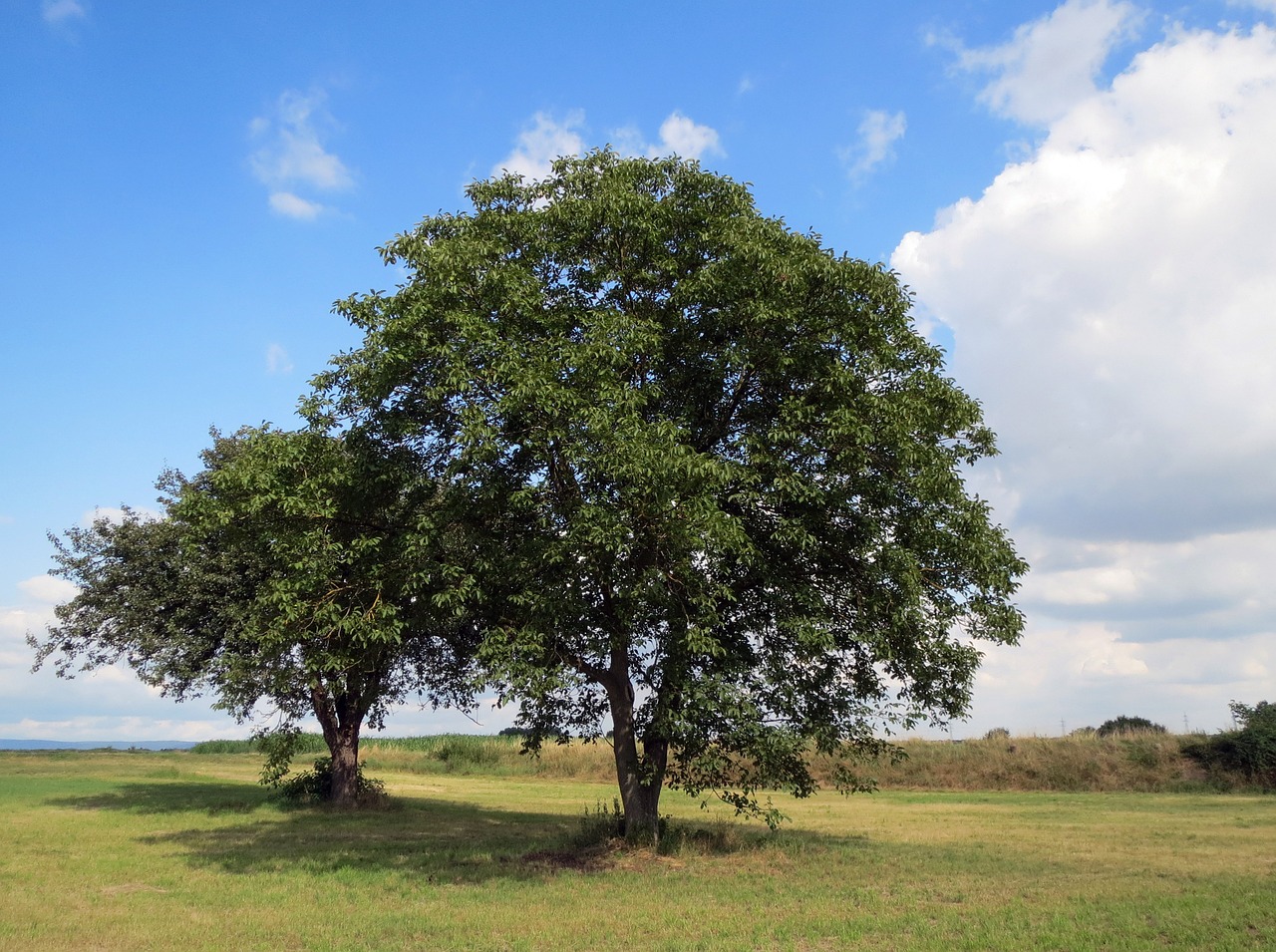 |
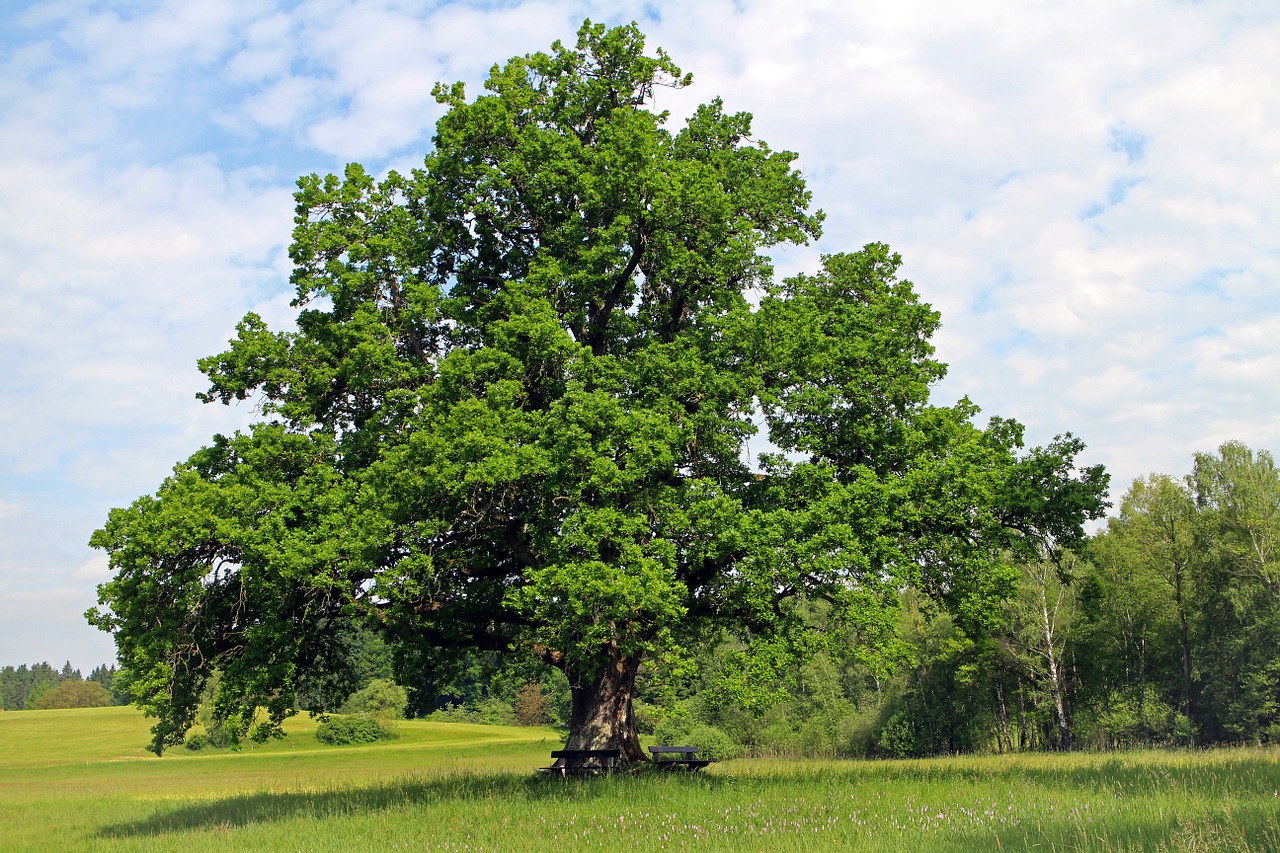 |
|
|---|---|---|---|
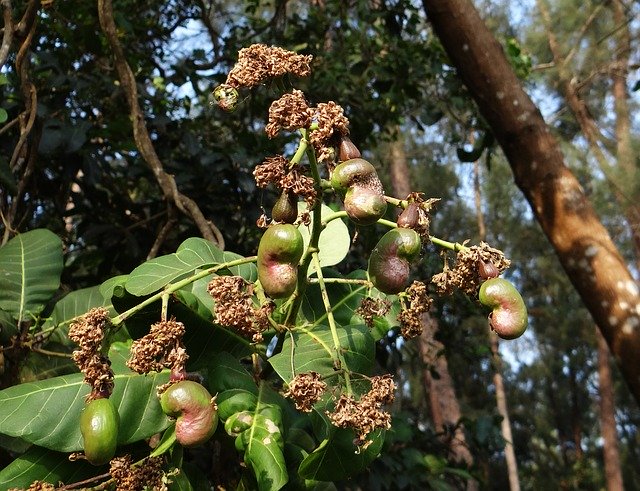 |
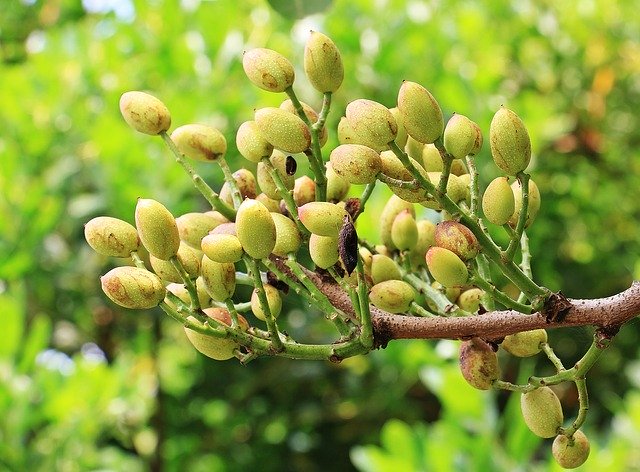 |
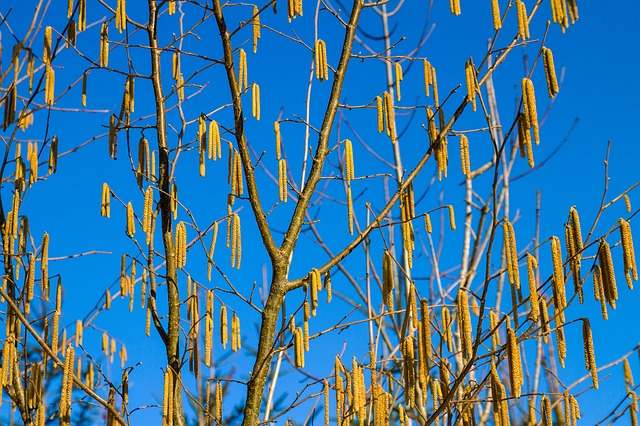 |
|---|---|---|
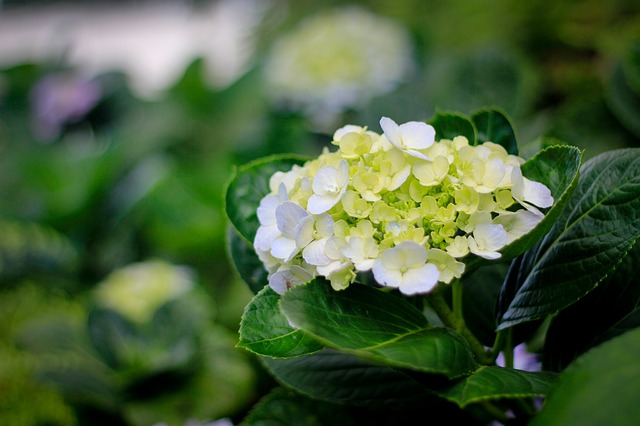 |
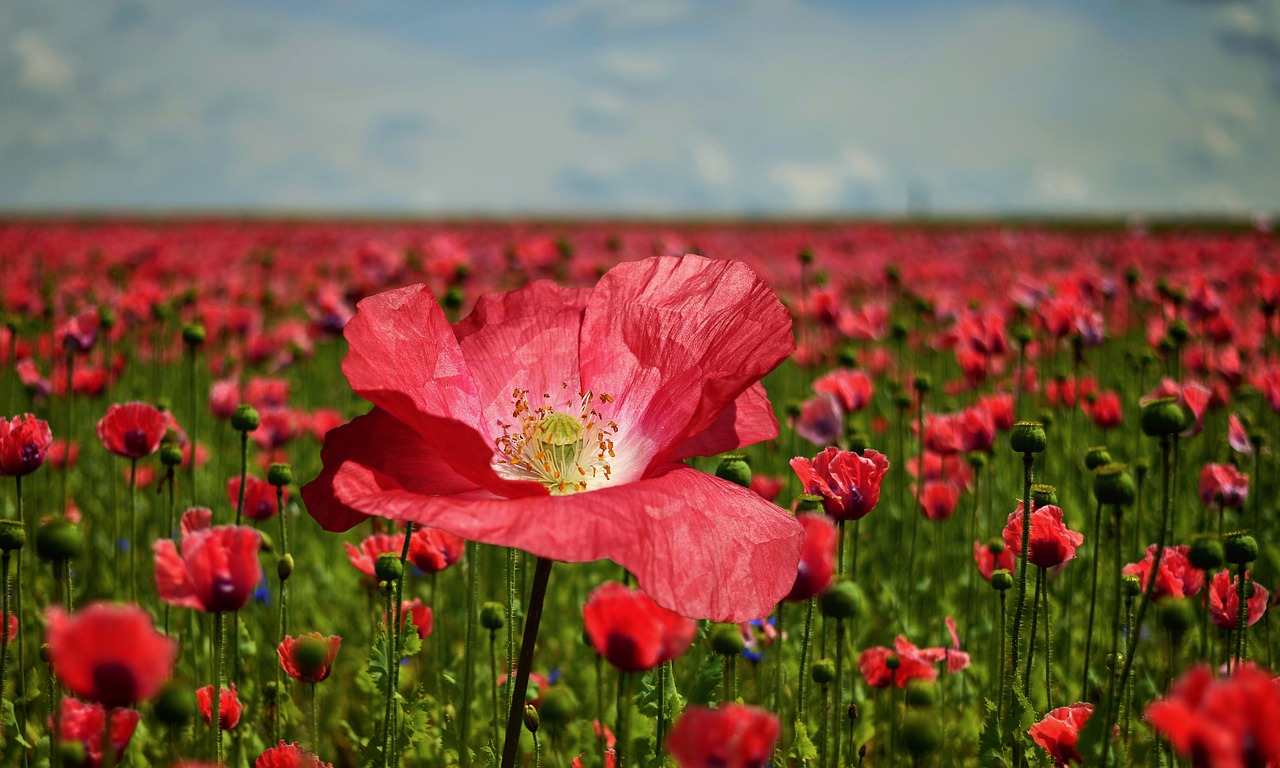 |
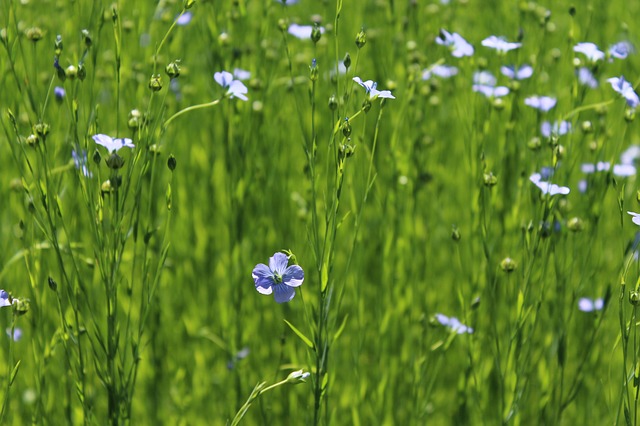 |
 |
|---|---|---|---|
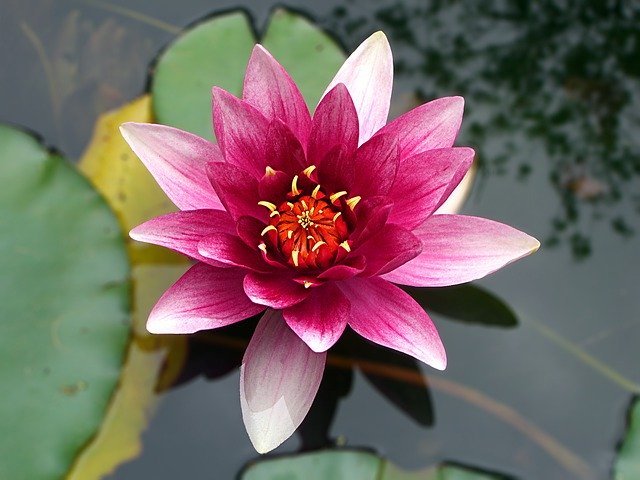 |
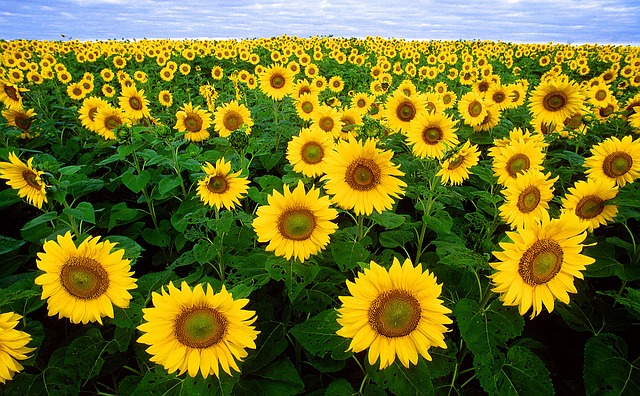 |
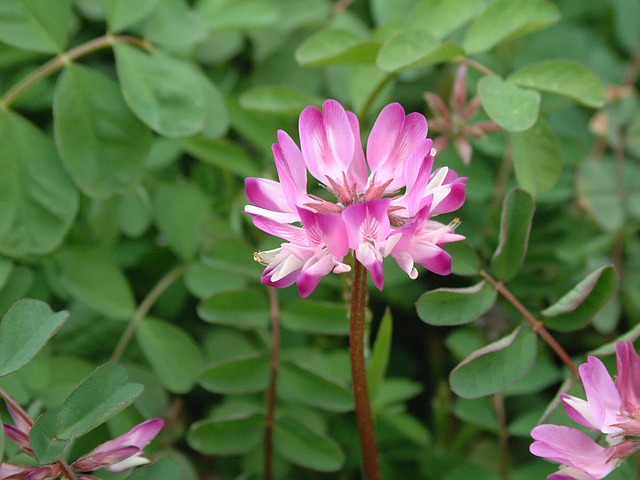 |
|---|---|---|
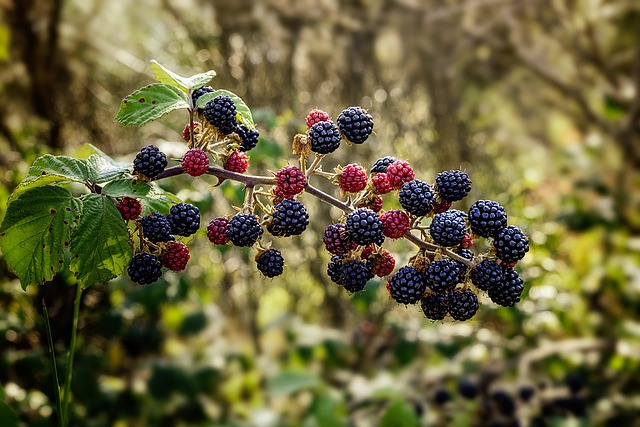 |
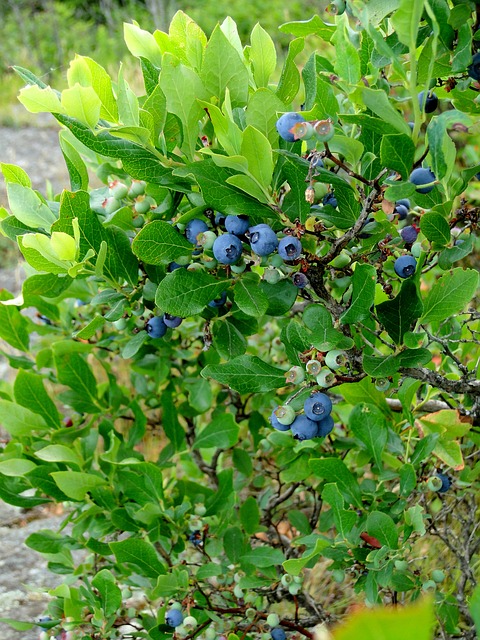 |
 |
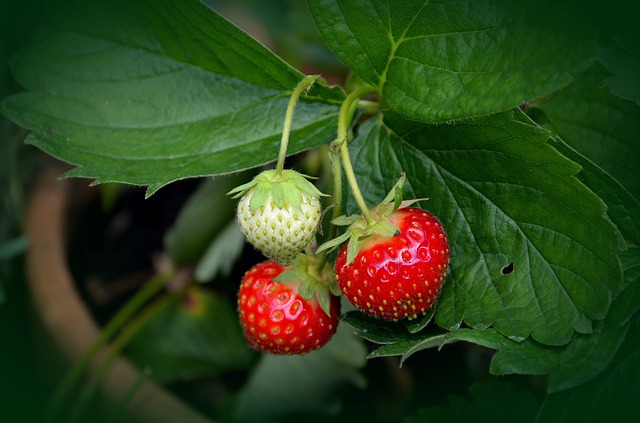 |
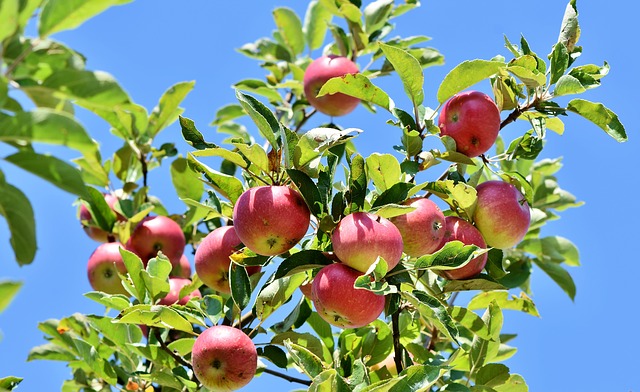 |
|---|---|---|---|---|
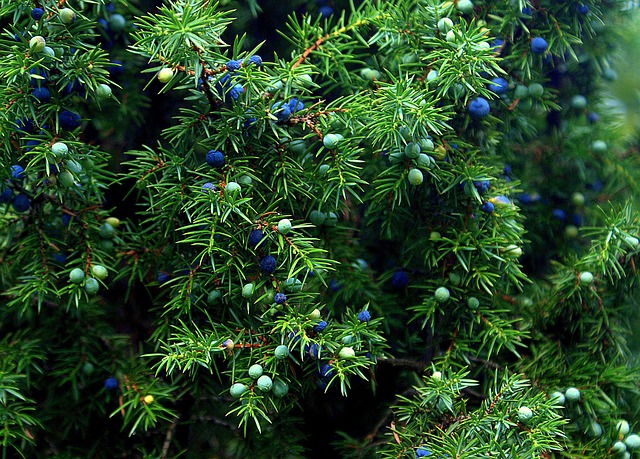 |
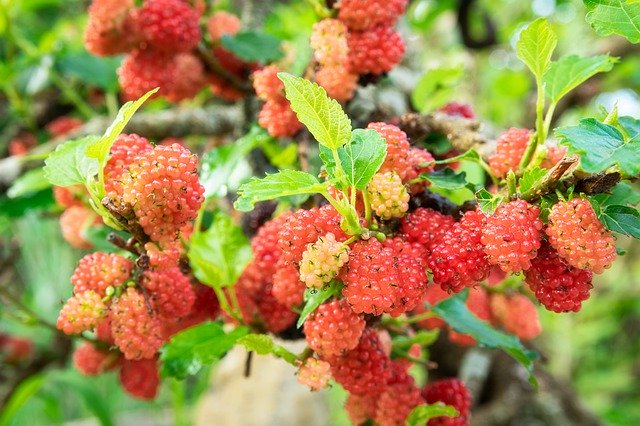 |
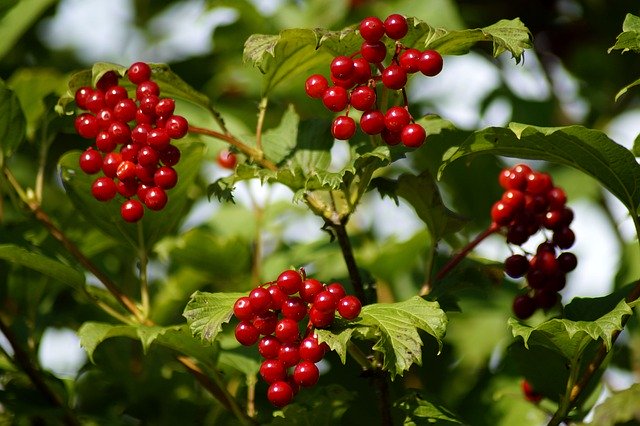 |
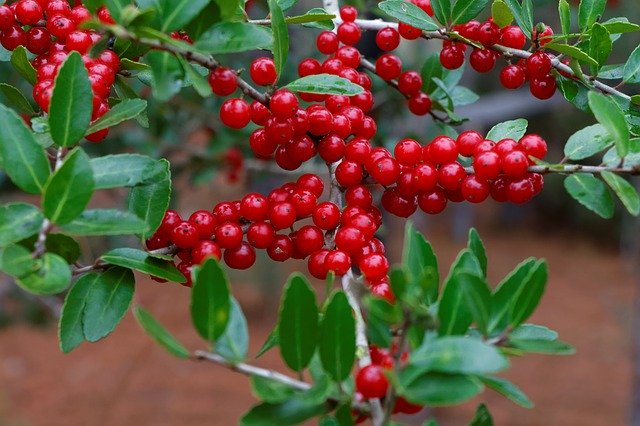 |
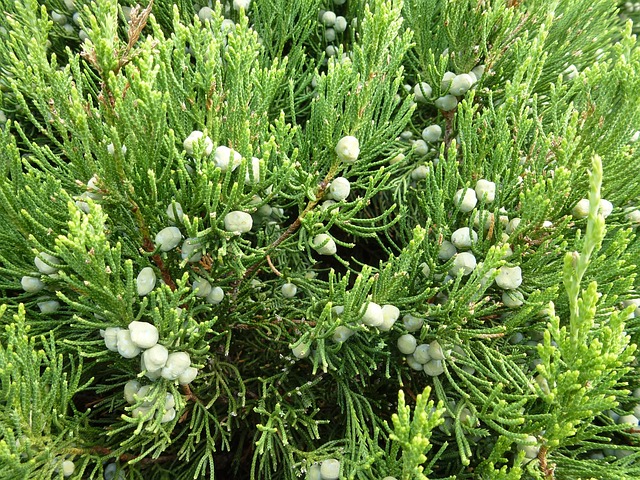 |
|---|---|---|---|---|
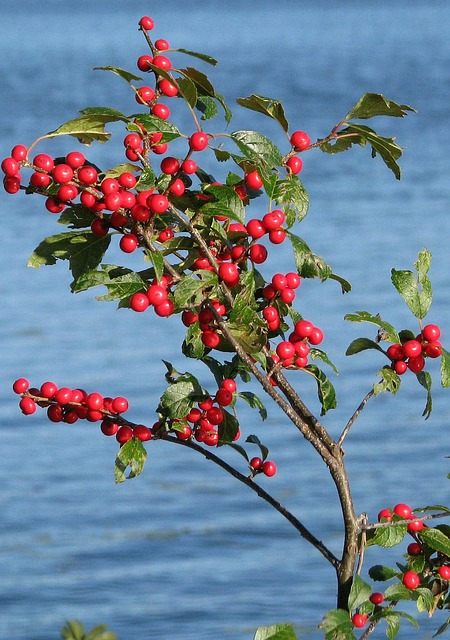 |
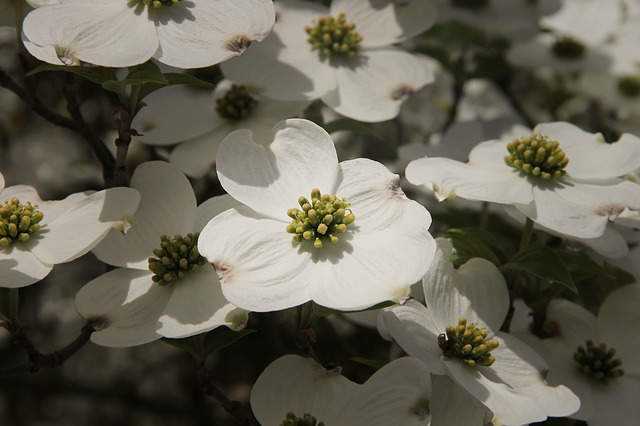 |
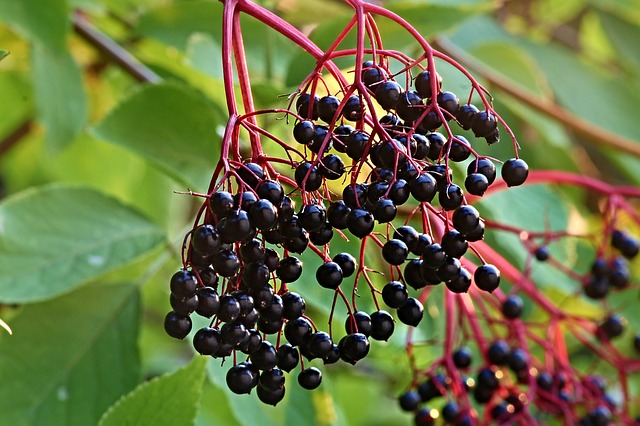 |
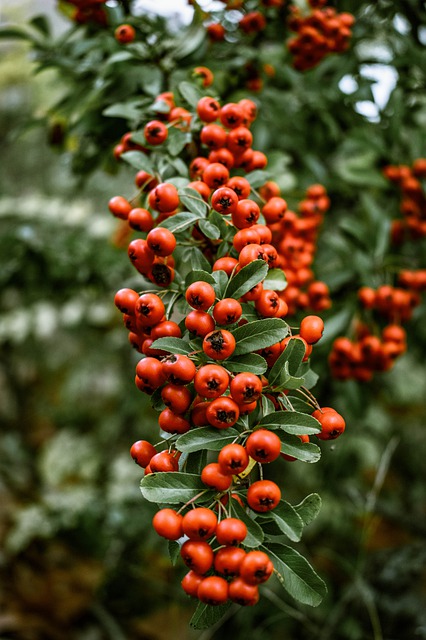 |
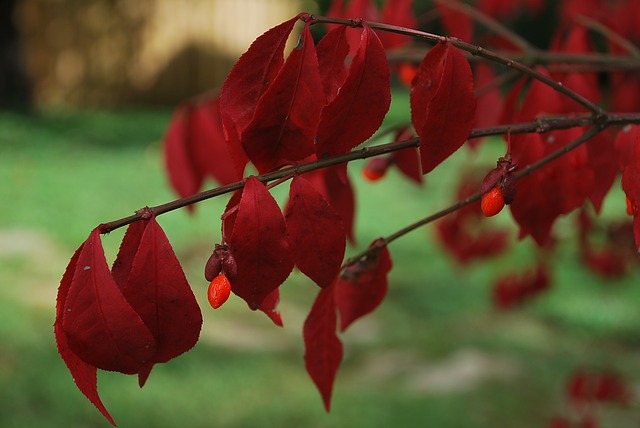 |
|---|---|---|---|---|
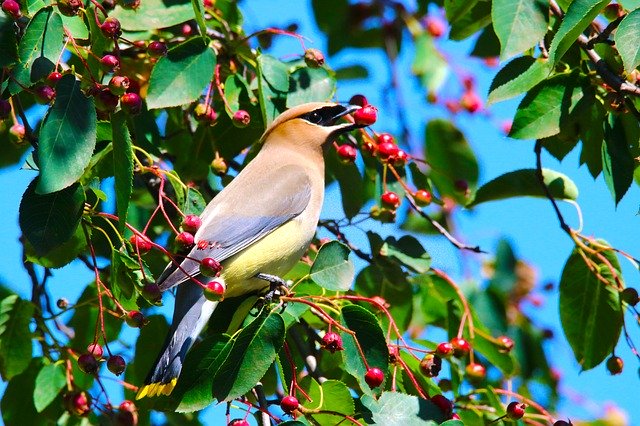 |
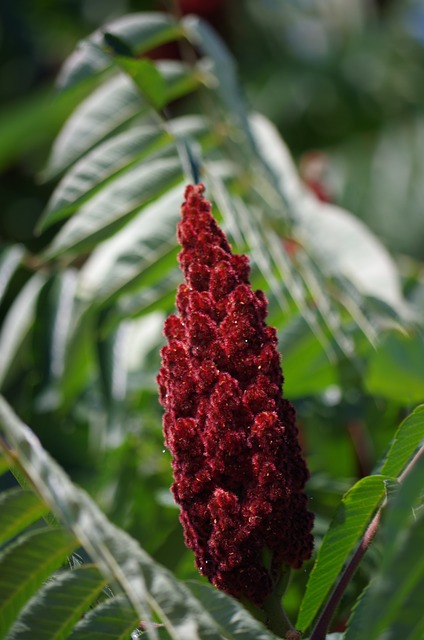 |
 |
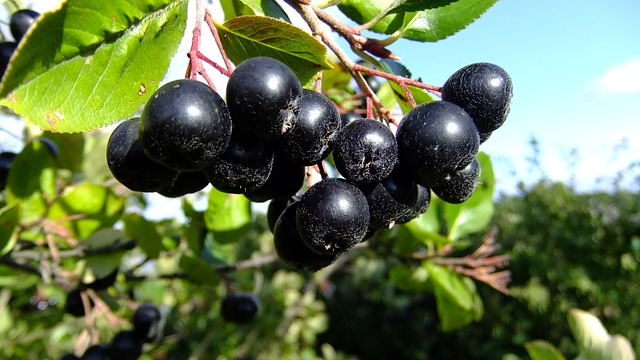 |
|---|---|---|---|
 |
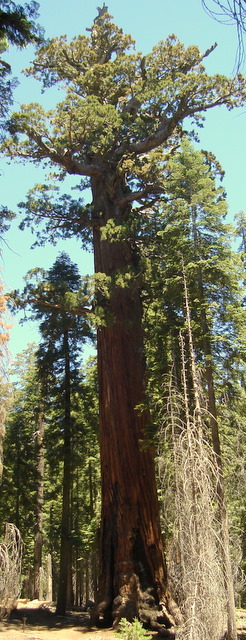 |
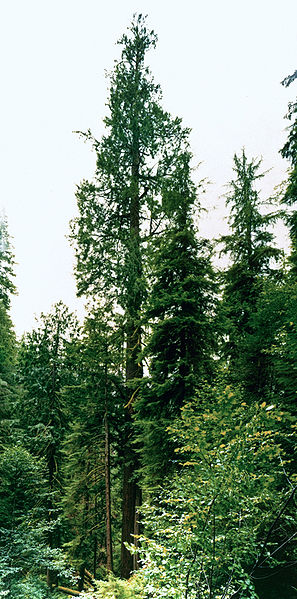 |
 |
|---|---|---|---|
The atmospheric carbon increase of 4000 billion kg/year can be offset by planting 4 million km2 of trees. The fertilizer requirement is 340 billion $/year, and the value of the wood produced is substantially greater.
The amount of forest needed is:
Atmospheric carbon increase = C = 4000 billion kg/year Forest carbon capture rate = R = 1.0 carbon kg/meter2/year Forest needed to offset carbon = A = C/R = 4 million km2The value of wood produced is:
Wood commodity price = w = .3 $/kg Wood carbon mass fraction = c = .5 Value of wood produced = W = Cw/c = 2400 billion $/yearThe cost for nitrogen fertilizer is:
Wood nitrogen mass fraction = n = .01 Nitrogen requiremnet = N = Cn/c = 80 billion kg/year Price of nitrogen in fertilizer = p = 2.1 $/kg Total nitrogen price = P = p N = 170 billion $/year
Trees also need potassium, phosphorus, calcium, magnesium, and sulfur, and their total cost is similar to that of the nitrogen. The total fertilizer cost is double the nitrogen cost, or 340 billion $/year.
Trees should be planted close to water. For existing trees, fertilizer should go to large trees that are close to water.
For new trees, chose trees that will become tall and wide. The largest trees are sequoias, redwoods, douglas firs, and eucalyptus. The fastest growing tree is bamboo, which produces 1 carbon kg/meter2/year.
World forest carbon:
Carbon in atmosphere = 880 trillion kg Carbon in plants = 550 trillion kg Carbon in trees = 500 trillion kg Total human-generated carbon = 300 trillion kg Carbon from deforestation = 36 trillion kg Atmosphere carbon increase = 4 trillion kg/year Forest carbon capture rate = 45 trillion kg/year World forests Deforestation rate = .35 trillion kg/year Carbon from forest fires = .25 trillion kg/year World forest area = 39 million km2 Forest wood density = 11 kg/meter2 Total wood carbon harvested =4.56 trillion kg/year Wood for power + wood for industry Wood carbon for biomass power=1.59 trillion kg/year Wood carbon for industry =2.97 trillion kg/year
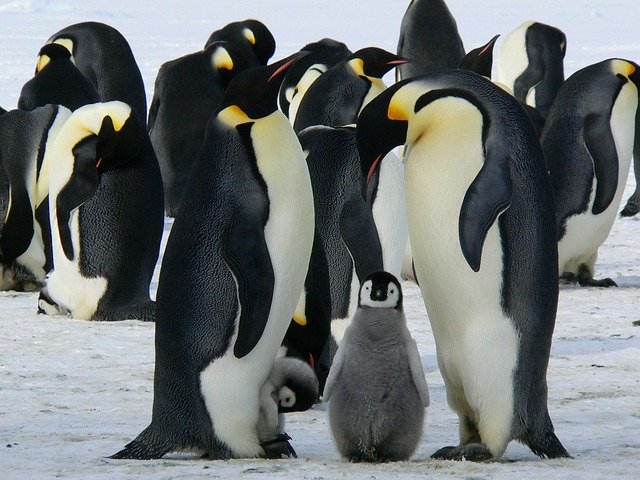 |
|||||
|---|---|---|---|---|---|
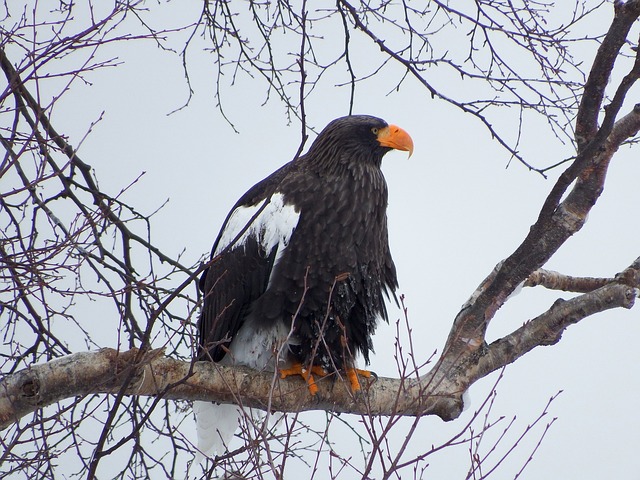 |
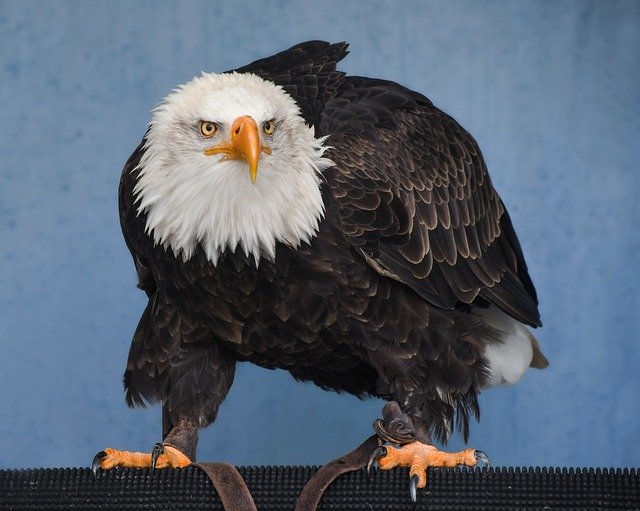 |
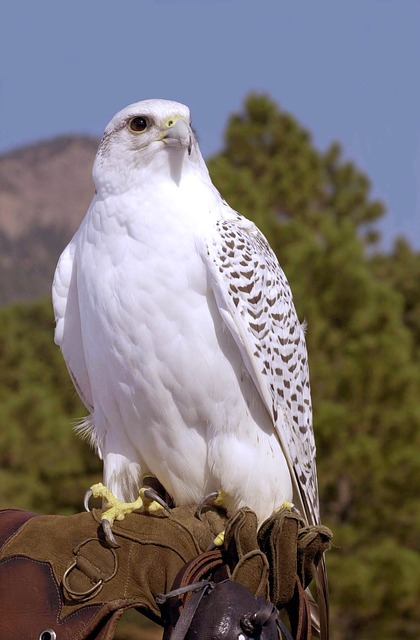 |
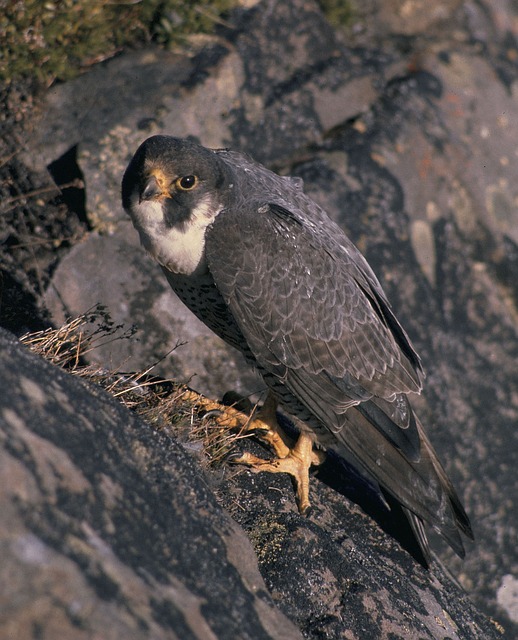 |
|---|---|---|---|
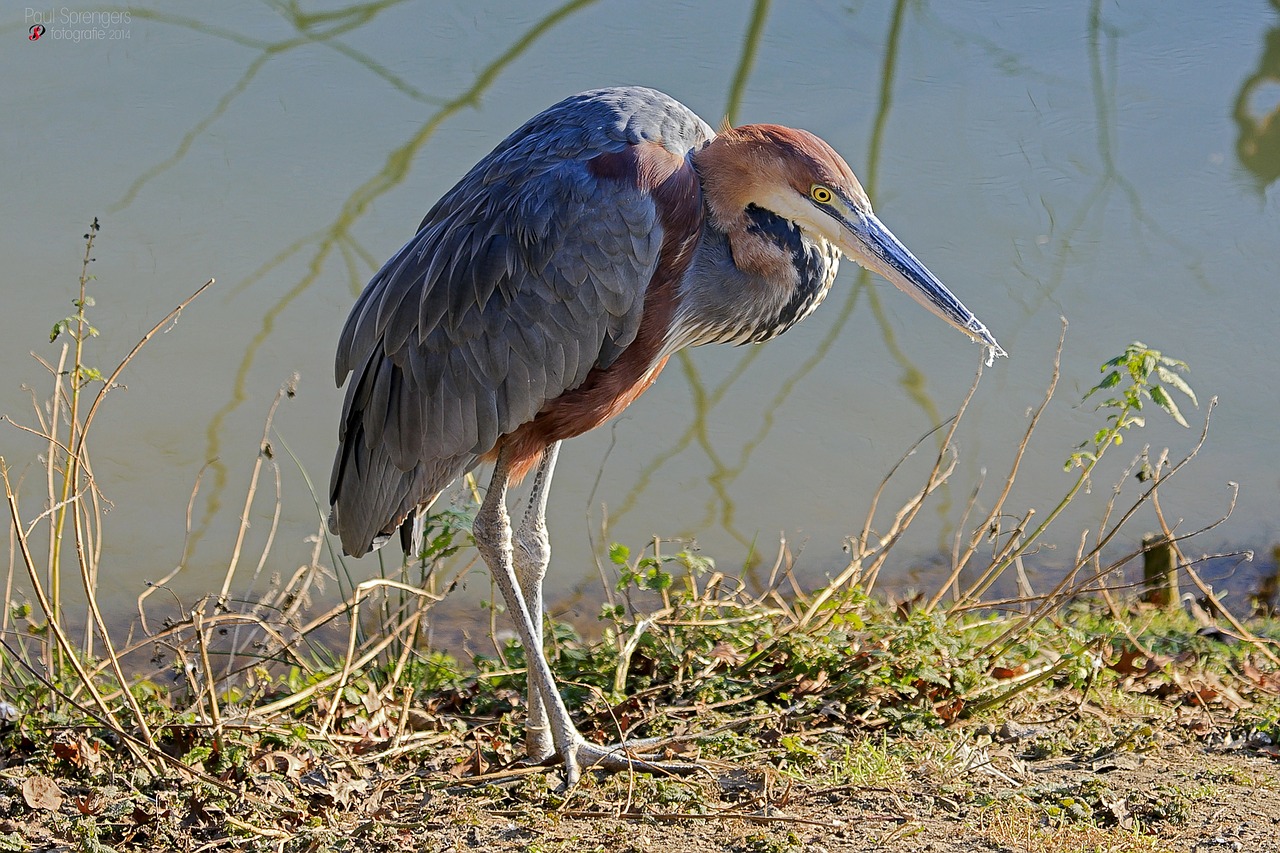 |
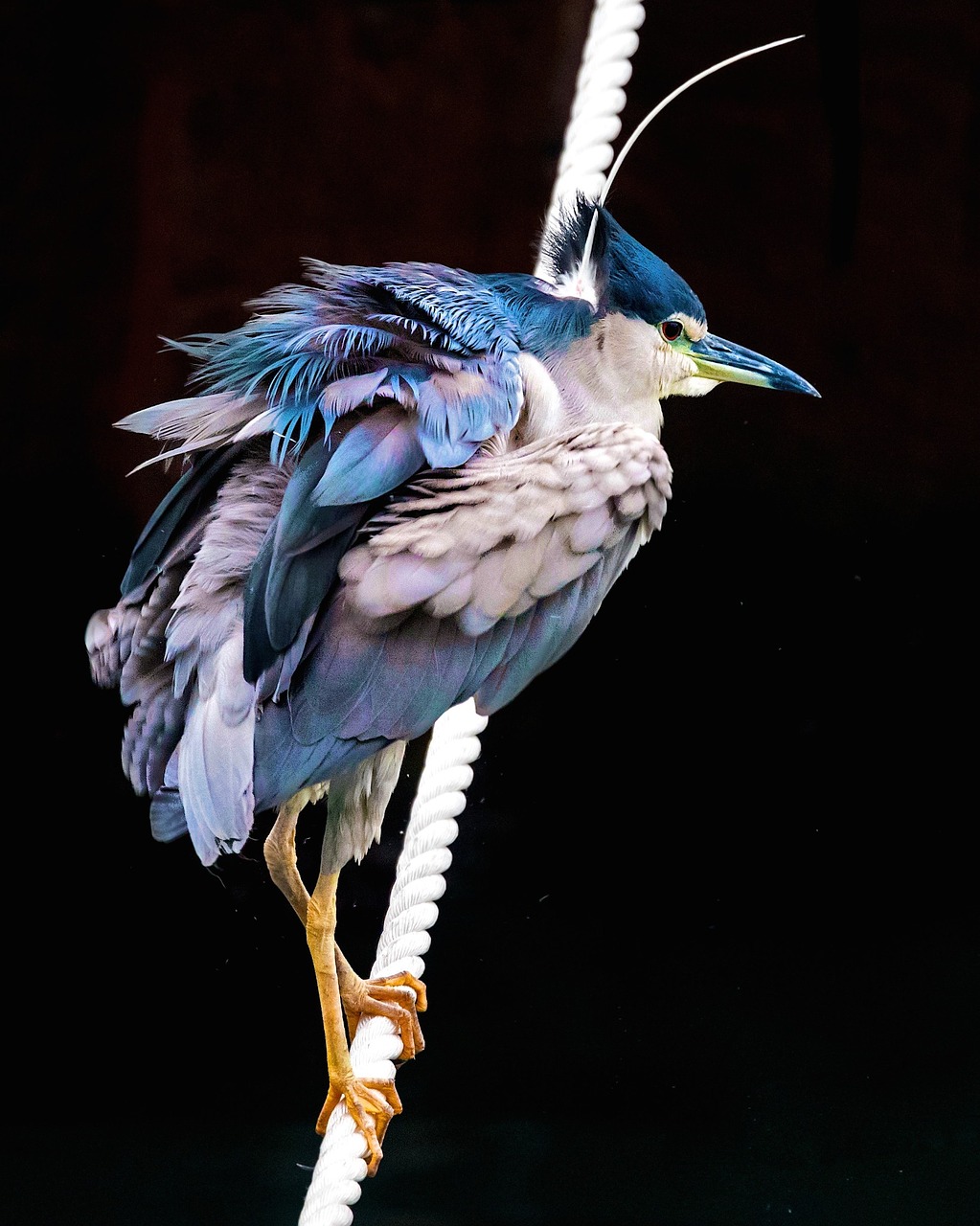 |
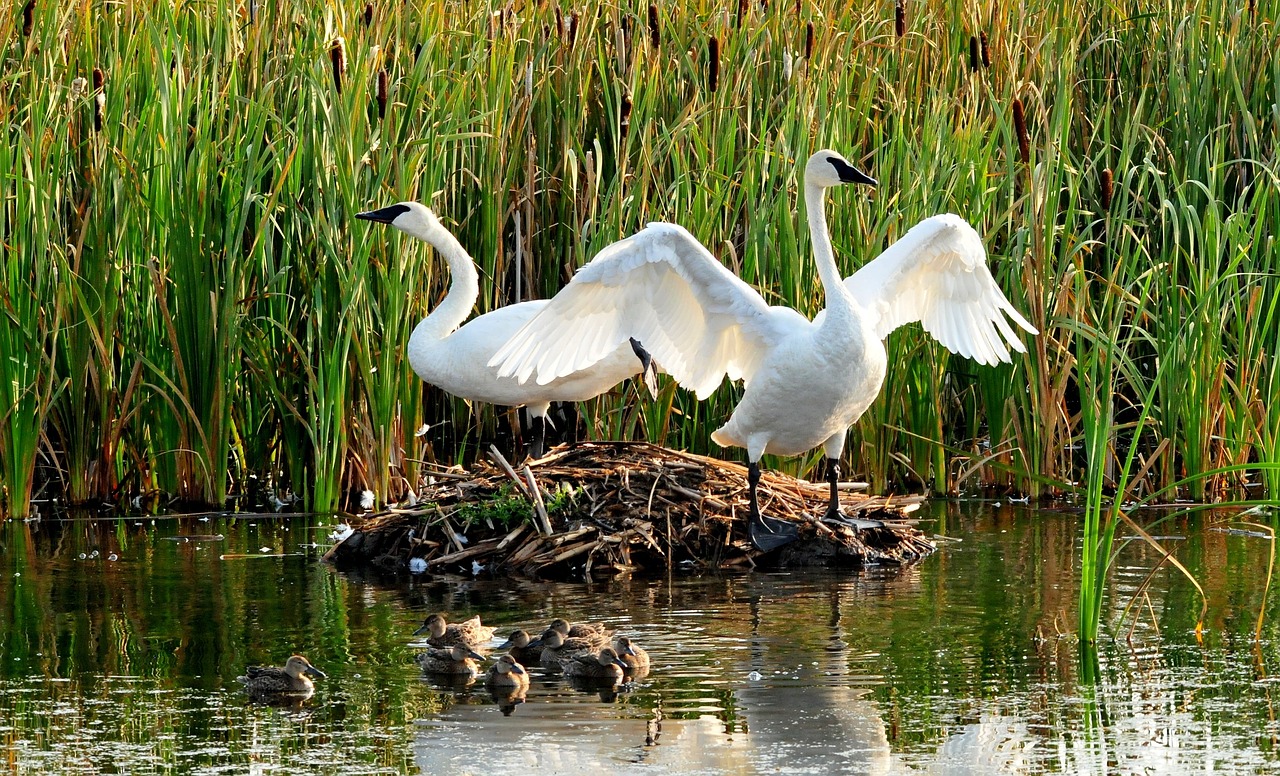 |
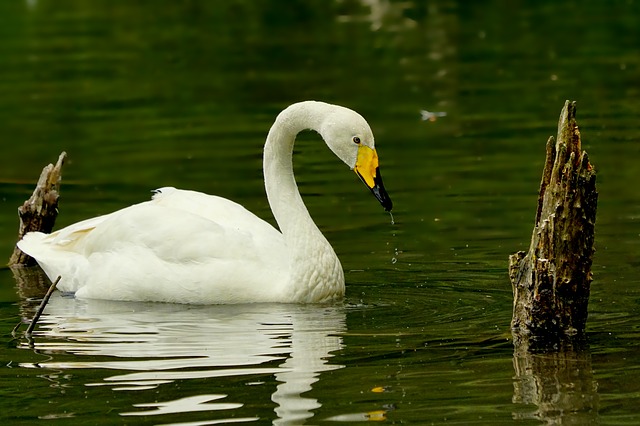 |
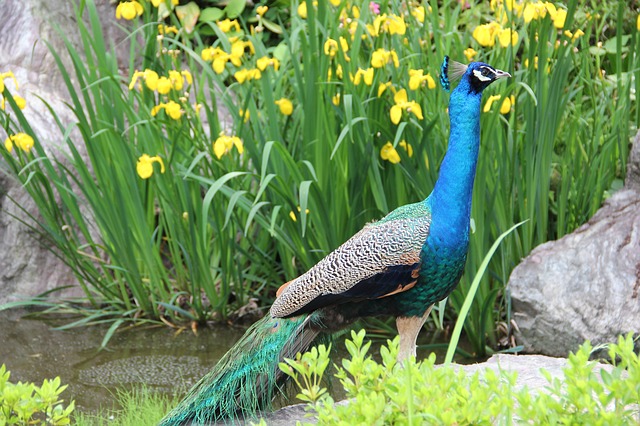 |
|
|---|---|---|---|---|---|
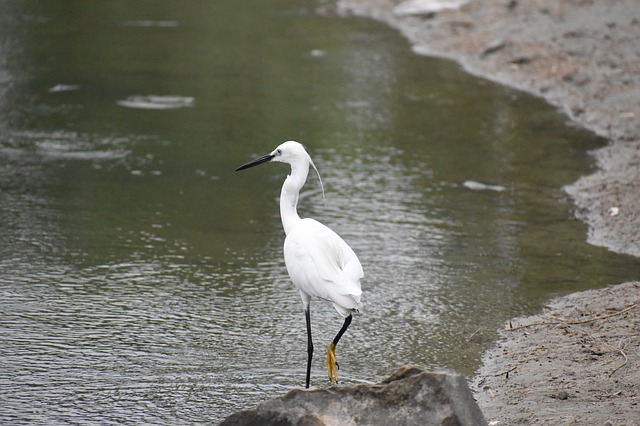 |
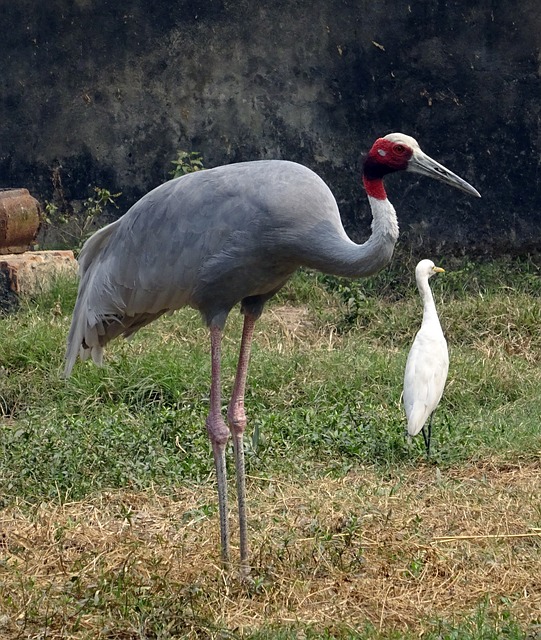 |
 |
|---|---|---|
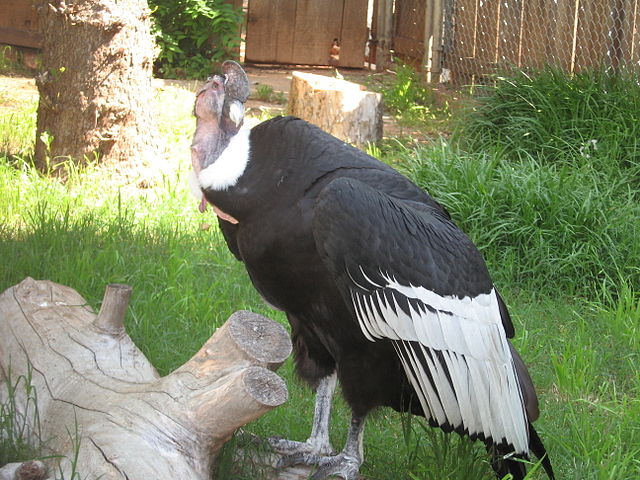 |
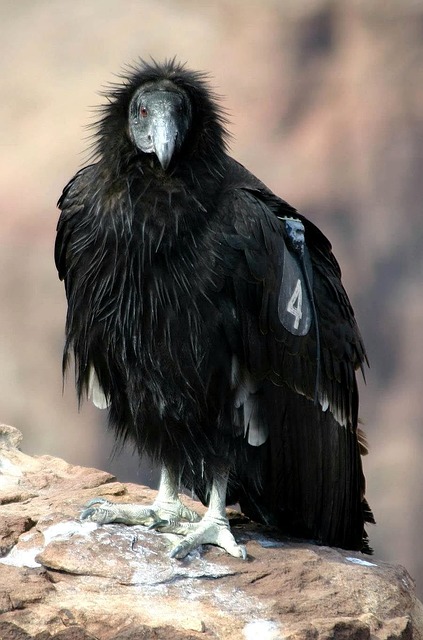 |
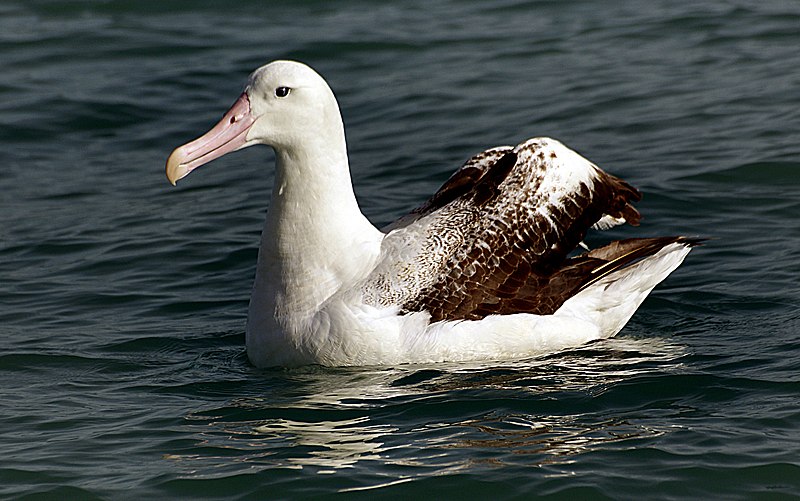 |
 |
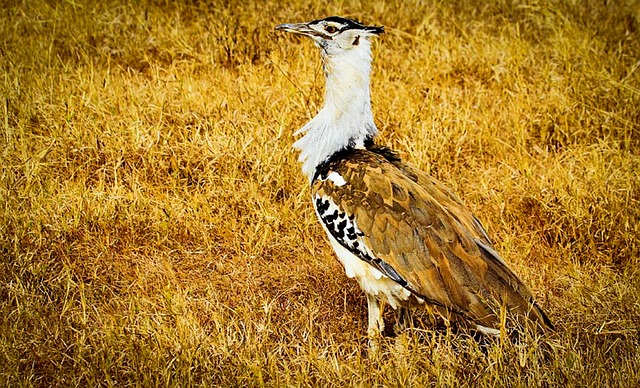 |
|---|---|---|---|---|
Mass (kg) Flighted
Ostrich 104
Somali ostrich 90
Southern cassowary 45
Northern cassowary 44
Emu 33
Emperor penguin 32
Greater rhea 23
Dwarf cassowary 19.7
Lesser rhea 19.6
King penguin 13.6
Turkey 13.5 *
Mute swan 11.9 *
Wandering albatross 11.9 *
Trumpeter swan 11.6 *
Dalmatian pelican 11.5 *
Kori bustard 11.4 *
Whooper swan 11.4 *
Andean condor 11.3 *
Great bustard 10.6 *
Cinereous vulture 9.5 *
Cape vulture 8.8 *
California condor 8.5 *
Siberian crane 8 *
Red-billed crane 8 *
Ruppell's vulture 7.6 *
Sarus crane 7 *
Steller's sea eagle 6.7 *
Black swan 6 *
Bald eagle 4.85 *
Canadian goose 3.8 *
Mallard 1.2 *
Extinct birds:
Mass (kg) Flighted
Dromornis stirtoni 500
Elephant bird 400
Brontornis 375
Kelenken 300
Giant moa 240
Titanis waleri 150
Argentavis 72 *
New Zealand penguin 90
Pelagornis sandersi 30 *
Sylviornis 30
Haast's eagle 12 * 1400 CE
Cuban giant owl 9 *
 |
|---|
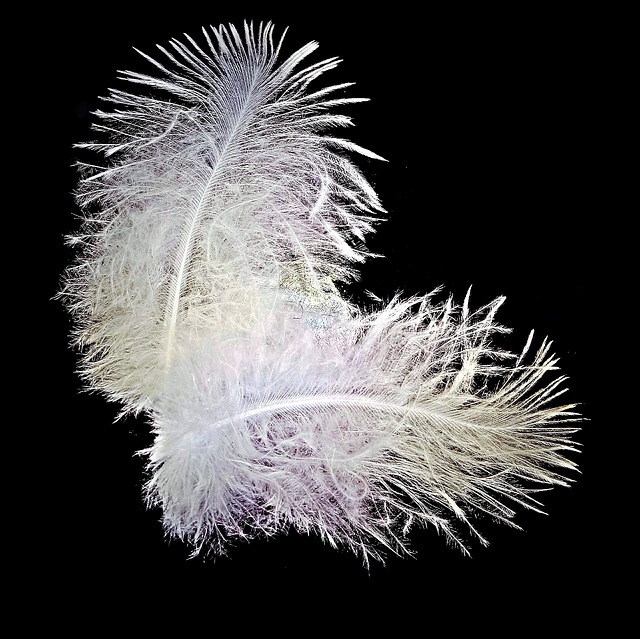 |
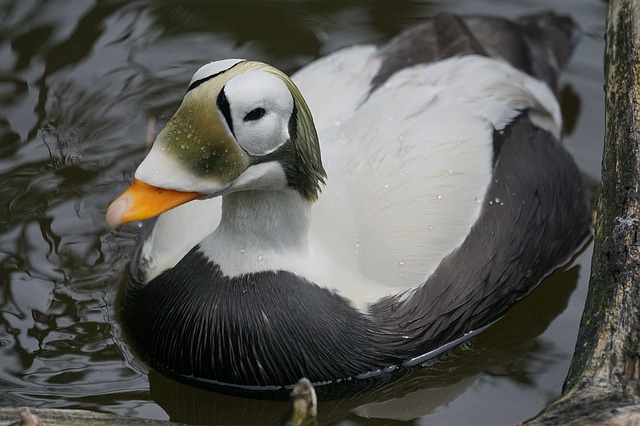 |
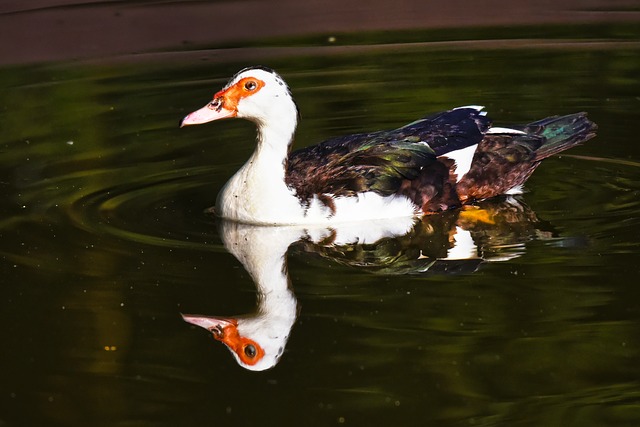 |
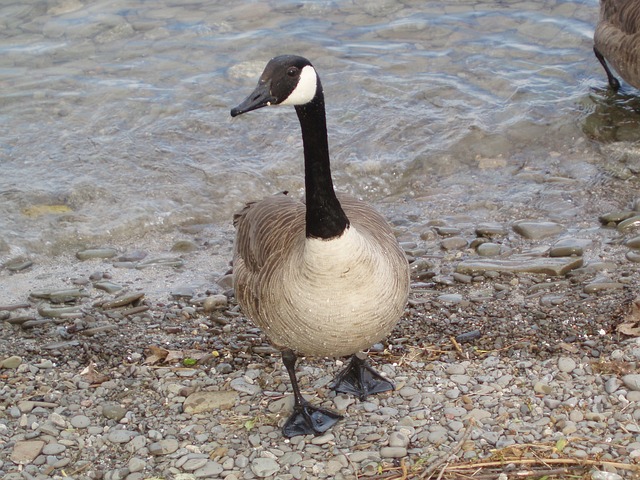 |
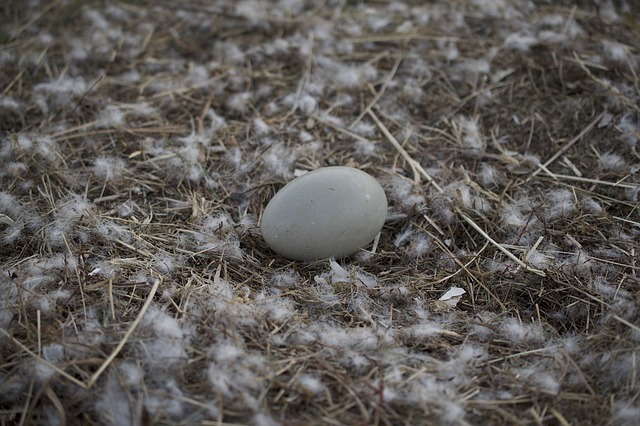 |
|
|---|---|---|---|---|---|
The best down comes from eider ducks and muscovy ducks. Goose down dominates the bulk of the down market.
The quality of down feathers is measured by "fill power", which is inverse density. Bird down far outperforms synthetic fill and it's biodegradable.
Fill power (inches3/ounce)
Eider duck down 1200
Goose down, highest quality 900
Goose down, high quality 800
Goose down, average quality 550
Typical synthetic 500
Small feathers 300
A nest can be harvested halfway through the incubation period, with 1 goose producing 21 grams of high-quality down. It can be harvested again after the young have departed for another 21 grams of lower-quality down.
The best down is eider down, and nest-harvested eider down commands a high price.
Eider down price = 2200 $/kg Yield of down from one nest = .021 kg/duck/year World eider down production = 4000 kg/year Iceland production fraction = .85 Canada production fraction = .12
Goose down with a 700 fill power costs 120 $/kg.
Down comes primarily from farmed geese and ducks.
Produce Value Population Killed Mass World mass
Bkg/yr B$/yr B B/yr kg Bkg
Down .12 6.8 - - - -
Goose, farmed 3.2 4 .2 .84 4.5 .9
Goose, wild - - .02 - 4 .08
Duck, farmed 5.5 7 .9 3.7 1.5 1.4
Duck, wild - - .1 - 1.2 .12
Chicken, farmed 90 128 24 65 2 48
Turkey farmed 5.5 7 .22 .62 7.3 1.6
Swan, wild - - .002 - 11 .022
Most of the down that is produced is live plucked instead of harvested from moult. When buying down-filled goods, take care to check the source of the down.
Population in millions:
Duck total 100 Goose total 20 Swan total 2 Mallard 19 Canadian goose 6 Mute swan .6 Long-tailed duck 6.5 Snow goose 6 Tundra swan .3 Northern shoveler 5.8 Cackling goose 1.1 Black swan .3 Northern pintail 5.4 Greylag goose 1.05 Whooper swan .18 Gadwall 3.5 Magpie goose 1.0 Eider 3.5 Brant goose .56 Goldeneye 3.4 Cotton pygmy goose .4 Eurasian wigeon 3.0 Emperor goose .085 Tufted duck 2.8 Swan goose .08 Garganey 2.7 Pochard 2.4
 |
 |
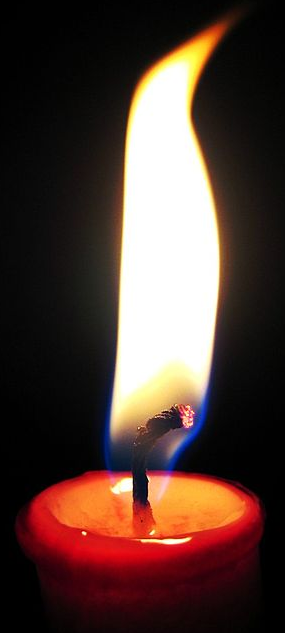 |
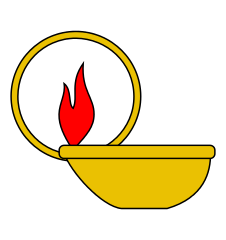 |
|
|---|---|---|---|---|
For electricity, you wamt a large lithium-ion battery with 120 Volt AC, plus a gasoline generator. Solar cells and wind turbines are too vulnerable to weather. For heat, you can take advantage of the abundance of firewood with a wood stove.
The options for off-grid electricity are:
Power/Mass Power/$ Energy/Mass
Watts/kg Watts/$ MJoule/kg
Lithium-ion battery, 5V 100 1.1 .92
Lithium-ion battery, 12V 100 1.1 .6
Lithium-ion battery, 24V 100 1.1 .6
Lithium-ion battery, AC 100 1.1 .6 Battery pack with a 120 Volt AC outlet
Generator, gasoline 100 10 -
Solar cell 20 .6 -
Wind turbine 10 1.0 -
Water turbine 30 1.0 -
Generator, crank 40 .35 - A human turns a crank
Generator, bike chain 15 .088 - Extracts energy from the bike chain
Generator, bike wheel 15 .17 - Extracts energy from the bike wheel by friction
Stirling engine 100 10 - A heat source powers a generator
The energy used by electronic devices is:
Volts Watts
Phone 5 .5 Assume the phone is on and playing a video
Tablet 12 3
Small laptop 19 5
Large laptop 19 8
Gasoline generators have a good power/mass but they are inexplicably not made in small sizes. The smallest gasoline generators have a power of 1000 Watts and a mass of 10 kg.
The options for off-grid heat are:
Energy/Mass Energy/$ Mass/$
MJoule/kg MJoule/$ kg/$
Coal 32 320 10
Natural gas 55 250 4.5
Firewood 22 220 20
Gasoline 47 47 1.0
Propane 50 38 .75
Butane 50 38 .75 Lighter fluid
Coal, matchlight 32 13 .4
Wax 45 11.2 .25
Coal, hookah 32 3.8 .12
Gel fuel 22 2.2 .10 Methanol, ethanol, diethylene glycol
Solid fuel 30 .9 .031 Hexamine, trioxane
Heat pack, iron powder 10 .89 .089
Lithium-ion battery, 5V .92 .010 .0092
Lithium-ion battery, 12V .8 .006 .0048
Lithium-ion battery, AC .8 .006 .0048
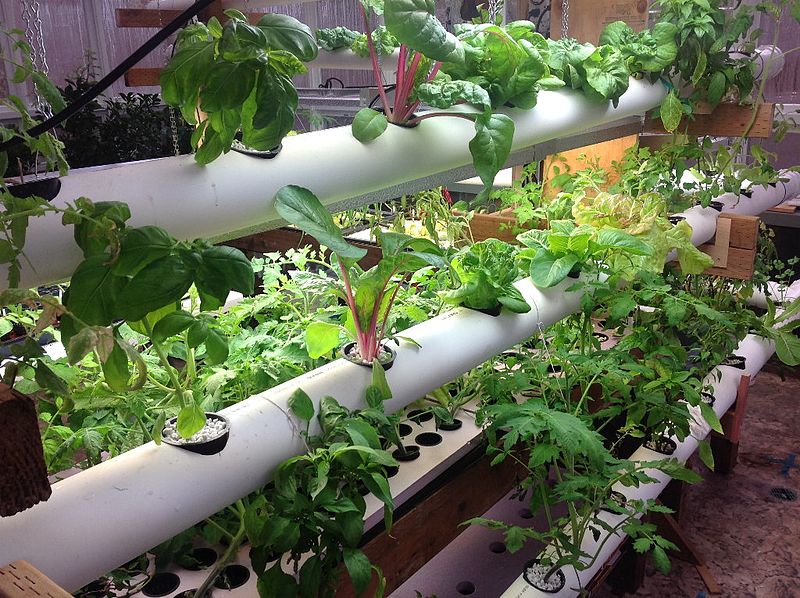 |
 |
|---|---|
Hydroponics is the technique of growing plants in water rather than soil, where the water is fertilized with nutrients. Hydroponics can yield 100 times as much food as soil-based agriculture, and a person can be sustained with only 200 square meters of hydroponics.
Hydroponics is easy. One can buy a system that takes care of everything and one need only supply the system with water and fertilizer. One can further improve yield with greenhouses, lighting, and mirrors.
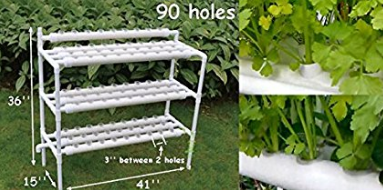 |
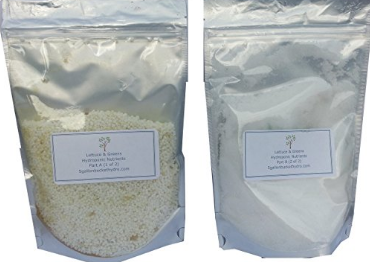 |
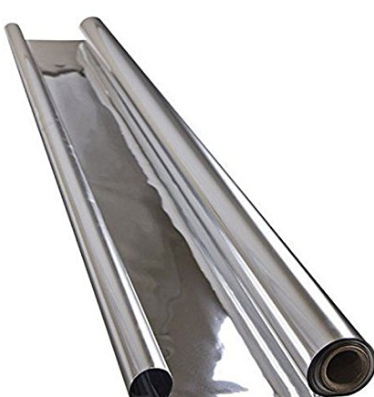 |
|---|---|---|
 |
 |
 |
|---|---|---|
A "grow kit" takes care of supplying the plants with water. One need only supply the kit with water and fertilizer. Fertilizer comes in powder form and dissolves in the water. Kits cost $2 per plant site.
Putting a greenhouse around the kit amplifies the yield by allowing one to control temperature and humidity. A greenhouse also allows plants to be grown during the winter.
Mirrors can amplify the sunlight reaching the planet, and mirror film is cheap.
Lights can improve the growth rate and make it possible to grow plants 24 hours.
1 kg of nutrient powder is mixed with ton of water. The composition of a typical nutrient solution is
Parts per million
Potassium 160
Nitrogen 150
Calcium 100
Phosphorus 40
Sulfur 40
Magnesium 30
Iron 2
Manganese .5
Zinc .3
Boron .2
Copper .1
Molybdenum .075
Source
Hydroponics offers gains over field agriculture in many categories. The following table shows the amplification for each category in terms of hydroponic yield over field yield. The total amplification is the product of the amplification from each category.
Amplification factor
Plant density 8 In terms of plants/meter2
Crops per year 4
Crop variety 2
Temperature contro l 2
LED lighting 2
Carbon dioxide enhancement 1.5
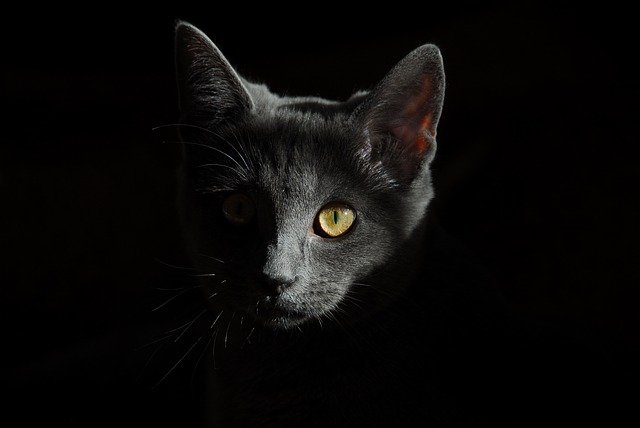 |
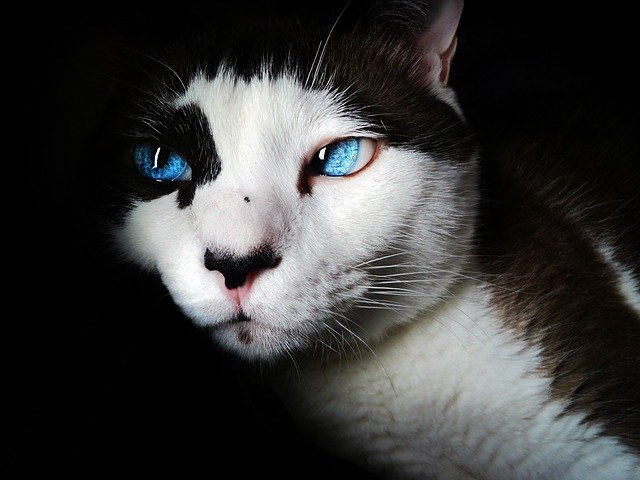 |
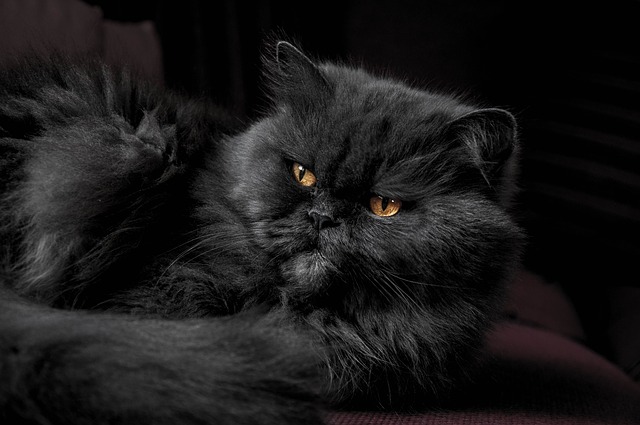 |
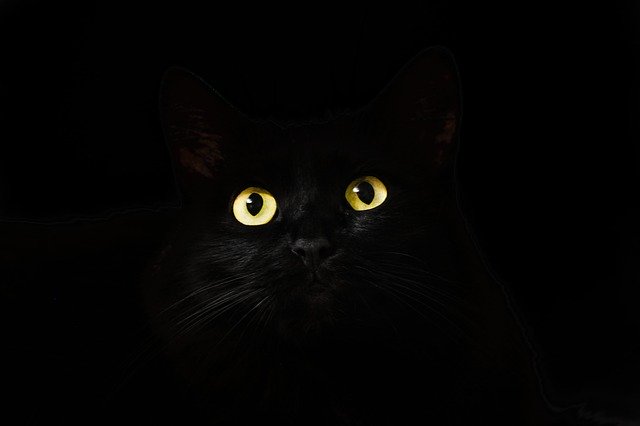 |
|---|---|---|---|
Cities often encourage wild cats to stay wild, and many have a "catch, sterilize, and release" program. Many also do censuses of cat colonies and have a network of colony caretakers.
The plague has closed down most of New York City's animal shelters.
New York City has the same number of wild cats as house cats.
Pet dogs in homes 300000 Pet cats in homes 600000 Wild cats 400000 Given to shelters 20000 per year Adoptions 14000 per year Euthanized 4000 per year NYC area 784 km2 NYC humans 8300000 Wild cats/area 5 cats/hectare
Wild cats kill on average .12 rats/day. The calorie intake is:
Cat mass = 4.5 kg Rat mass = .265 kg Cat food requirement = 218 Calories/day Rat kills/day = .12 Rats/day Calories in a rat = 800 Calories Calories from rats = 96 Calories/day
Average Oldest
lifespan member
years years
Pine, bristlecone 4854
Cypress, Mediterranean 4500
Yew 4500
Cypress, fitzroya 3652
Sequoia 3200
Baobab, African 2450
Suji, giant 2400
Tortoise, aldabra giant 255
Tortoise, Galapagos giant 100
Whale, bowhead 100 211
Human 75 122
Whale, killer 80
Elephant, African 70
Elephant, Asian 89
Horse 62
Orangutan 55
Bear, Eurasian brown 50
Bear, polar 42
Cat 38
Dog 31
Rabbit 18
Macaw 70
Cockatoo, sulfur-crested 120
Flamingo, greater 83
Cockatoo 83
Condor, Andean 79
Albatros, leysan 66
Vulture, Egyptian 60
Eagle, American 25 50
Pigeon 4 15
Mourning dove 3
Sparrow 3
Robin 2 13
World population hinges on agricultural technology.
 |
|---|
Year
-11000 Pigs and sheep domesticated Fertile crescent
-9500 First crops Fertile crescent
-8500 Cattle domesticated India and Turkey
-6200 Rice cultivation China
-4500 Wheel
-4000 Beadmaking discovered, using yeast Egypt
-3500 First crops in the Americas
-3000 Wine, beer, cheese
-1900 House-drawn chariots Central Asia
-1700 Wind-powered machines Babylon
-1500 Seed drill Babylon
600 Alcohol distillation
900 3-field system. One field is fallow
1492 Columbia exchange. Corn and potatoes introduced to Europe
Guano fertilizer introduced
1701 Seed drill of Jethro Tull
1720 4-field system. Wheat, clover (nitrogen fixation), turnips (deep roots), barley
1780 Breeding of livestock England
1784 Threshing machine, for separating seeds from hulls
1807 Potassium discovered. Proved to be a component of wood ash. Humphrey Davy
1809 Canned food
1842 Phosphate fertilizer
1866 Mendel publishes "Mendelian genetics"
1871 Pasteurization Louis Pasteur
1895 Refrigeration
1901 Gasoline tractor America
1913 Haber process for producing ammonia
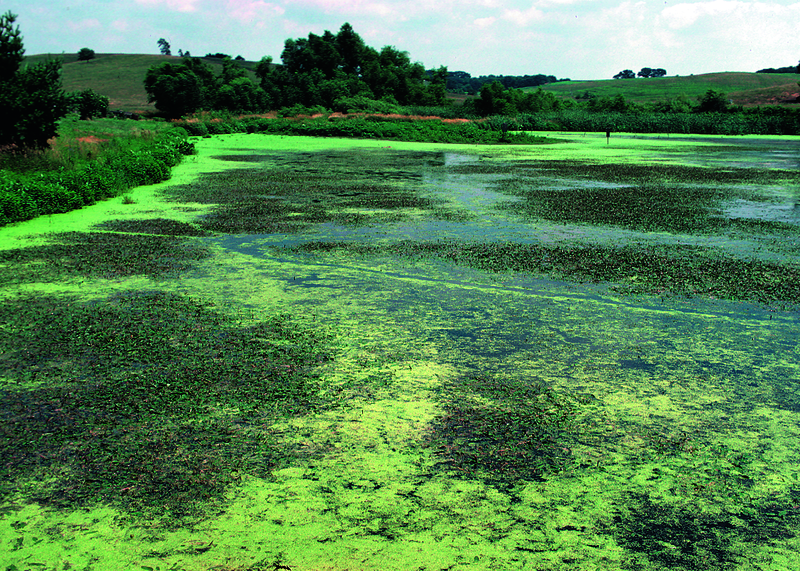 |
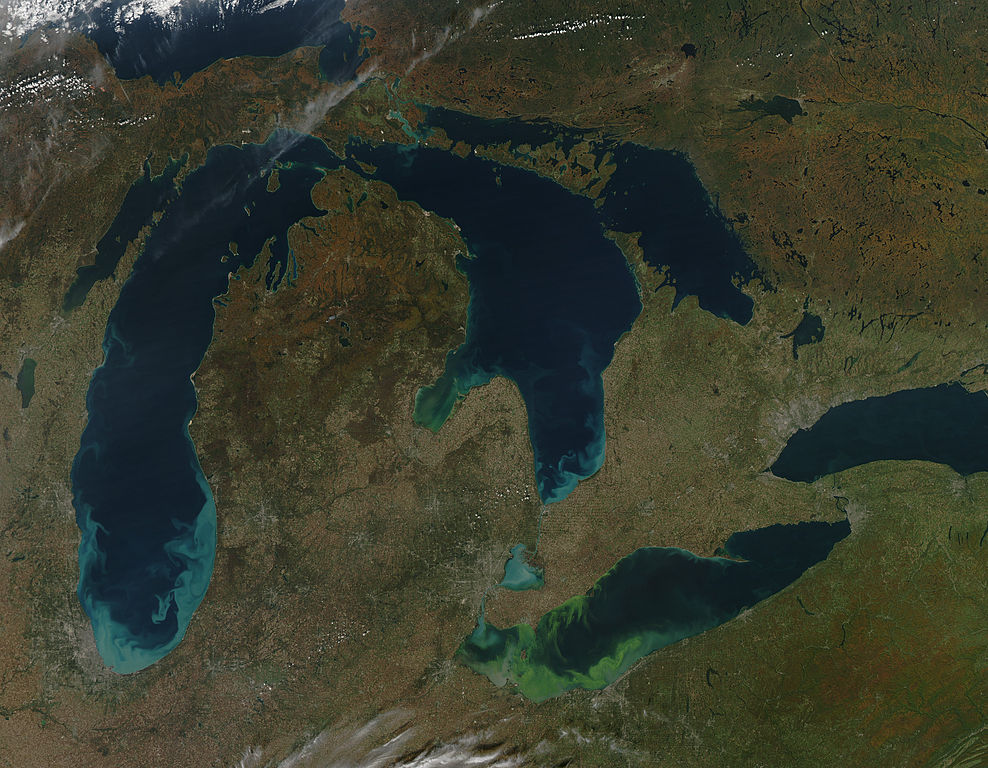 |
|---|---|
To support a 1 kg bird you need 5.3 meters2 of algae.
Algae growth rate = G = 4 kg/meter2/year Algae food energy/mass = e = 12 MJoules/kg Bird calorie requirement = E = 253 MJoules/year = 165 Calories/day For a 1 kg bird Area per bird = A = E/(Ge) = 5.3 meters2
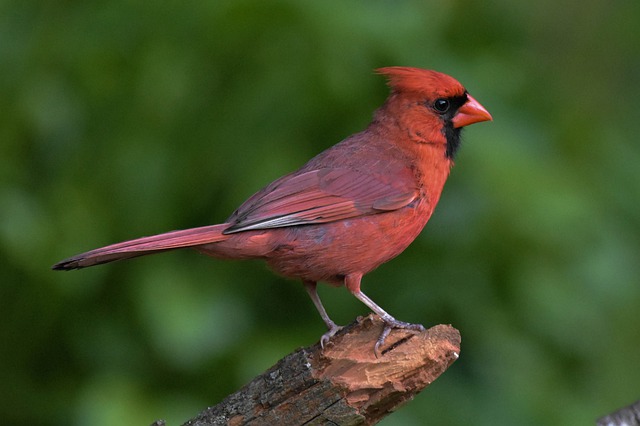 |
 |
|---|---|
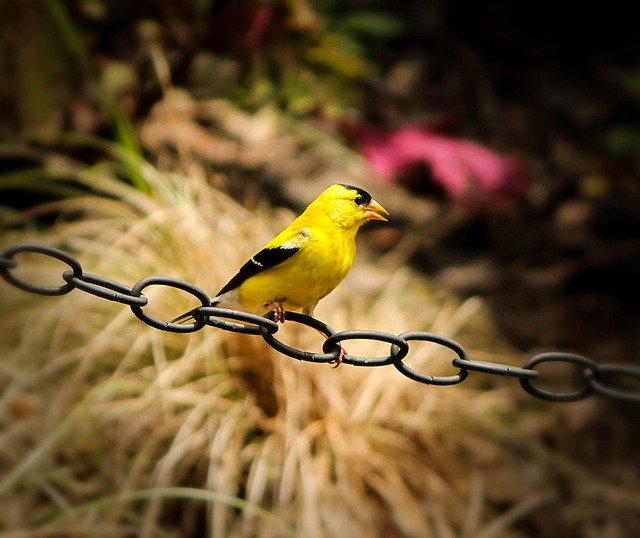 |
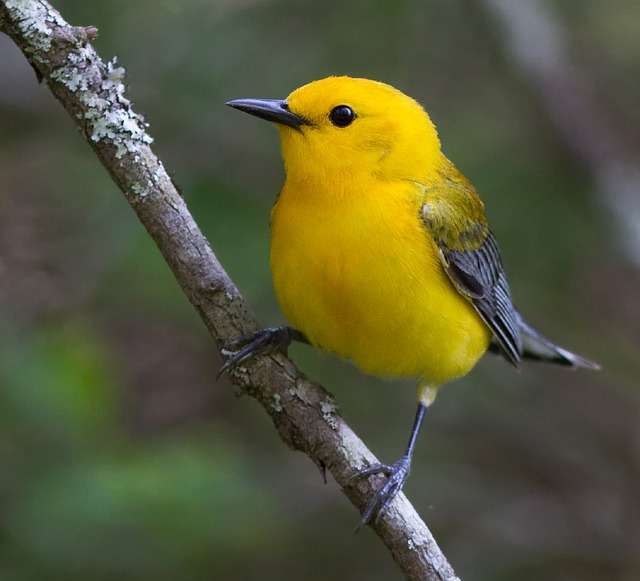 |
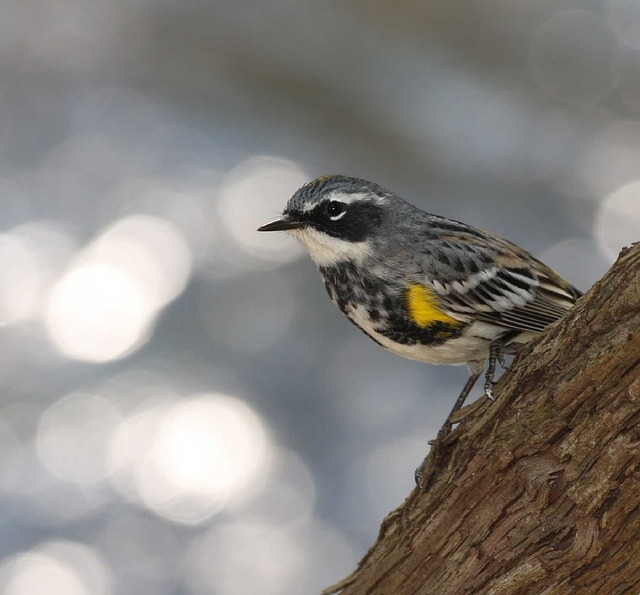 |
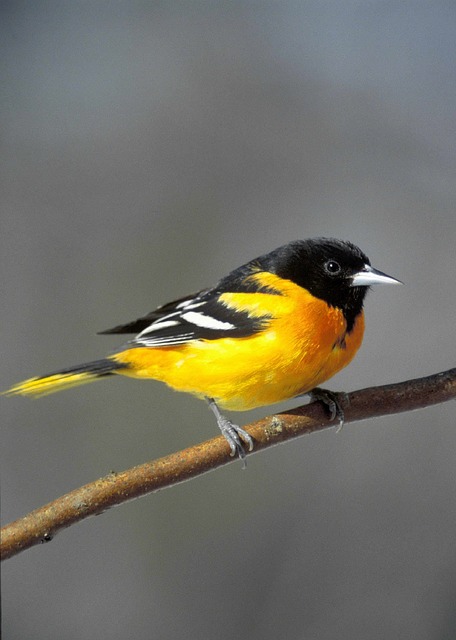 |
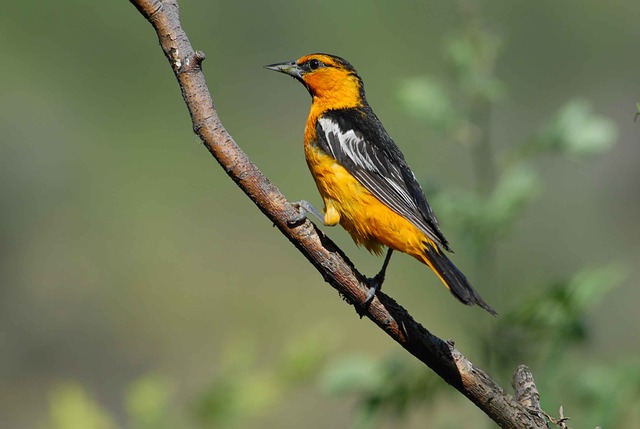 |
|---|---|---|---|---|
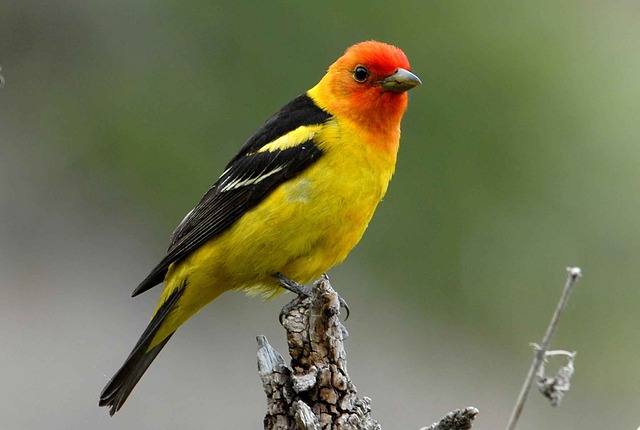 |
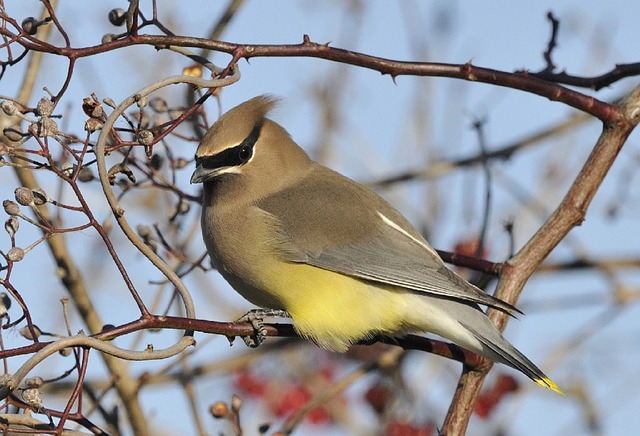 |
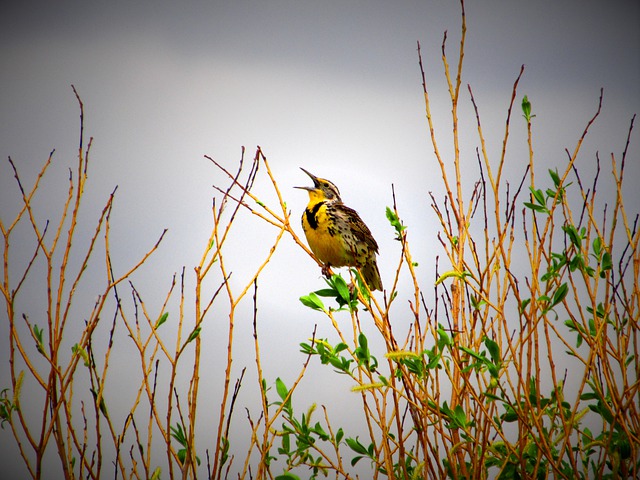 |
|---|---|---|
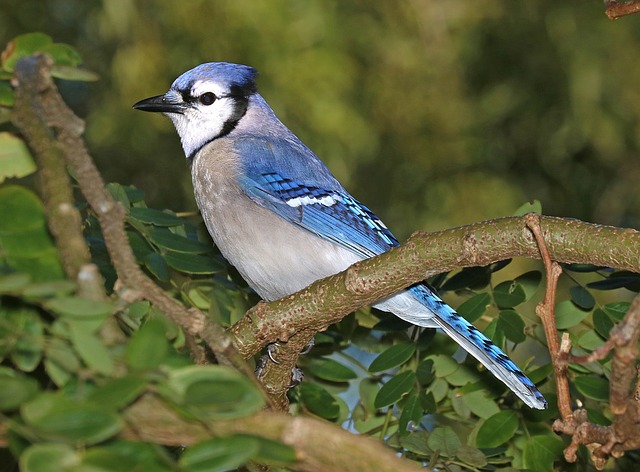 |
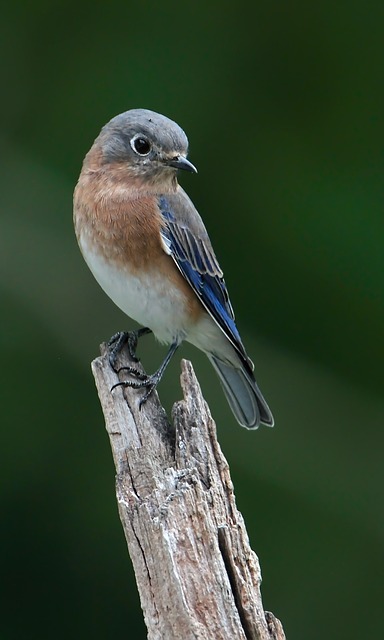 |
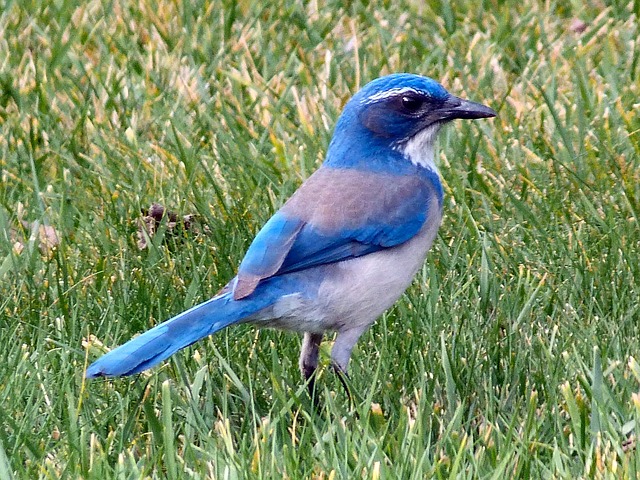 |
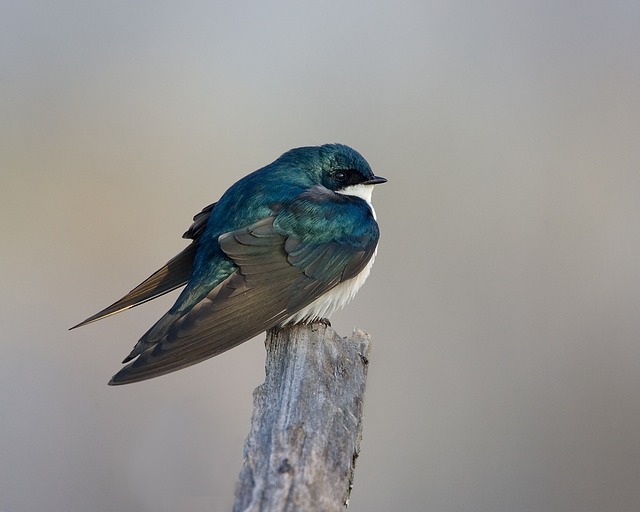 |
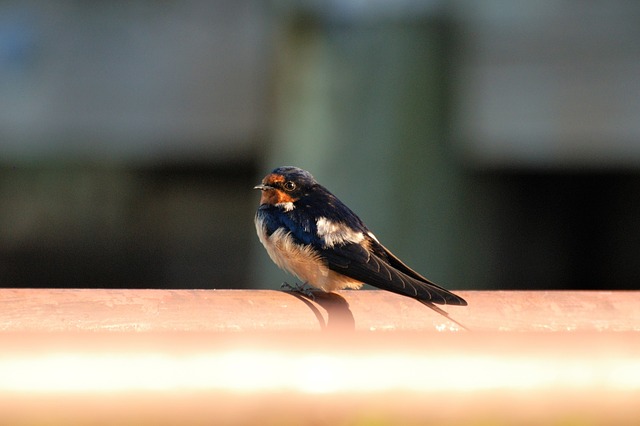 |
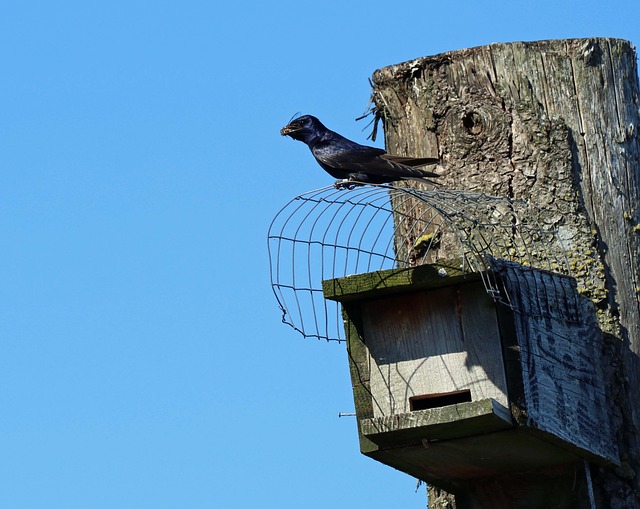 |
|---|---|---|---|---|---|
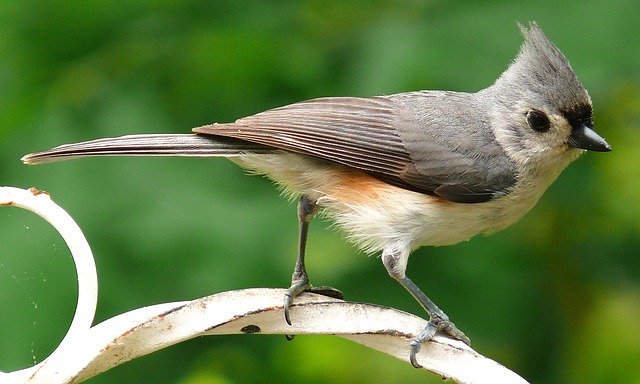 |
 |
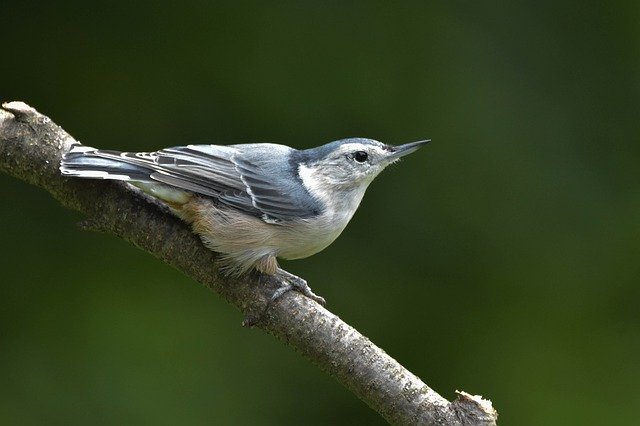 |
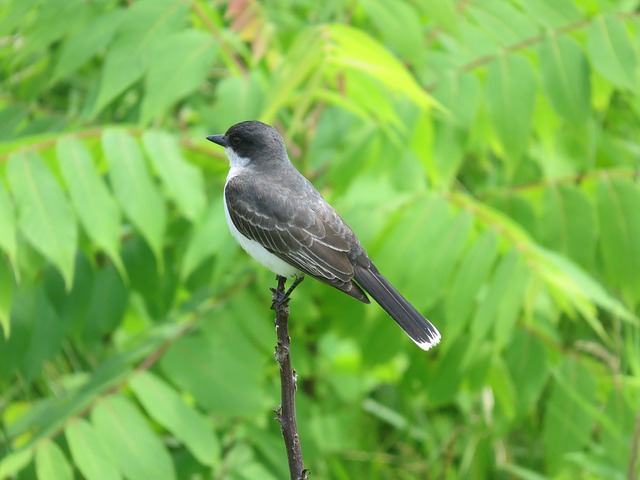 |
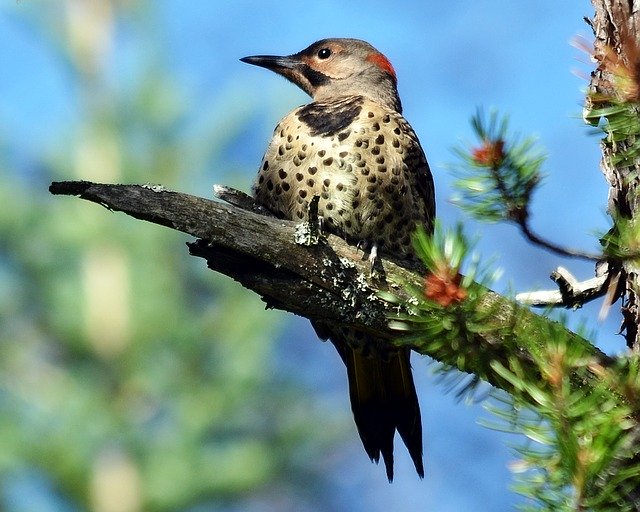 |
|---|---|---|---|---|
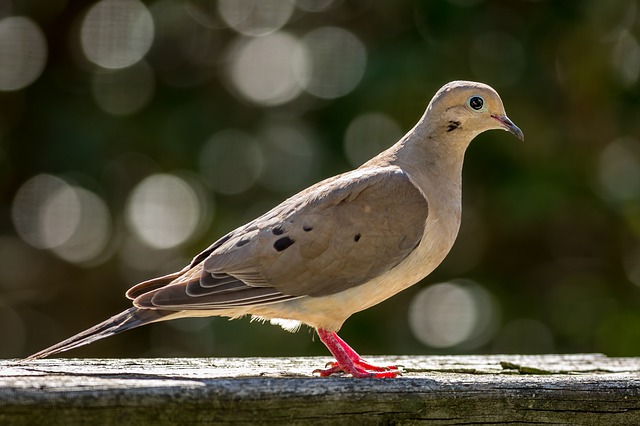 |
 |
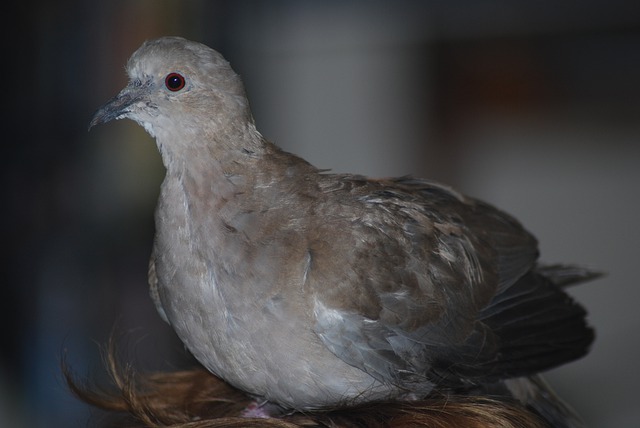 |
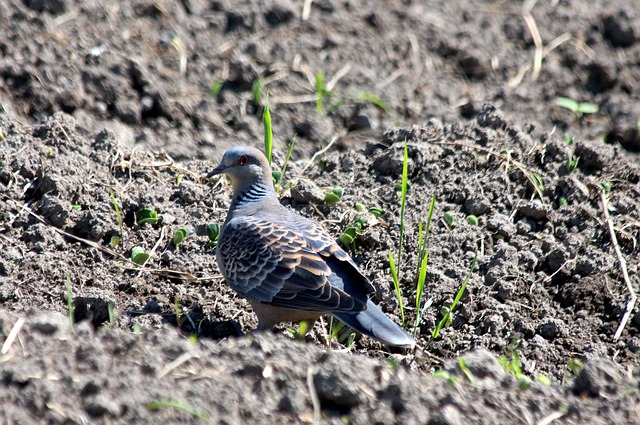 |
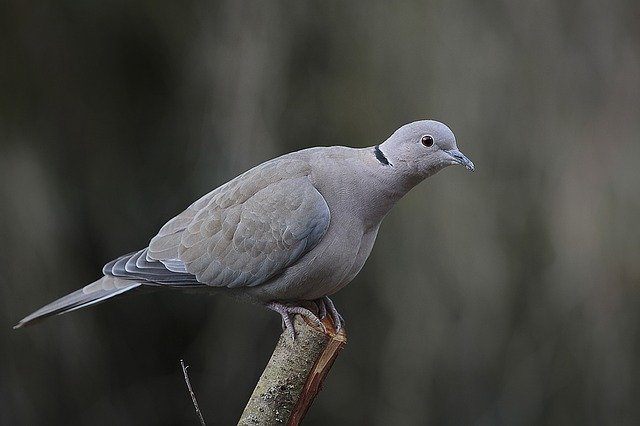 |
|---|---|---|---|---|
 |
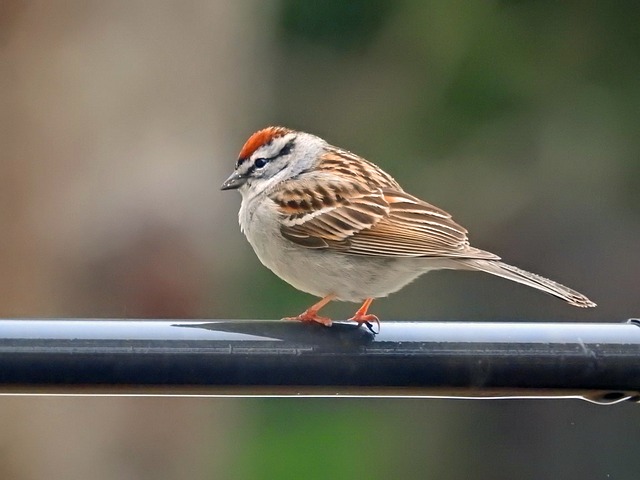 |
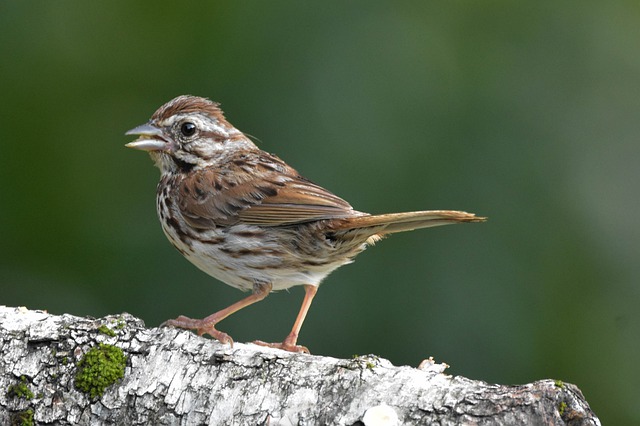 |
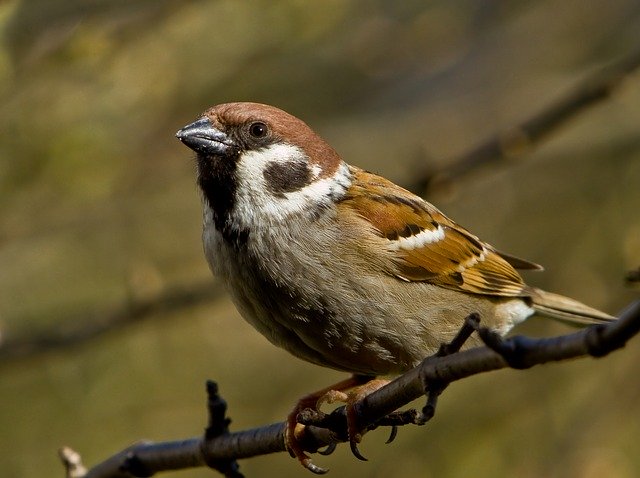 |
 |
|---|---|---|---|---|
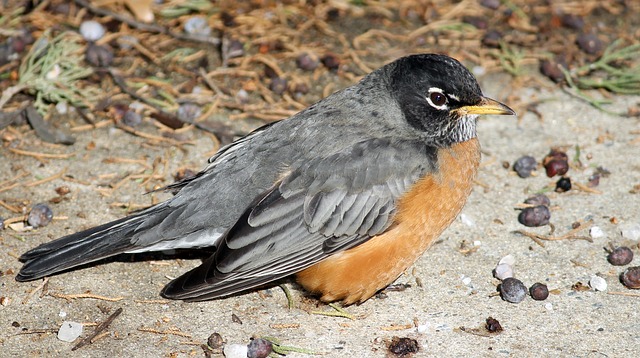 |
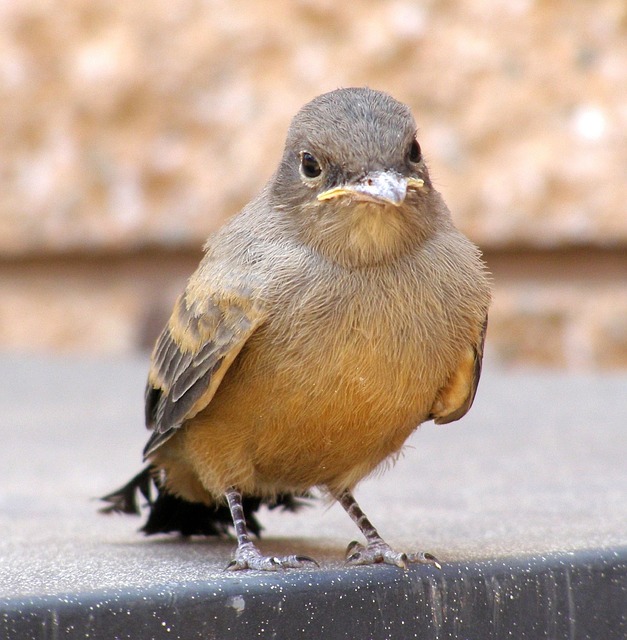 |
|---|---|
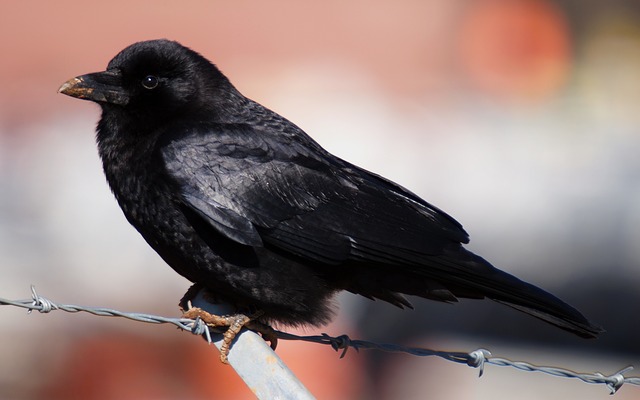 |
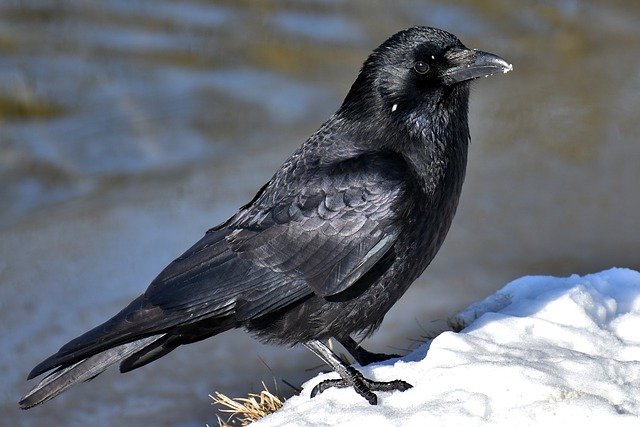 |
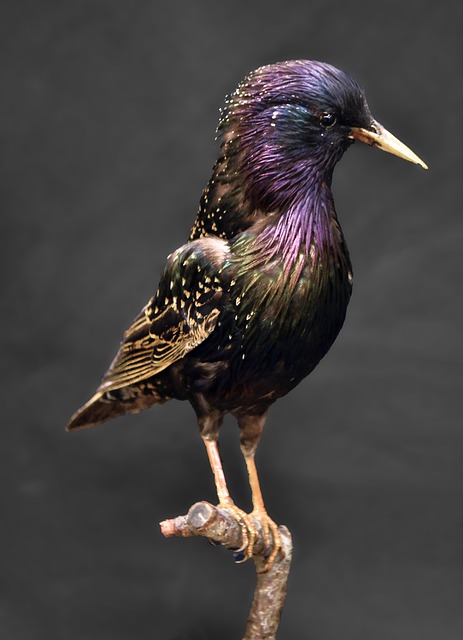 |
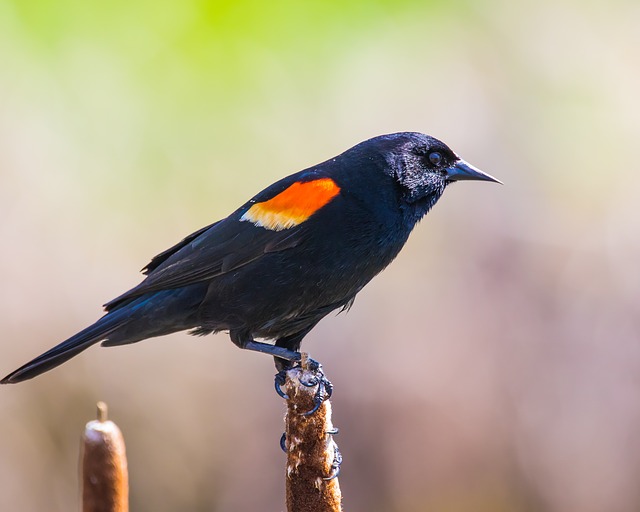 |
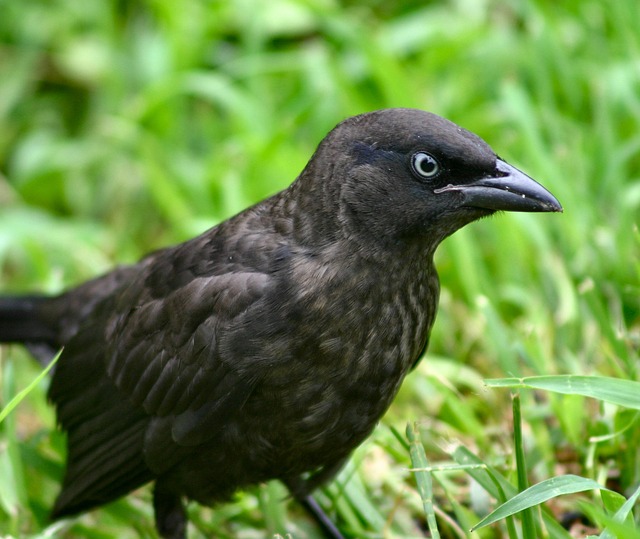 |
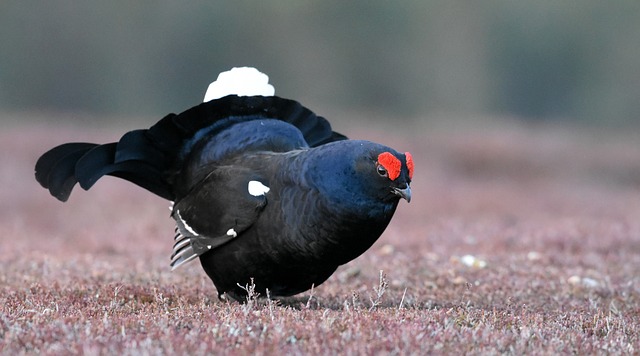 |
|---|---|---|---|---|---|
 |
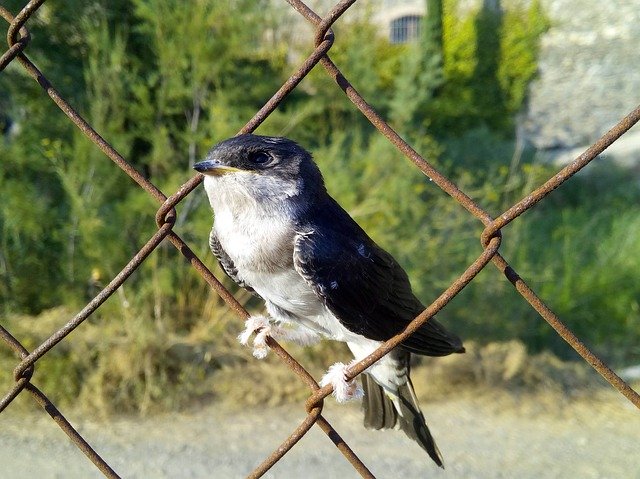 |
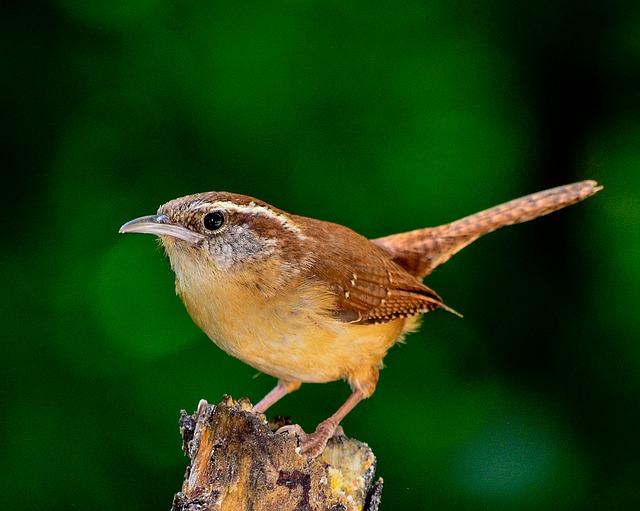 |
 |
|---|---|---|---|
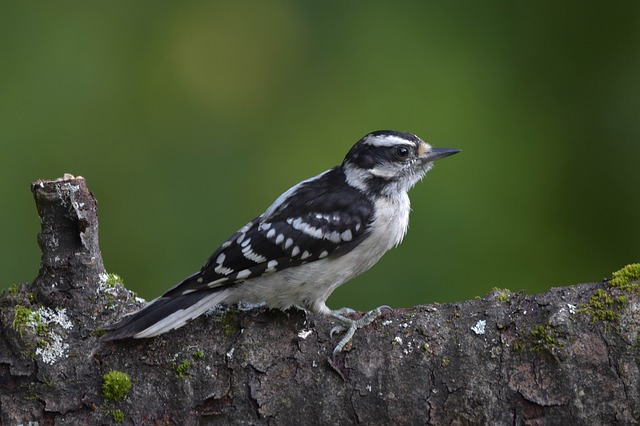 |
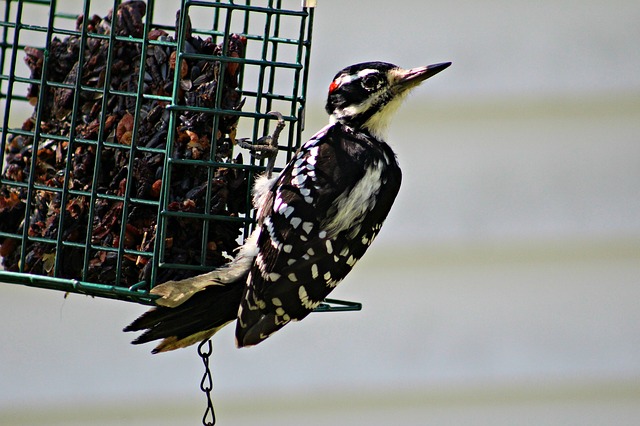 |
 |
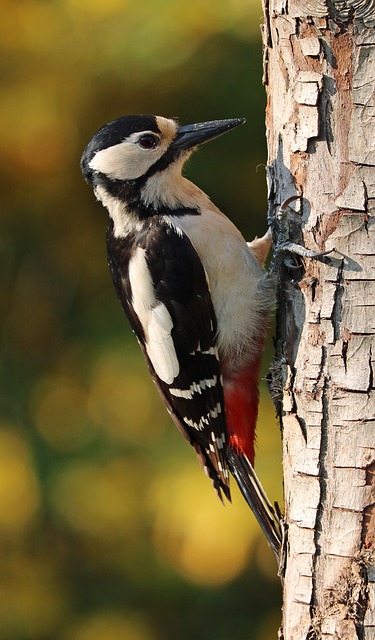 |
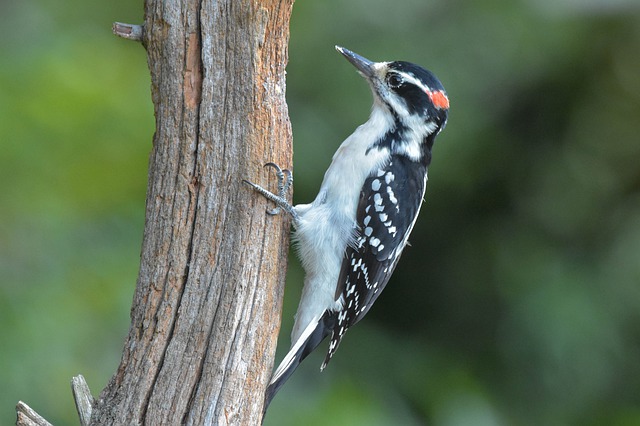 |
|---|---|---|---|---|
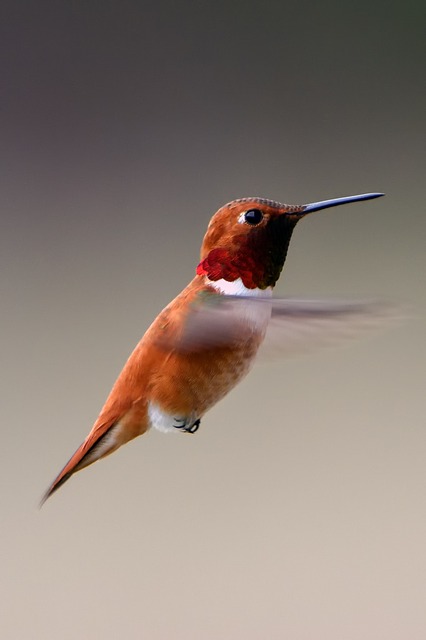 |
|---|
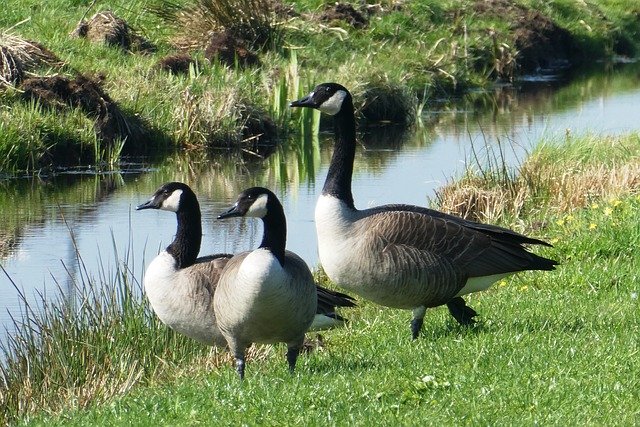 |
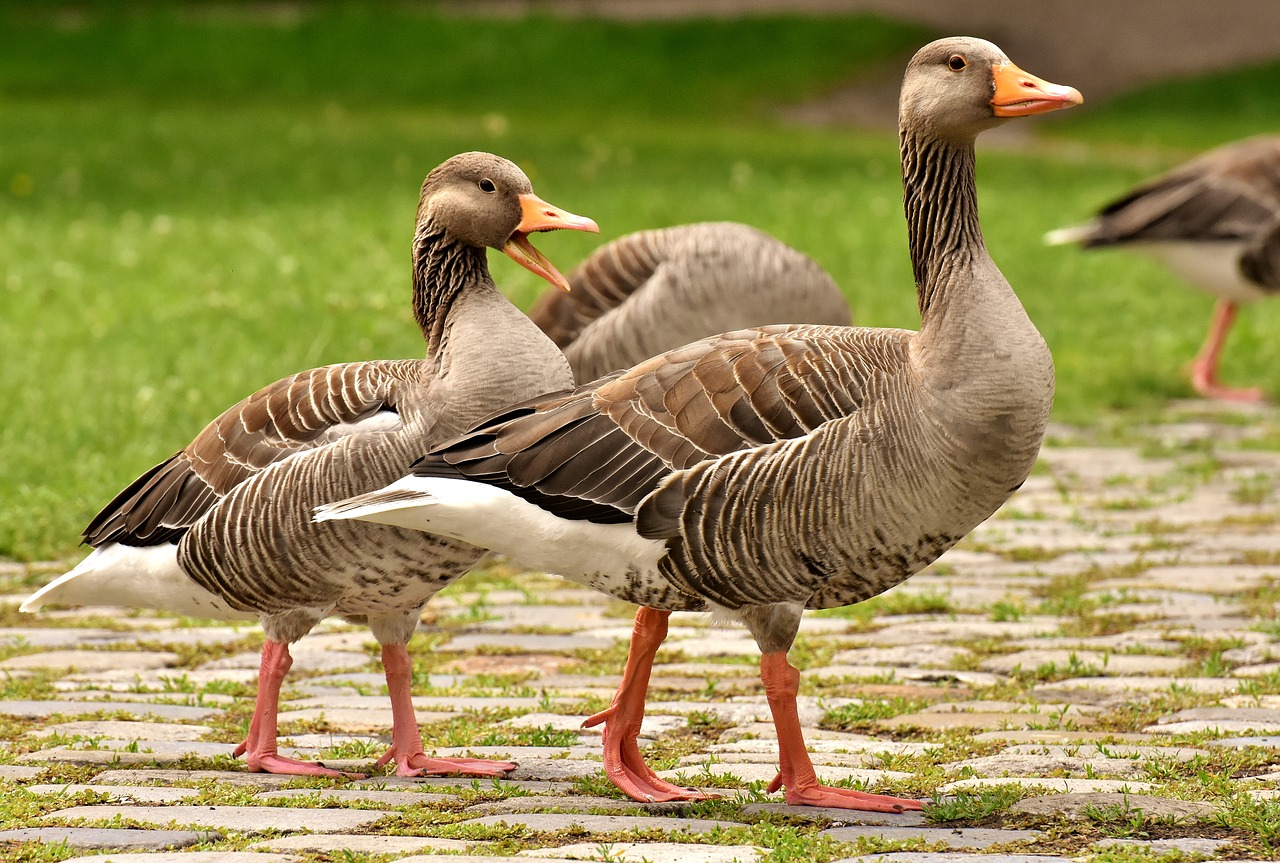 |
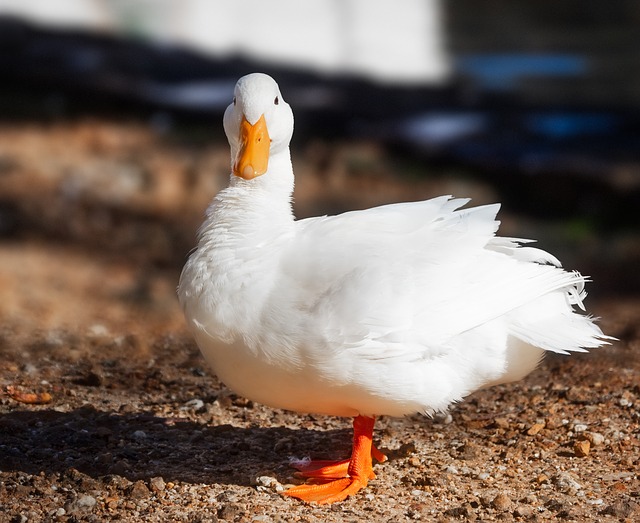 |
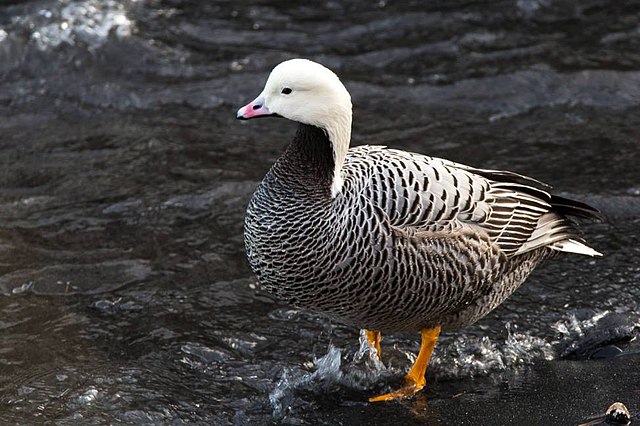 |
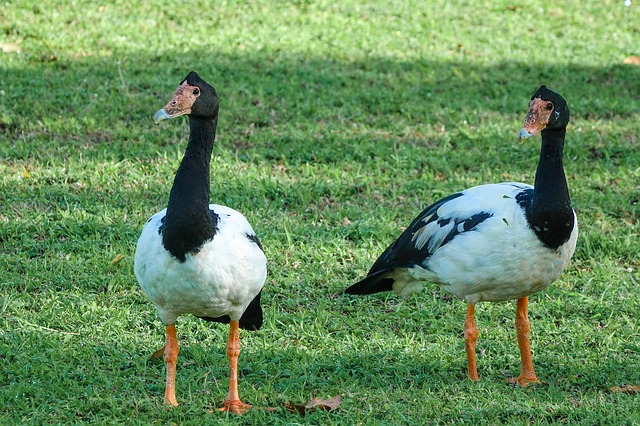 |
|---|---|---|---|---|
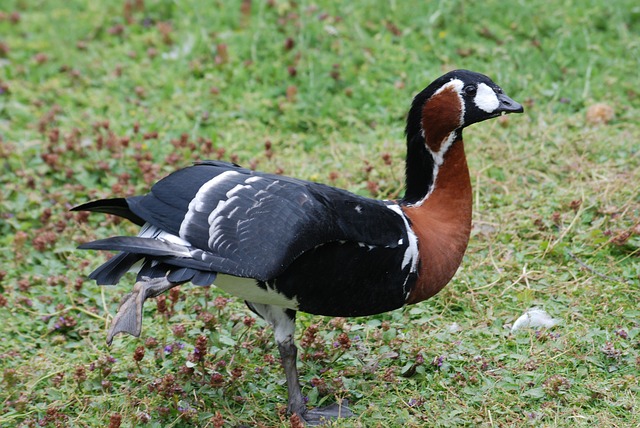 |
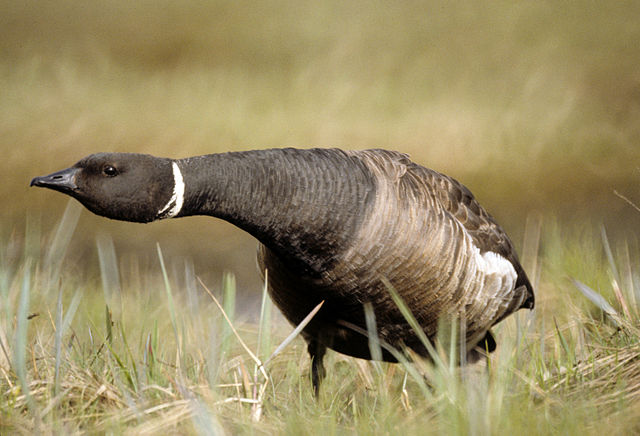 |
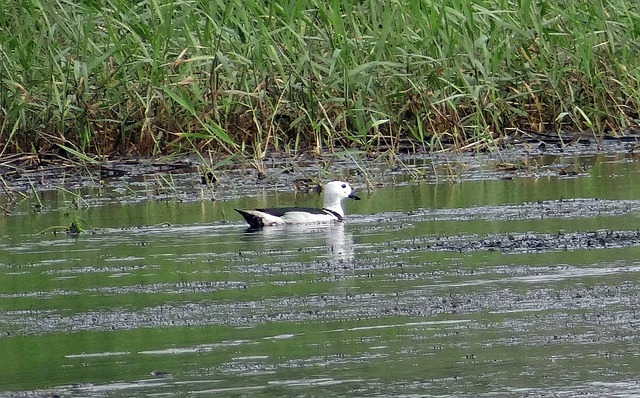 |
 |
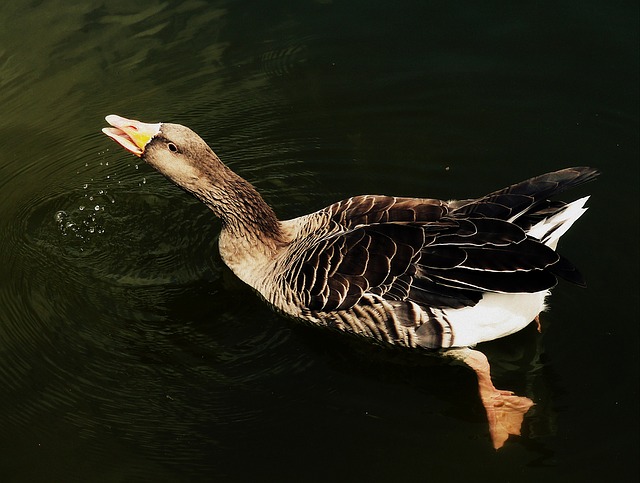 |
|---|---|---|---|---|
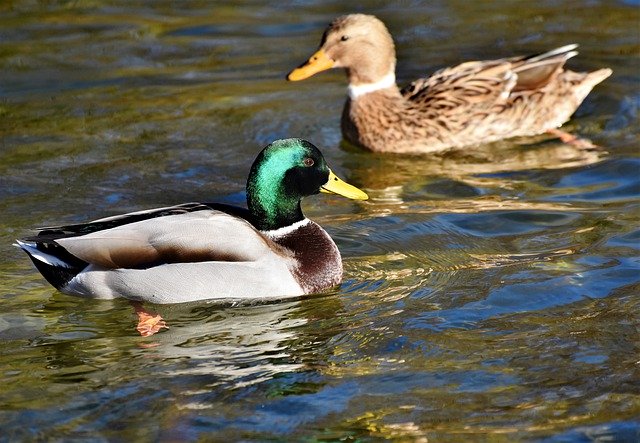 |
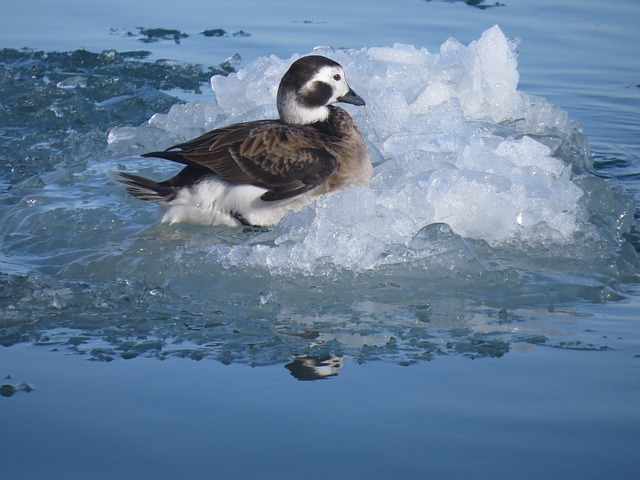 |
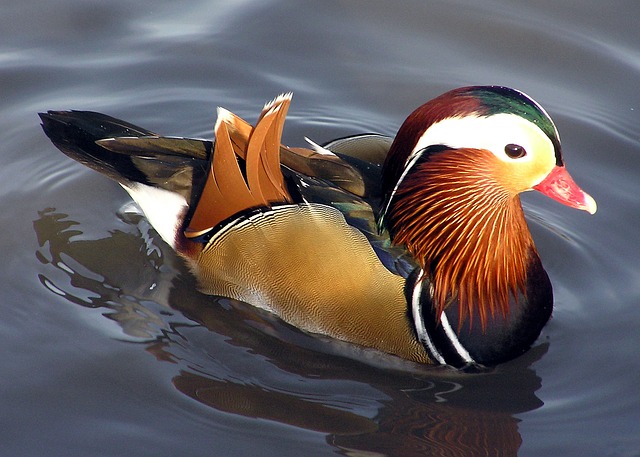 |
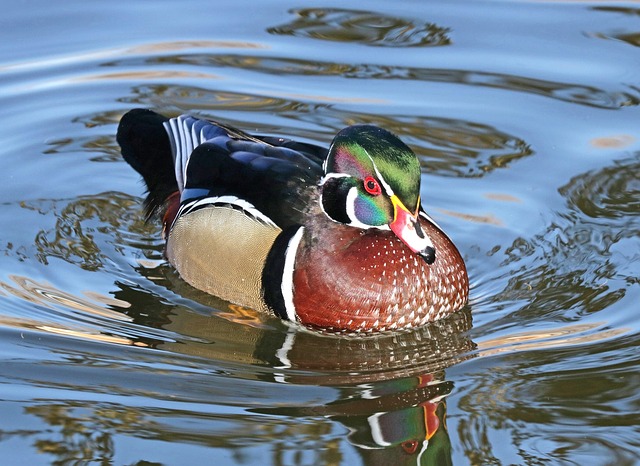 |
 |
|---|---|---|---|---|
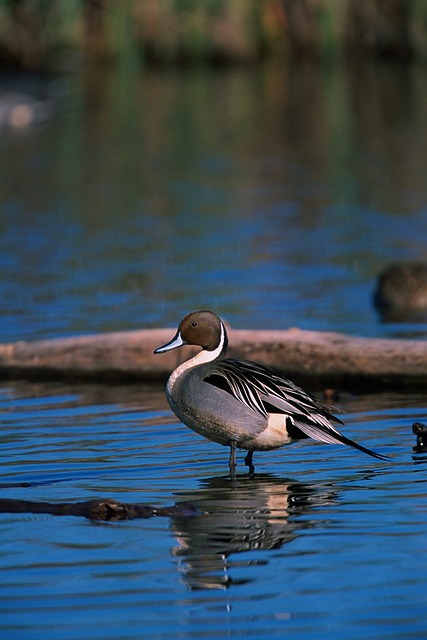 |
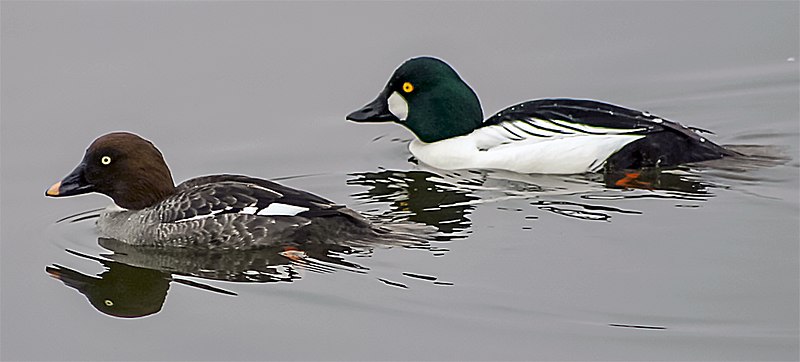 |
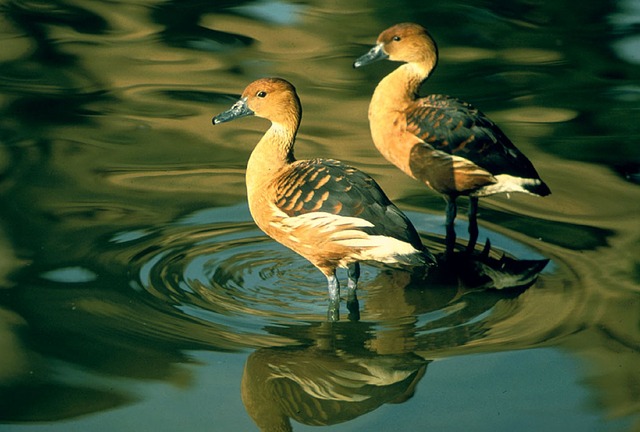 |
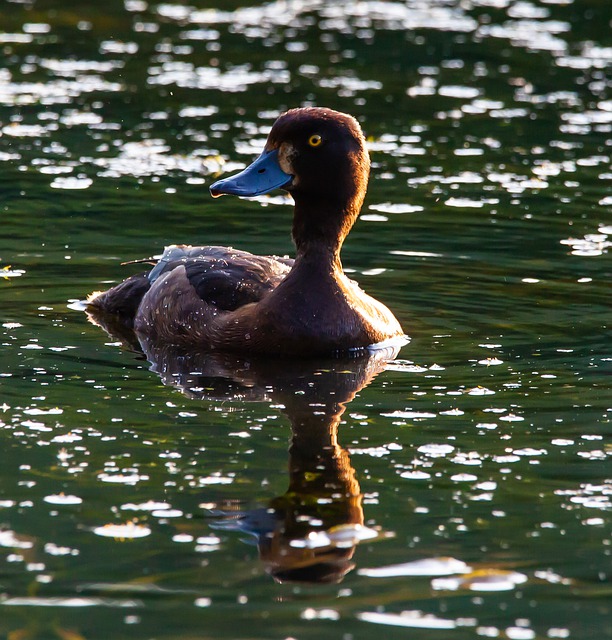 |
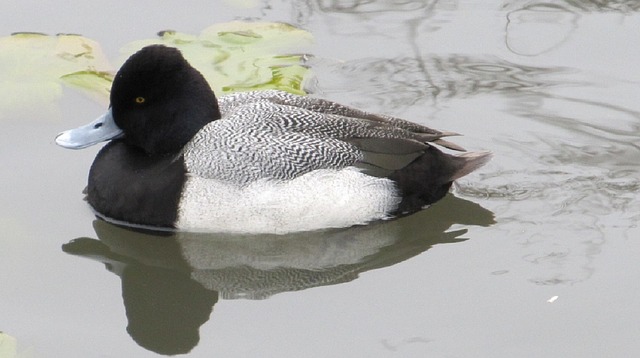 |
|---|---|---|---|---|
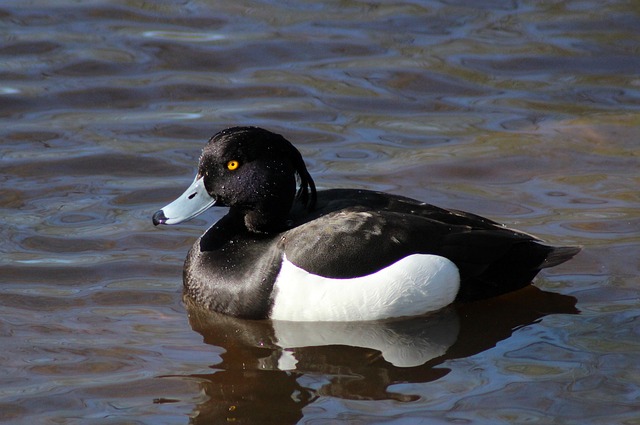 |
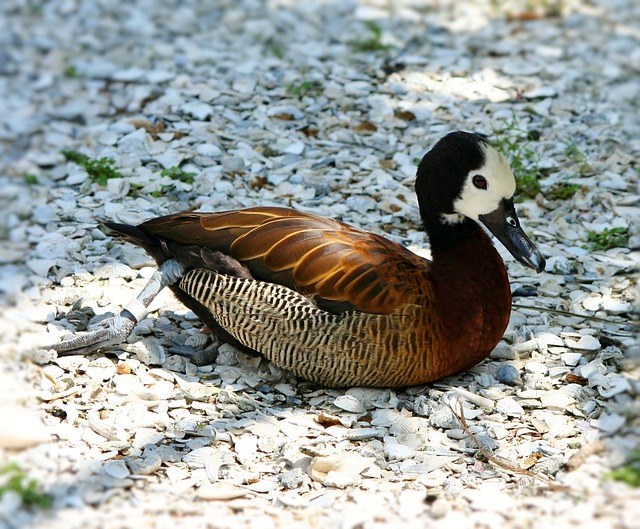 |
 |
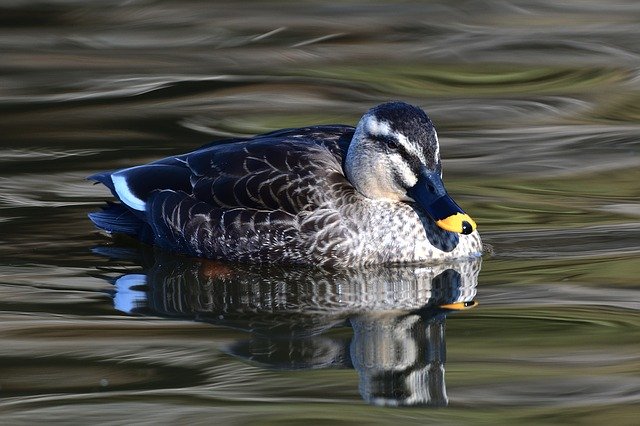 |
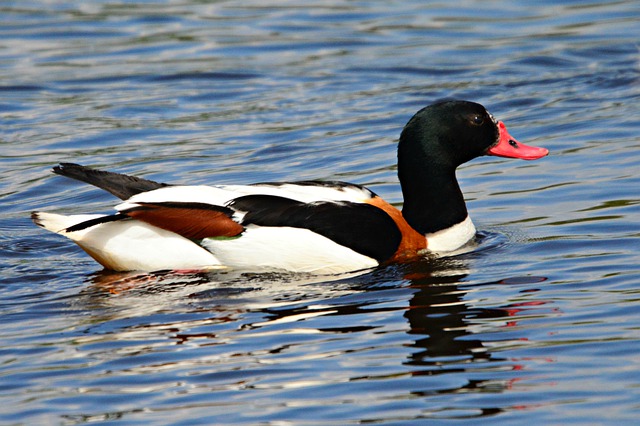 |
|---|---|---|---|---|
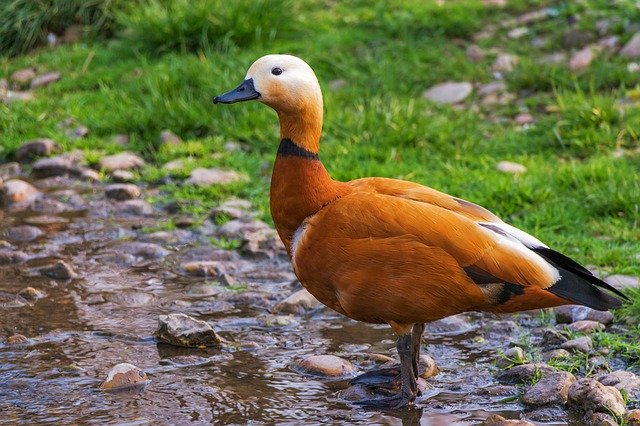 |
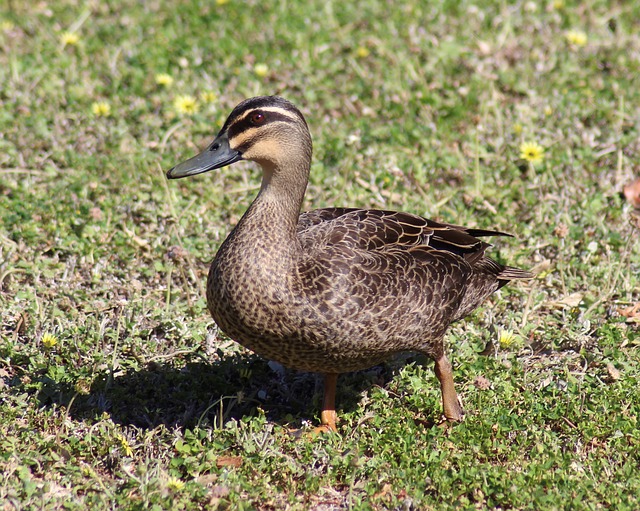 |
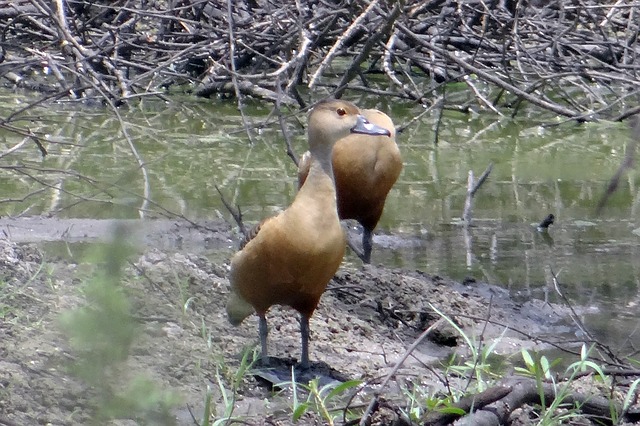 |
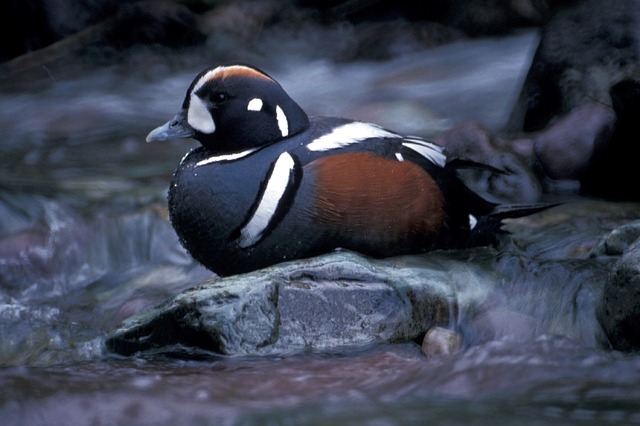 |
 |
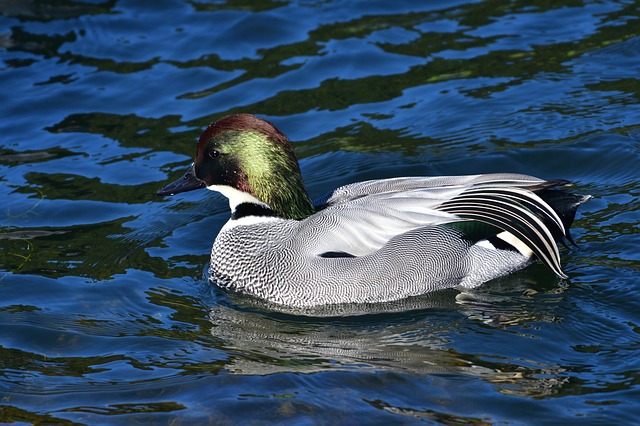 |
|---|---|---|---|---|---|
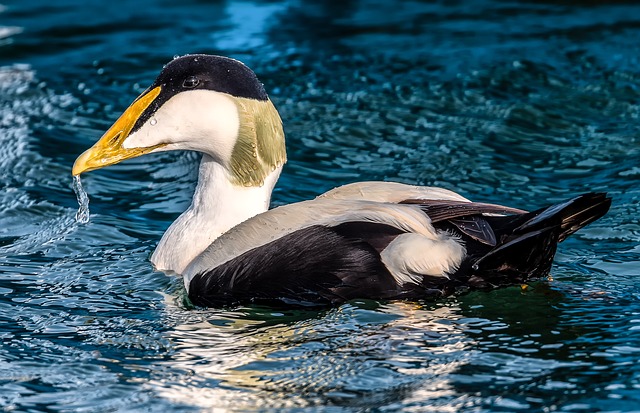 |
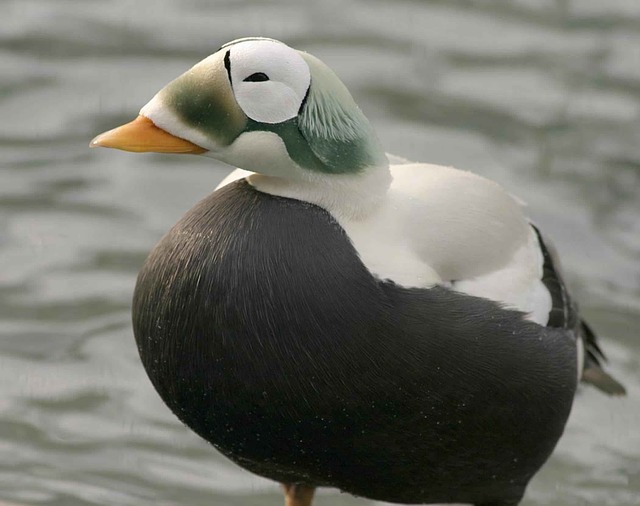 |
 |
|---|---|---|
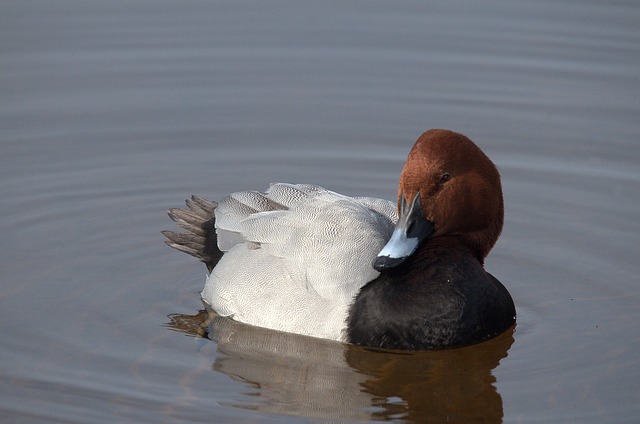 |
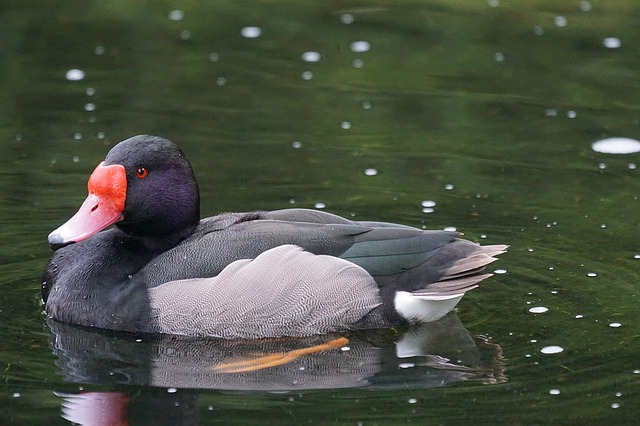 |
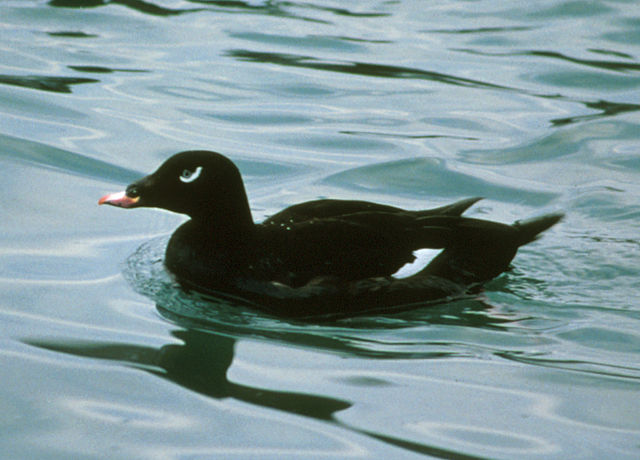 |
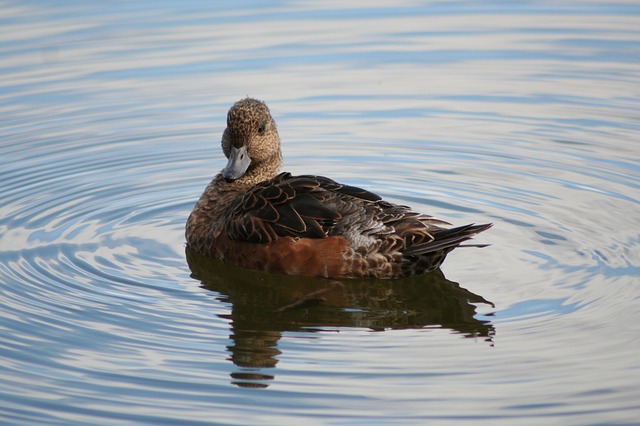 |
|---|---|---|---|
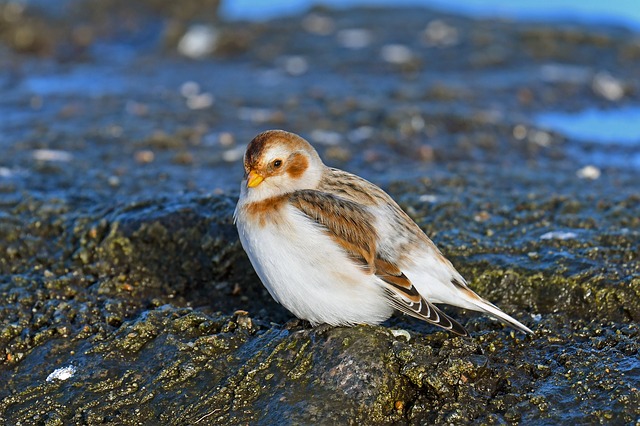 |
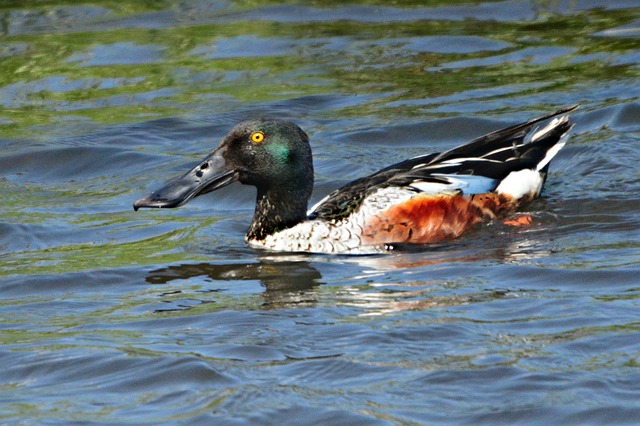 |
 |
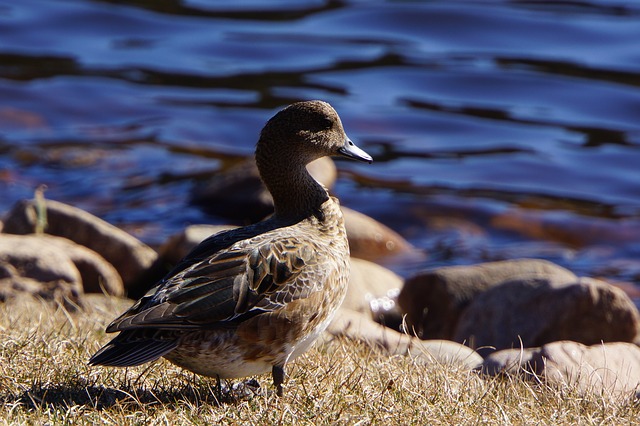 |
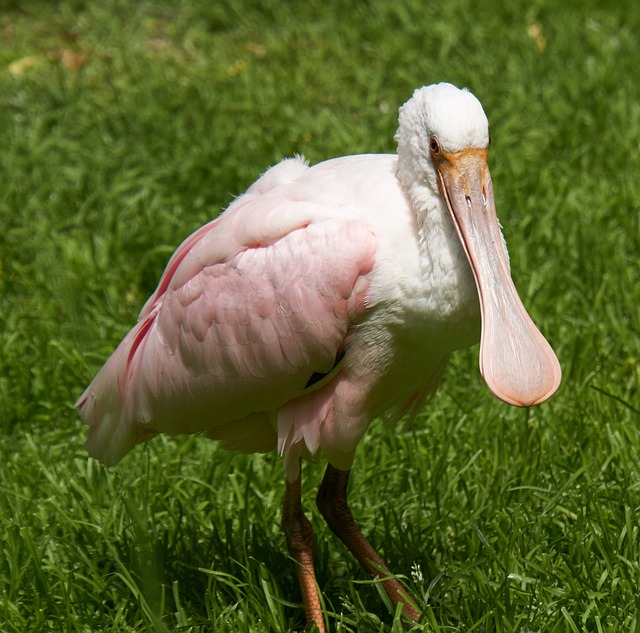 |
|---|---|---|---|---|
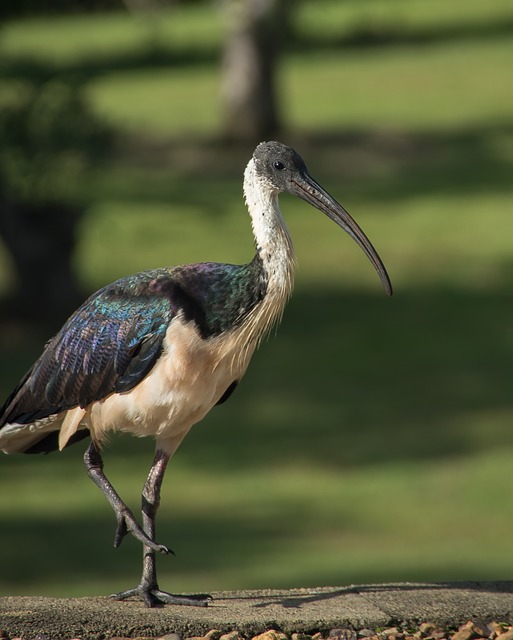 |
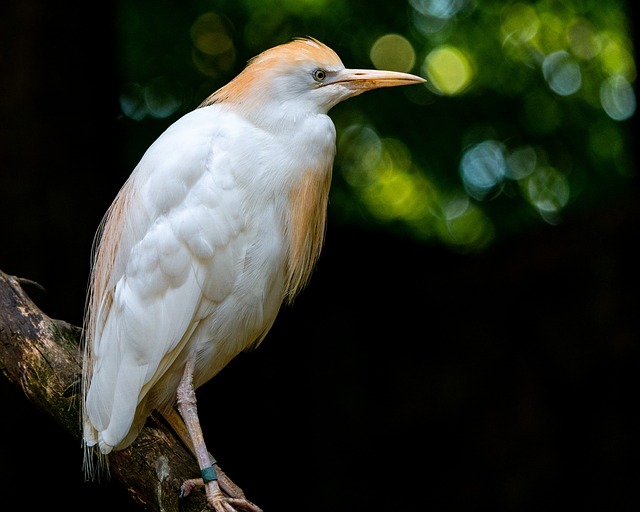 |
|---|---|
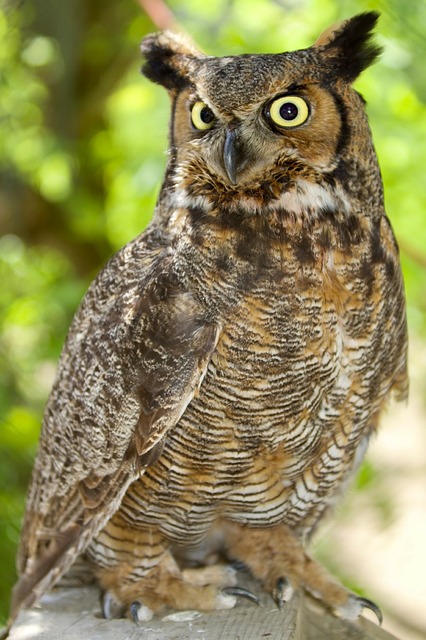 |
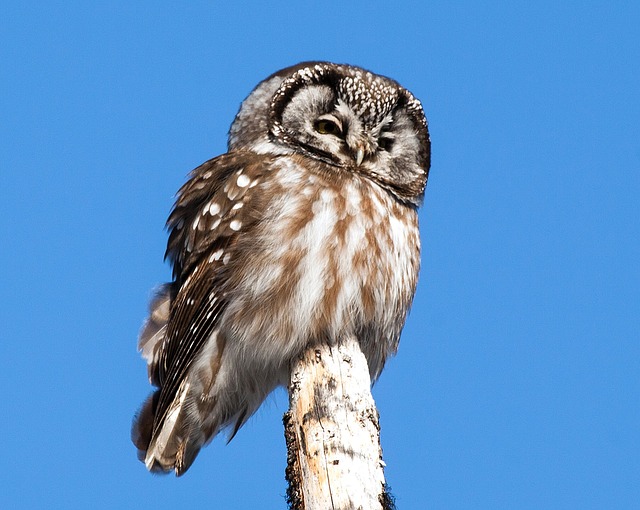 |
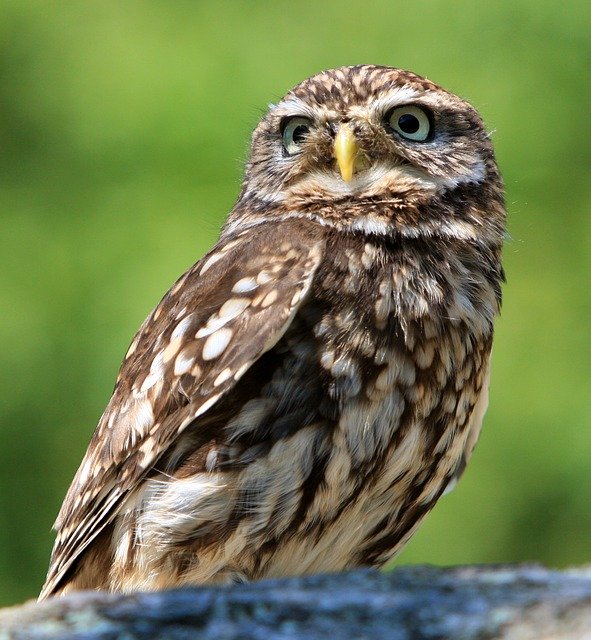 |
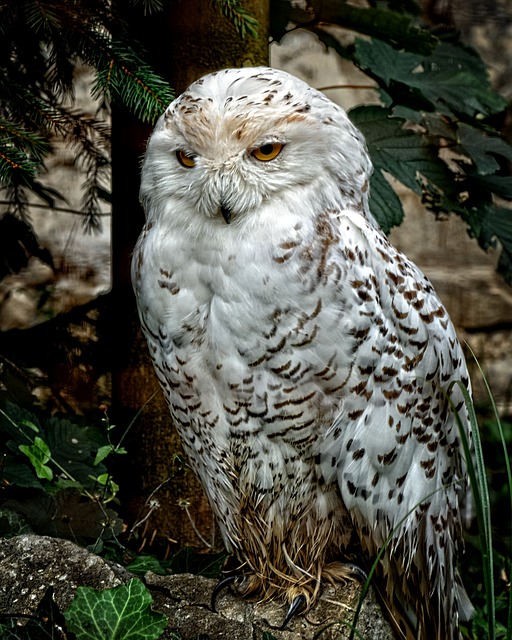 |
|---|---|---|---|
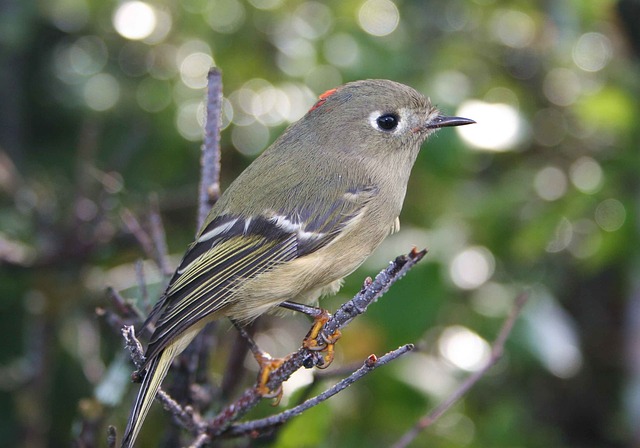 |
 |
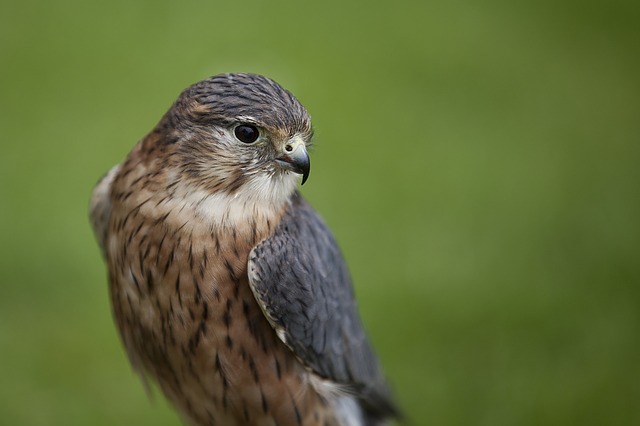 |
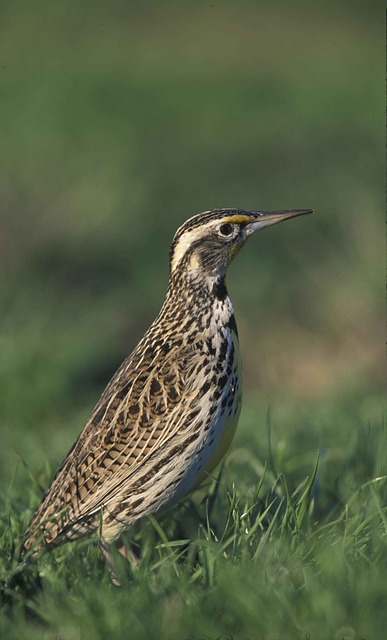 |
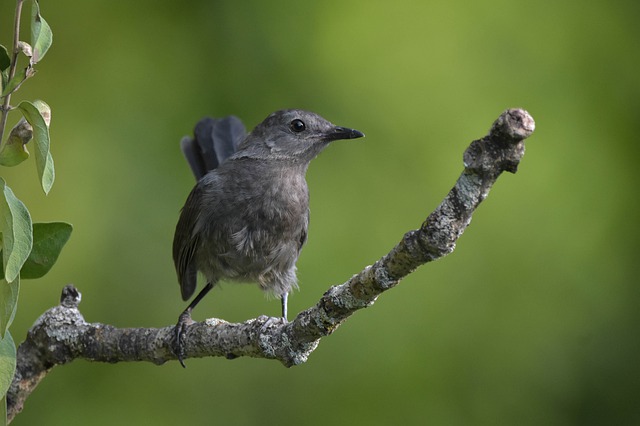 |
|---|---|---|---|---|
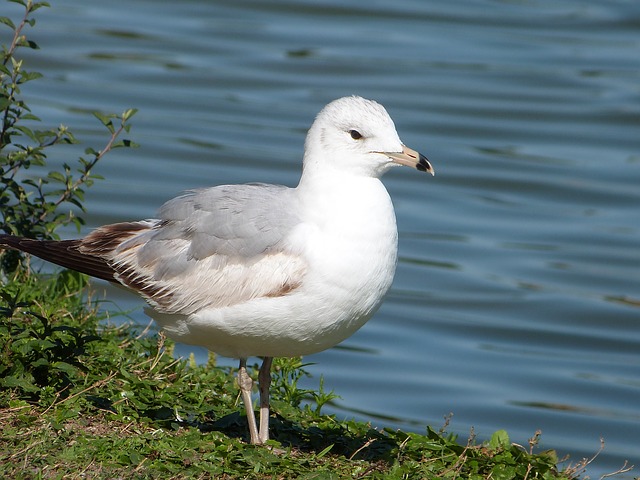 |
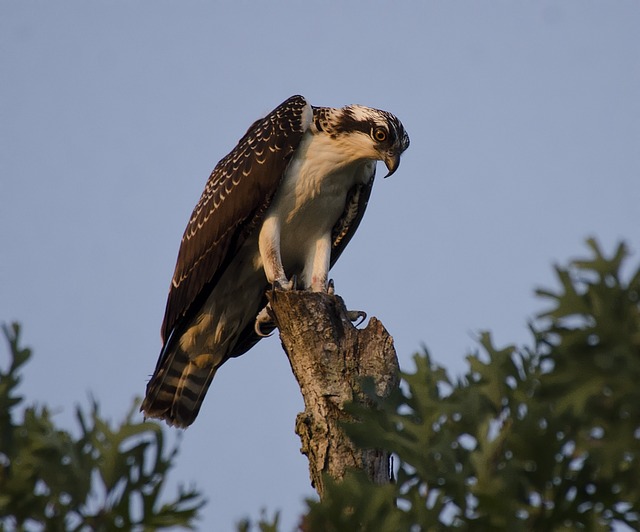 |
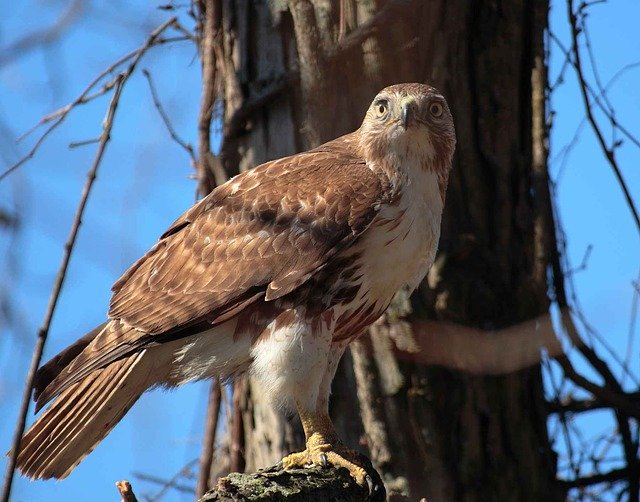 |
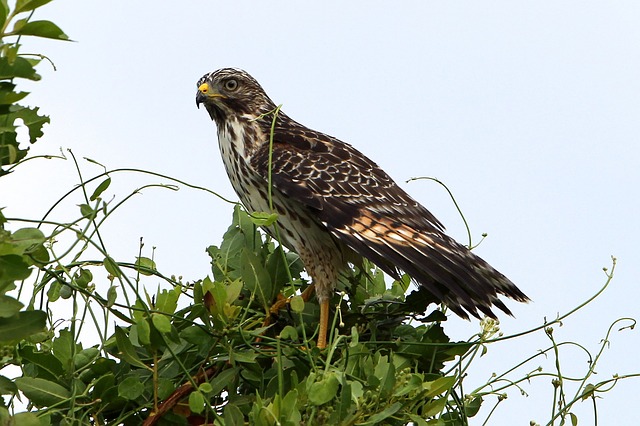 |
 |
|---|---|---|---|---|
 |
 |
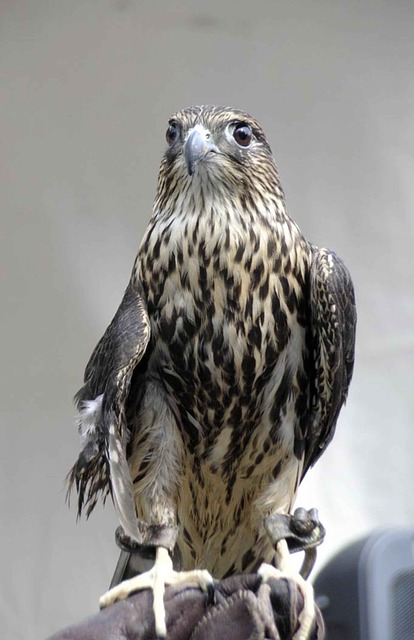 |
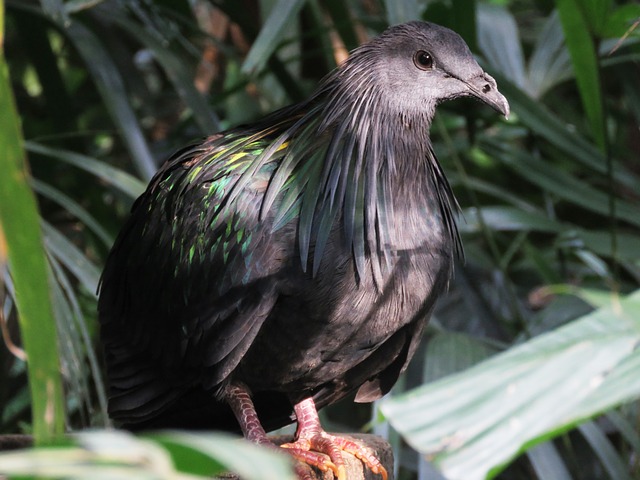 |
|---|---|---|---|
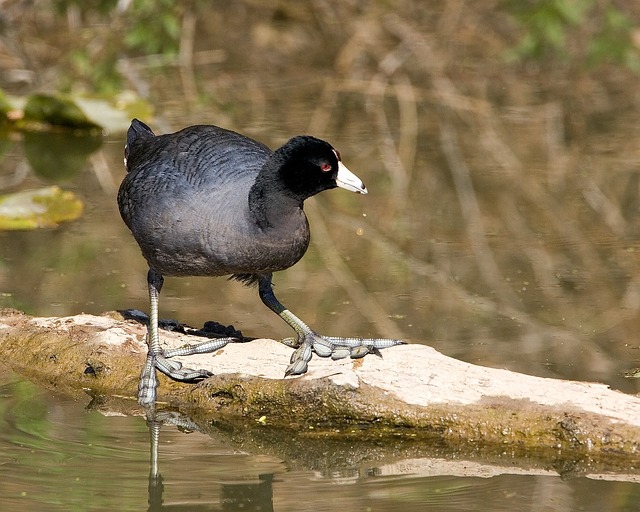 |
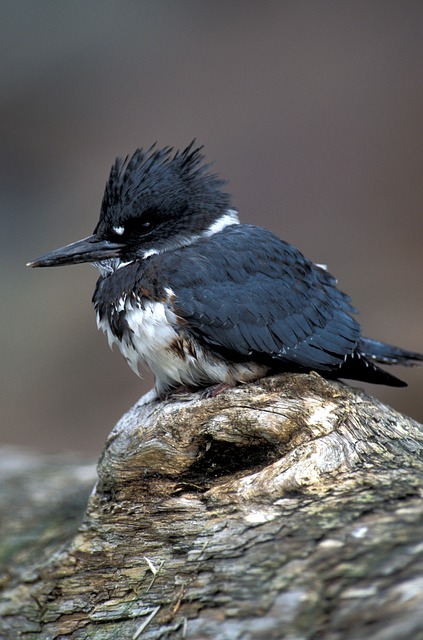 |
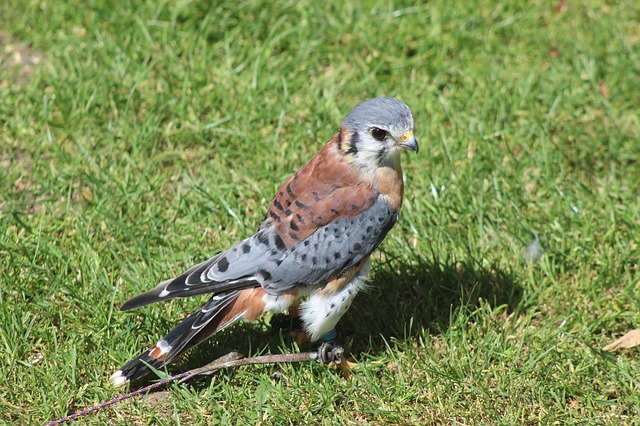 |
|---|---|---|
 |
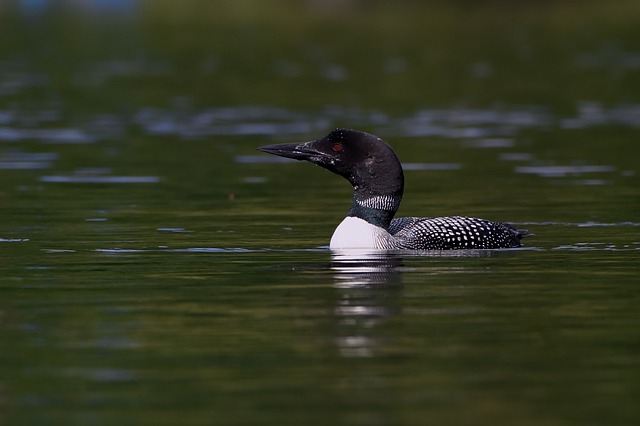 |
 |
|---|---|---|
 |
 |
 |
 |
|---|---|---|---|
 |
 |
 |
 |
 |
|
|---|---|---|---|---|---|
 |
 |
 |
 |
|---|---|---|---|
 |
 |
 |
 |
 |
|---|---|---|---|---|
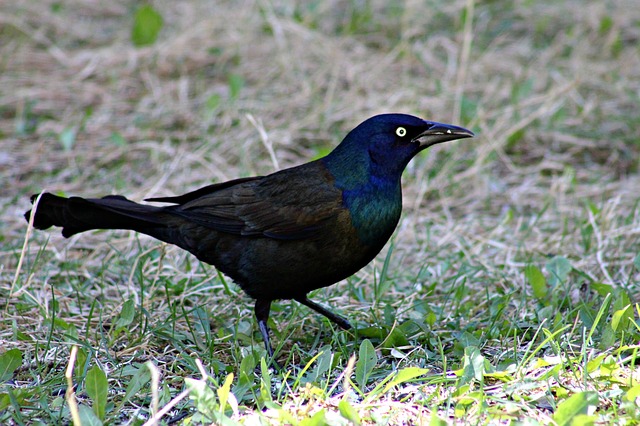 |
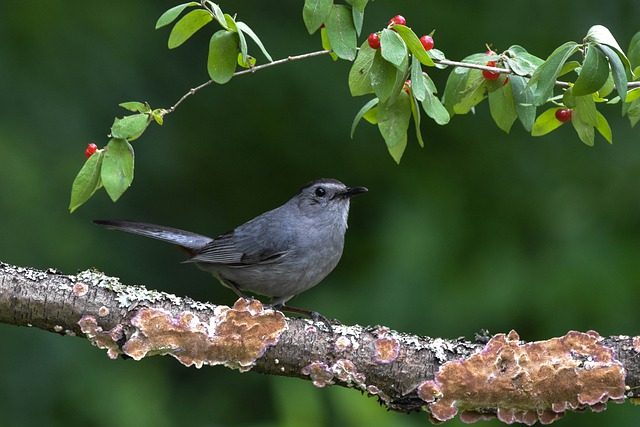 |
|---|---|
Animals Moves/Animal dt Longitude Latitude Duration
Days Days
Peregrine Falcon Hungary Soar 10 4000 .000095 21.0 46.7 .38
Soaring bird Gibraltar Africa 73 378 .000382 -5.6 36.0 .14
Black kite Gibraltar Marques 130 594 .00141 -5.6 36.1 .83 2019
Raptor Moessingen Nabu 1 1133543 .00150 -3.5 41.2 1705
Northern gannet Alderney 60 6057 .0023 -1.8 49.8 14
Little bustard Portugal Spain 17 10708 .00269 -.1 .3 39
Black kites Gibraltar 129 599 .0027 -5.6 36.1 1.6
Scopoli shearwater 22 1046 .0034 7.3 42.8 3.6
Scopoli shearwater free ranging 27 2021 .00372 2.8 40.6 7.5
Western marsh harrier Belgium 3 15967 .0044 4.3 51.3 57 Antwerp
Common crane Lithuana 2016 1 360007 .00475 18.2 52.8 1711
Scopoli shearwater Pollonara 28 827 .00510 6.9 42.9 4.2 2015
Adlie penguin Adlie land 52 1658 .0052 140.0 -66.6 8.6 **
Lesser kestrels EBD 141 5702 .0056 -6.5 37.4 32
Heron egret telemetry 16 83373 .0066 -121.9 37.7 343
GreyHeadedAlbatross NewZealand 24 3895 .0072 -10.6 -55.8 28 Torres 2017
Western marsh harrier Groningen 4 246779 .00825 3.6 46.6 779
Common crane Lithuana 2015-2016 2 49556 .0092 15.5 51.3 579
Snares penguin incubation 2003 3 424 .0093 167.7 -48.1 3.95
Red kite Baden Wuerttemberg 1 37896 .0108 5.4 46.6 409 * download crash
Masked boobies ocean desert 23 229 .0113 -109.5 -27.2 2.57
Eagle owl Reinhard Vohwinkel 21 24701 .0114 8.7 51.3 80
Bewick swans 9 11190 .0119 26.0 58.5 133
Eurasian oystercatcher Belgium 7 9647 .0131 3.8 51.2 112
Hypsignathus monstrosus Olson 10 943 .0139 15.6 .9 35
Common crane Sweden gps 19 31777 .0171 11.5 54.2 420
Hornbill NE India 6 3212 .0179 57.6 92.9 58
Yelkouan shearwater ChickRearing 51 157 .0217 13.4 35.0 3.41 2012 2014
Brown pelican Gulf Mex Gea 30 1818 .0240 -91.0 29.1
Egrets herons 3 32595 .0248 -80.5 36.0 **
Whooper swan Latvia 4 11931 .0315 22.0 56.8 376
Trumpeter hornbill KWA ZuluNata 35 695 .0339 30.3 -30.7 24
Northern harrier Ornitela 5 7112 .045 -121.7 38.8 316
Von der Deckens hornbill Kenya 17 11260 .0482 36.4 .4 542 Jetz
Indian yellow nosed albatros 26 2460 .0523 79.4 -38.1 129 Amsterdam Is Boulinier
Great egrets lifetrack 10 22599 .067 -78.6 37.4 392
Raptor tracking NYSDEC 7 13560 .095 -74.5 45.2 1288
Cougar coyote Utah Idaho 8 10422 .095 -122.6 43.4
Black-bellied plover Alaska 1 500 .118 -142.5 68.8 59
Baltic dublin Pakanen 25 2352 .169 30.8 15.4 397
Osprey S.E. Michigan 9 12466 .199 -83.0 34.9 4471
Antarctic petrel Antarctica 2016 75 64 .216 4.2 -71.1 14 SvarthamarenTarrooux
Pelican landscaps func eco 16 6977 .237 33.1 23.1
Hurricane frigate MPIAB 8 2342 .249 -88.5 21.2 583
Buzzards, eagles 23 15606 .26 34.4 30.2 4058
Short eared owl N America 26 703 .27 -148.0 60.8
Loggerhead Canary Is Juvenile 5 1219 .298 -18.9 23.3 364
Brown pelican lamb 2017 81 2093 .30 -90.3 28.1
Black skimmer Andean Davenport 8 217 .335 -71.9 -19.2 73 2016
Wild Turkey Margadant 37 698 .34 -86.4 33.2 237
Black tailed godwit Senner 2015 30 580 .352 -.6 46.5 204
LongBilledCurlew MtWest 63 3064 .40 -112.6 34.3 976
Grey plovers Wadden Sea 13 751 .44 31.5 58.1 330
Grasshopper sparrow Vermont 24 581 .50 -80.2 33.1 290
Connecticut Warbler Alberta 5 690 .50 -70.8 13.0 344
Great knot EAAF 8 282 .504 129.1 43.2 142
Winchat British Saxicol Rubetra 20 653 .504 .7 26.0 329 **?
Wood warbler Tottrup 2018 1 404 .52 14.8
BlackpollWarbler deluca 2015 5 575 .53 -71.2 24.6
Argentine barn swallow 9 505 .539 -53.8 -11.8 272 **
Great cormorant Lake Constance 17 616 .558 8.0 46.3 201
Mediterranean storm petrel Malta 7 370 .65 11.7 37.5 239
Solowki Larus 6 392 .677 32.4 62.5 265
Snowy owl N America 32 1047 .78 -70.8 65.3
African cuckoo Nigeria Iwajomo 5 1070 .820 10.2 9.2 877 2018
Canadian plover Bylot 19 412 .86 -17.3 26.7
Gadwall MPIAB 40 106 .989 12.1 48.3 105
Painted bunting ABM 2015 11 198 .99 -99.6 27.2 196
Pernis apivorus Byholm Finland 9 847 .995 17.5 32.3 842
Fork tailed flycatcher 28 329 1.01 -61.8 -10.4 333 Tyrannus Savana **
Sparrowhawk Armenia Levant 5 266 1.03 36.2 16.2 272
Broad winged hawk 20 370 1.29
Red faced cormorant SGS ASC 2 83 1.37 173.2 52.8 113
Hawk Marc Bechard 3 126 1.39 -73.3 -20.7 175
Great egret MPIAB 1 917 1.93 21.7 50.9 1767
Red necked stints EAAF 17 76 2.47 122.4 14.0 158
Swainsons hawks 42 107 2.31
Curlew sandpiper EAAF 13 74 2.85 120.2 17.3 211 **
Trumpeter hornbill MPIAB 2 188 3.26 30.3 -30.7 614
Osprey N.S. America Martell 78 577 3.55 -84.5 29.6 2048
Snowy Owl Therrien 8 110 6.0 -73.0 65.2
American bittern Huschle 10 195 7.5 -92.5 40.9
Meadowlark Vermont 10 21 12.8 -85.1 40.5
Oenanthe turdidae Uppsala 12 25 12.4 5.0 37.1 307 *
Spotted eagle Lithuania 2017 4 149570 .0078 10.2 34.3 883
Spotted eagle NE Poland 3 1451 .0229 24.1 52.6 33
White tailed eagle Poland 2 6965 .048 22.4 52.7 320
Lifetrack bald eagle 4 24724 .18 -80.1 35.2 4450
Bald eagle British Colu 10 2731 .25 -128.1 54.3 683
Bald eagle Hiliaeetus 15 1995 .32 -128.1 53.6 428
Golden eagle hawkwatch 26 910 1.06 -114.7 45.2 965
Golden eagle Denali McInt 41 326 1.12 -133.4 58.2 365
Mallard Netherlands Kleyheeg 111 1455 .0115 4.9 52.0 17
Dabbling Duck Ottenby 32 13206 .051 15.2 55.8 674
Blue winged teal ASC 40 840 .23 -99.0 41.5
Stellers eider N Europe 19 593 .52 40.3 70.6 308
Long tailed duck GLS 2018 10 492 .54 24.2 61.0 267
Common Merganser 9 289 .59
Black scoter 48 642 1.01
Common eider Alaska 78 840 1.16
Long-tailed duck Alaska 59 445 1.7
Common eider Aleutian Peter 55 311 1.81 147.3 52.2
Long-tailed duck Yukon 14 91 2.22
Spectacled Eider Alaska 134 457 3.6
Pacific sea ducks migration 354 78 5.08 -126.1 54.8 3000
Surf scoter 16 455 6.0
Juvenile greylag geese 17 24381 .00110 9.0 47.8 27
Greater white goose mig 12 79624 .0031 28.3 55.6 247
Goose Wadden sea 9 17552 .0118 50.0 66.0 157
Greater white front goose N. Sea 81 13416 .059 43.8 63.2 222
Pink footed goose Chudziska 2016 1 256 .066 8.4 56.3 17
WhiteFrontGoose Greenland 4 1834 .083 -34.6 63.4 152
BarnacleGeese Greenland 6 1142 .126 -20.1 67.3 144
White fronted goose Nolet 2016 9 324 .132 5.1 51.9 15.9
Brant geese Boyd 2002 10 564 .15 -138.2 68.6 85
Barnacle goose Svalbard 2014 2 629 .153 .9 59.9 96
Bean goose Finnmark 3 1140 .175 20.6 65.0 200
White front goose Alterra 6 1227 .30 44.7 64.3 368
Brant geese Boyd 2005 23 598 .47 -127.2 59.1
Barnacle geese Barents 13 1623 .53 26.9 60.9 860
Pink-footed geese 21 802 .62 12.9 67.7
Bar-headed goose MPIAB 3 328 .84 75.4 33.2 277
Thick-billed murre C 2010 21 1488 .00127 -82.1 63.0 1.89
Thick-billed murre C 2013 116 760 .00189 -82.1 63.0 1.43
Thick billed murre 2011 7 2803 .00267 -82.1 63.0 7.5 Elliott Coates
Thick-billed murre GC 2017 28 3711 .0073 -82.1 27
Thick-billed murre GD 2016 24 5107 .0079 -78.3 62.6 40.3 ** filename too short
Thick-billed murre GM Canada 24 838 .0093 -75.8 72.9 7.8
Thick-billed murre G 2014 9 534 .0098 -88.0 74.1 5.2
Thick-billed murre GD 2015 51 878 .0108 -78.4 62.8 9.5
Thick-billed murre GM 2016 25 1372 .0158 -75.7 73.0 21.7
Alpine swift Spain Tarragona 17 311 .498 -9.3 12.7 155
Alpine swift Switz Biel 7 366 .499 -8.7 12.4 182
Alpine swift Switz Baden 49 392 .499 -7.1 12.67 196
Alpine swift Switz Lausanne 2 373 .499 -9.1 11.8 186
Alpine swift Turkey Pirasali 61 331 .499 33.3 9.8 165
Alpine swift Switz Lenzburg 35 378 .500 -8.1 12.5 189
Alpine swift Switz Luzern 8 469 .500 -6.2 13.9 234
Alpine swift Bulgaria Sofia 27 372 .500 22.5 9.7 186
Alpine swift Switz Solothurn 9 385 .501 -8.5 12.9 193
Homing pigeon Gagliardo 2011 47 28166 .0000189 10.6 43.5 .60
Pigeon anosmic visual 2 70330 .0000688 10.4 43.7 4.84 Familiar cue *
Homing pigeon Pollonara 2017 35 177980 .00023 10.3 43.7 33.9
Pigeon Zannori 2020 51 5427 .00069 10.7 43.7 3.7 **
Pigeon Columbia Livia Santos2014 10 15974 .00064 8.9 47.5 10.1
Homing pigeon Gagliardo 2020 24 76062 .00033 10.3 43.7 17.7
Homing pigeon Gagliardo 2018 52 913 .00125 10.5 43.3 1.14
Juvenile homing pigeons 53 23862 .00163 8.7 50.1 39
Homing pigeon Gagliardo 2016 131 970 .00181 10.6 43.6 1.75
Homing pigeon Gagliardo 2014 19 2031 .0110 10.4 43.7 22.4
Homing pigeon Gagliardo 2021 209 1100 .0171 10.6 44.1 18.8
Homing pigeon Frankfurt 3 44842 .0197 8.6 50.1 884 Schiffner Wiltschko *
White stork Oberschwaben 1 67600 .000230 15.6 9.3 48.0
White stork 2014 60 119430 .000408 6.5 45.8 49
White stork SW Germany 1 73200 .00104 8.9 47.8 76.3
White stork Bavaria 1 14040 .0047 10.9 49.8 66.2
White stork Poland 20 29349 .0047 27.7 37.0 118.
White stork Sicily 7 12929 .0057 14.2 37.2 73.4
White stork e-obs MPIAB 2 26400 .0058 24.7 18.4 154
White stork e-obs GSM 5 14400 .0061 15.4 37.3 88 ** Unknown if same as Carlson
White stork Vorarlberg.2016-19 4 83076 .00706 7.0 45.9 586
White stork Rheinland Pfalz 55 66600 .00764 1.2 41.3 509 2015-2019
White stork Rotics 2016 103 14280 .0101 20.4 36.3 144
White stork e-obs Carlson 2021 47 67538 .0126 13.2 51.3 798
White stork Tunisia 9 22747 .0191 17.3 23.5 290
White stork Rotics 2018 35 34489 .0195 27.1 27.2 673
White stork Greece evros delta 5 15400 .0196 26.0 27.9 301
White stork Uzbekistan 16 61637 .052 69.8 40.8 1218
White stork S Africa lifetrack 1 1935 .066 20.3 -31.9 128
White stork Moscow 10 44551 .089 31.5 24.7 405
White stork Armenia 10 13239 .108 45.5 37.3 341
White stork Bulgaria 1 661 .127 39.8 5.3 84
White stork Kosova 8 33368 .233 31.0 21.0 352.9
White stork S Africa MPIAB 6 838 .466 23.5 -25.0 391
White stork MPIAB 1991 2018 178 1895 .966 14.9 25.9 781
White stork GSM MPIAB 2018 2 42600 .97 32.4 24.1 193 *
White stork Greece MPIAB 2 70 1.28 35.6 28.0 90
Gyps vulture Rocamadour2018 6 32930 .000047 1.6 44.8 1.55
Vulture S Africa Lifetrack 1 2012845 .000328 30.8 -23.9 660
Himalayan vulture Sherub 2016 22 76678 .00194 92.5 30.0 149
Griffon vulture Salzburg 2 18840 .00260 9.8 47.8 49 Albstadt
Griffon vulture Croatia 1 32300 .00398 14.4 45.0 124
Black vulture SE USA 17 153309 .0048 -81.6 33.0 736
Himalayan griffon Bhutan MPIAB 2 22460 .0066 88.7 27.6 149
White backed vulture Namibia 15 23110 .0105 15.8 -19.3 244 Spiegel 2013 V2 **
Andean.condor Argentina 2013-18 8 620 .0107 -71.2 -41.3 6.64
Egyptian vulture 2012-2019 15 38489 .018 42.3 25.6 702 Mid-East, E. Africa
Honey buzzard NE Poland 4 3360 .0304 16.5 31.8 102
Galapagos albatross 28 572 .0647 -84.4 -2.5 37.1
Turkey vulture NS America 359 601 .098 -92.8 27.9 59
Vulture Acopian full 64 10691 .106 -89.7 23.6
Hooded vulture Africa 19 16384 .120 29.3 -15.2 1426
Egyptian vulture MidEast EAfrica 22 26518 .41 42.3 25.5 560
Egyption vulture Tunisia 1 186 .210 10.1 36.2 39
Rough-legged buzzard 2 758 .77 13.3 62.1 587 Variable environment
Rough-leggedBuzzard lifetrack 80 3645 1.97 48.2 62.0 551
Great black backed gull 2019 7 39360 .00172 8.5 54.8 68 Borrmann
Caspian gull 1 252846 .00284 19.3 50.0 718
Black backed gull Garthe 7 7088 .0022 7.7 53.8 16
Herring gull Fifield Witless 8 25680 .0175 -55.4 46.7 449
Herring gulls Canada 6 24166 .0210 -55.3 46.8 507 *
Herring Gull Brier Is 10 10450 .029 -66.7 44.1 303
Herring Gull Kent Is 16 3644 .053 -67.3 44.2 193
Herring Gull East Bay 15 1753 .129 -81.2 57.0 226
Herring gulls Clark Mass 5 2357 .20 471
Lesser black backed gull 120 711 .281 31.1 31.8 200 Wikelski 2015
Herring Gull Sable Is 17 2684 .32 859
Sabine gull Canadian Arctic 36 178 1.24 -96.1 15.8
Red backed shrike 2020 43 677 .527 23.6 7.5 357 Pedersen **
Shrike Scandinavia 2018 17 713 .53 22.6 7.7 378
Shrike Scandinavia 2019 27 686 .53 22.9 7.2 364
Red backed shrike Iberian 2017 7 629 .653 20.6 12.2 410
Trawling bat Giuggioli 2015 545 127 .00000019 -2.7 51.4 .000024
Jap greater horseshoe bat 2020 5 5327 .000060 141.6 42.7 .32
Straw colored fruit bat Africa 62 290 .0122 14.7 -2.0 3.54 2009-14
Fruit bat Ghana Sapir 2014 9 68 .0180 -.3 5.8 1.23
Fringe lipped bat Panama 2017 6 259 .0193 -79.8 9.2 5.0 Jones
Bat frugivorous Specialization 11 68 .0481 -47.9 -22.0 3.3
Blue fin whale S Cal 2015 1 17170 .021 -119.9 34.1 360
Sperm whale Gulf Cal 25 180 .046 8.3
Great whale Azores 31 212 .120 -31.2 45.5 25.5
False killer whale Hawaiian Is 6 716 .120 -162.3 22.9 85.8
Sperm whale Gulf Mex 17 421 .21 88
Sperm whale NW Atlantic 1 55 .220 -74.0 35.9 12.1
Grey whale Russia Sakhalin 2011 1 243 .362 147.7 53.5 88
Blue whale E N Pacific 285 57 .40 -119.8 33.7 23
Humpback whale Hawaii 1995 2000 45 45 .586 -150.2 35.5 26.6
Fin whale Gulf Cal 2001 8 72 1.21 -112.1 27.4
Fin whale N Mediterranean 2003 8 20 6.92 3.7 41.1 142
Grey seals Sable Is 14 8888 .030 -6.5 37.4 267
Grey seal McConnel UK 1 2535 .095 -.6 56.0
Cat Australia 441 2398 .0039 138.7 -34.8 9.4
Cat New Zealand 232 1752 .0058 174.8 -41.2 10.2
Cat USA 153 4312 .0092 -76.8 37.8 40
Cat UK 100 182 .056 -5.0 50.3 10
Cat curious minds 2017 30 87 .736 175.5 -36.8 64
Cat Albany 11 74 1.45 -73.9 42.7
Elephant Java MPIAB 1 83370 .00058 101.9 -1.0 49 **
Elephant Kruger 2007 14 20263 .0313 31.7 -24.5 634
African elephant Wall 2014 2 11747 .0399 .6 14.3 469
African elephant etosha 2018 15 6666 .109 15.8 -19.1 728 Tsalyuk
Forest elephant telemetry 34 1074 .390 12.7 .1 419
Wolf Alberta Lamtham 12 1263 .130 -113.0 55.9
Wolf Mongolia 2003-5 2 1840 .387 93.7 45.5 712
Jaguar Catinga 2 3478 .0454 -42.6 -8.7 158
Jaguar Taiama 13 3301 .067 -57.4 -16.9 222
Elk Banff 2018 31 4466 .070 -115.7 51.7 *
Elk Banff 2020 175 9060 .235 -115.6 51.7 738
Baboon Strandburg Peshkin 2015 1 143729 .0000238 36.9 .3 3.42 **
Cattle Cameroon far north 33 5058 .000094 15.0 11.2 .47
Cattle Cameroon Logone 9 6712 .000076 15.0 11.2 .51
Irish hare N Ireland 2 1366 .00130 -6.1 54.9 1.77
Frigatebird Panama Iguana Is 9 1149 .00354 -80.1 7.9 4.08
Bison Dunn Ranch 9 12450 .0107 -94.1 40.5 133 **
Dog stray Prishtina 1 130 .0121 21.2 42.6 1.57
Swamp wallabie Australia 48 478 .0144 145.2 -38.5 6.9 Phillips Is
Lyles flying fox Cambodia 2019 10 677 .0163 105.1 11.3 11.0
Black backed jackal Namibia 22 5940 .042 15.9 -19.1 252 Etosha
Red fox Australia Scotia 14 6718 .0536 141.0 -33.2 360
Kruger African buffalo S Africa 7 3521 .0606 31.8 -24.6 214
White bearded wildebeest Kenya 36 7752 .0667 36.3 -1.7 517
Galapagos tortoise movement 2 38898 .0675 -90.9 -.5 2625 Movement ecology *
Baboon S Africa Bonnell 2016 14 4417 .074 20.4 -34.5 327
Mongolian gazelle Mongolia 4 827 .135 106.6 47.3 111
Roe deer Italy 2005 2008 5 2202 .194 11.0 46.0 428
Cheetah S Africa 2014-15 1 1182 .256 27.1 -25.3 302 Pilanesberg Park
King cobra Thailand Elapidae 7 1834 .354 101.9 14.5 649
MangabeyMonkey Uganda Waser1975 18 669 .428 30.4 .6 286
Horse Mongolia Przewalski 2007 1 1355 .53 93.5 45.5 720
Mountain caribou B Columb 195 1259 .58 -122.1 55.4
Tsavo lion study 3 718 .654 38.9 -3.8 469
Green python Australia CapeYork 28 82 1.91 143.3 -12.7 157
Brown bear Slovenia 1993 1999 22 86 3.55 14.3 45.9 306
Coyote Albany 32 71 4.4 -73.9 42.7
Kruger buffalo S Africa 165 160 5.62 31.8 -24.4 900
Galapagos tortoise hatchling 62 19 33.5 -90.5 -.7 634
We list the full set of fertilizer molecules.
Element Molecule Common name Element Fertilizer Element Solubility Human
cost cost fraction edible
g/$ g/$ ppt g/Litre
Calcium CaCl2 Calcium chloride 182 504 361 745 *
Calcium Ca(NO3)2 Calcium nitrate 35 142 244 1212
Calcium Ca(H2PO4)2 Monocalcium phosphate 171 20 *
Calcium CaHPO4 Dicalcium phosphate 295 .2 *
Calcium Ca3(PO4)2 Tricalcium phosphate 388 .02 *
Calcium Ca(C2H3O2)2 Calcium acetate 253 347 *
Calcium CaC6H10O6 Calcium lactate 184 58 *
Calcium Ca3(C6H5O7)2 Calcium citrate 241 .85 *
Calcium CaCO3 Calcium carbonate 400 .013 *
Calcium CaC12H22O14 Calcium gluconate 93 low *
Potassium KCl Potassium chloride 340 649 524 254 *
Potassium K2SO4 Potassium sulfate 136 303 449
Potassium KH2PO4 Monopotassium phosphate 44 153 287 226 *
Potassium K2HPO4 Dipotassium phosphate 13 1492 *
Potassium K3PO4 Tripotassium phosphate 900 *
Potassium KNO3 Potassium nitrate 126 387
Phosphorus (NH4)H2PO4 Monoammonium phosphate 185 689 269 360
Phosphorus (NH4)2HPO4 Diammonium phosphate 38 161 235 600
Phosphorus KH2PO4 Monopotassium phosphate 35 153 228 226 *
Phosphorus Mg(H2PO4)2 Monomagnesium phosphate *
Phosphorus MgHPO4 Dimagnesium phosphate *
Phosphorus Mg3(PO4)2 Trimagnesium phosphate *
Magnesium MgCl2 Magnesium chloride 55 217 255 *
Magnesium MgSO4(H2O)7 Magnesium sulfate 33 336 99
Magnesium Mg(H2PO4)2 Monomagnesium phosphate *
Magnesium MgHPO4 Dimagnesium phosphate *
Magnesium Mg3(PO4)2 Trimagnesium phosphate *
magnesium Mg(NO3)2 Magnesium nitrate 164 710
Magnesium MgS Magnesium sulfide 351
Nitrogen CO(NH2)2 Urea 482 1032 467 1079
Nitrogen (NH4)H2PO4 Monoammonium phosphate 84 689 122 360
Nitrogen (NH4)2HPO4 Diammonium phosphate 34 161 212 600
Nitrogen (NH4)2SO4 Ammonium sulfate 69 324 212 744
Nitrogen (NH4)NO3 Ammonium nitrate 350 150
Nitrogen KNO3 Potassium nitrate 139
Nitrogen Mg(NO3)2 Magnesium nitrate 189 710
Sulfur (NH4)2SO4 Ammonium sulfate 79 324 243
Sulfur K2SO4 Potassium sulfate 56 303 184
Sulfur MgSO4(H2O)7 Magnesium sulfate 44 336 130
Chloride Phosphate Sulfate Nitrate
Cl PO4 SO4 NO3
g/$ g/$ g/$ g/$
Potassium K 649 153 303* 126
Calcium Ca 504* - 114 142* Calcium sulfate = Gypsum
Magnesium Mg 217 - 336* 113*
Nitrogoen NH3 283 698 163* - Ammonium nitrate is an explosive
For example, 1 dollar buys 649 grams of potassium chloride.
Urea = CO(NH2)2 = 1032 gram/$.
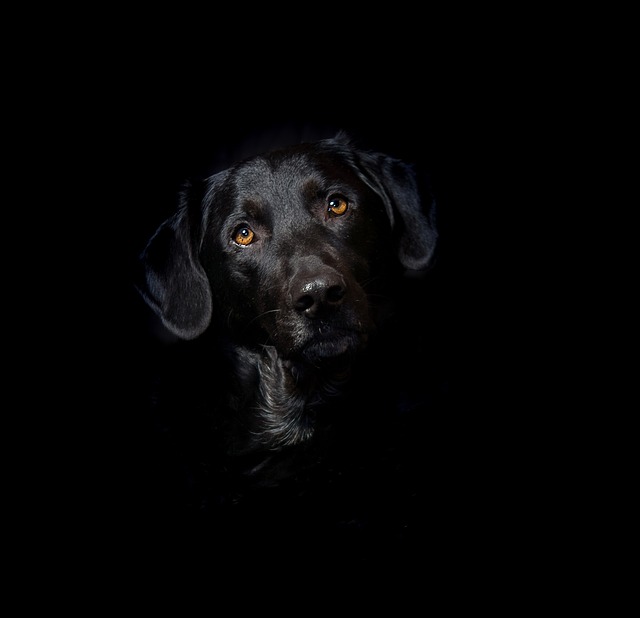 |
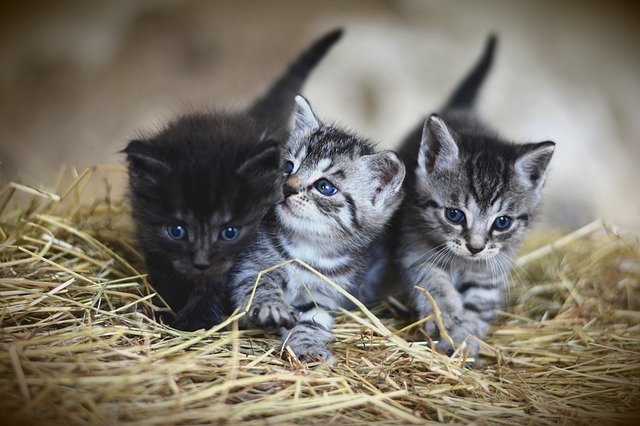 |
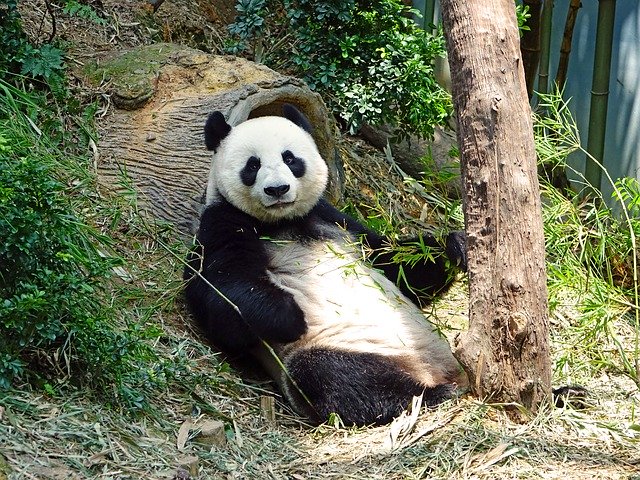 |
 |
|
|---|---|---|---|---|
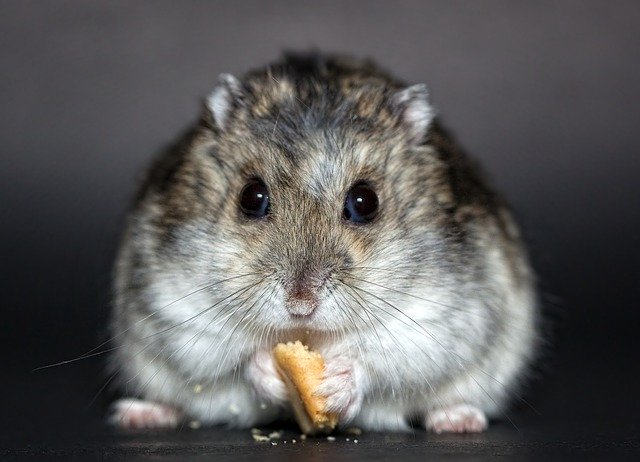 |
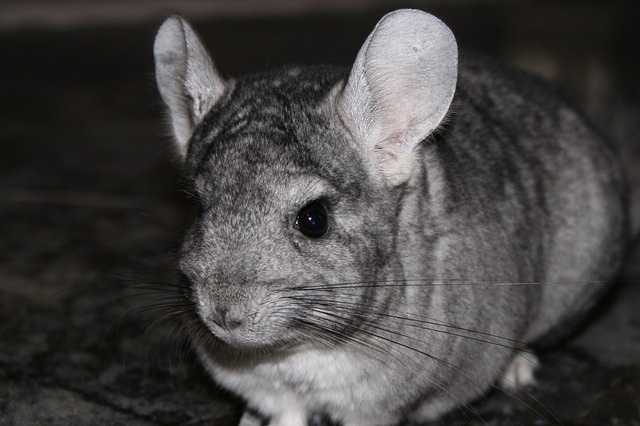 |
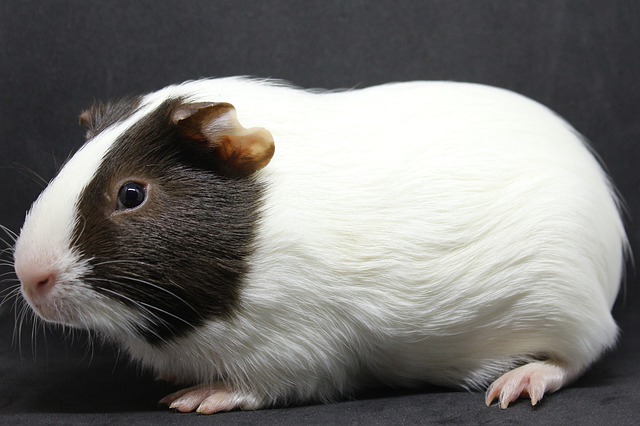 |
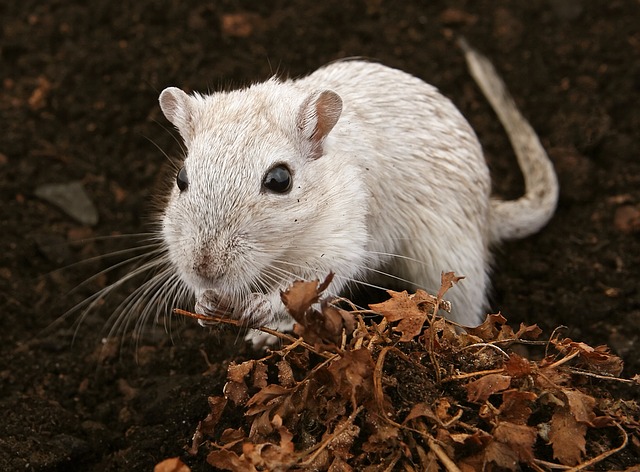 |
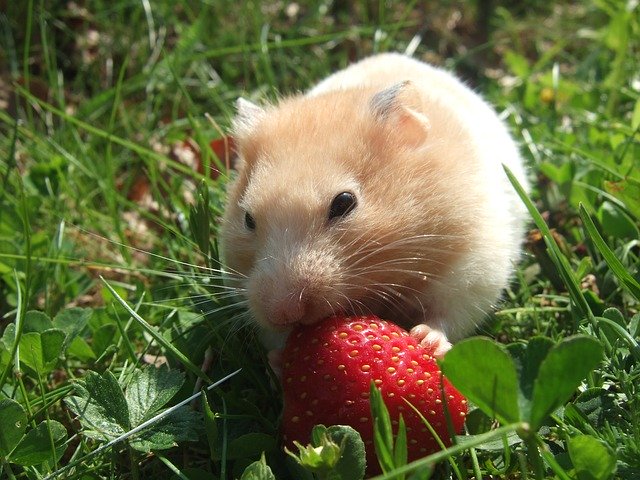 |
|---|---|---|---|---|
_(14748581674).jpg) |
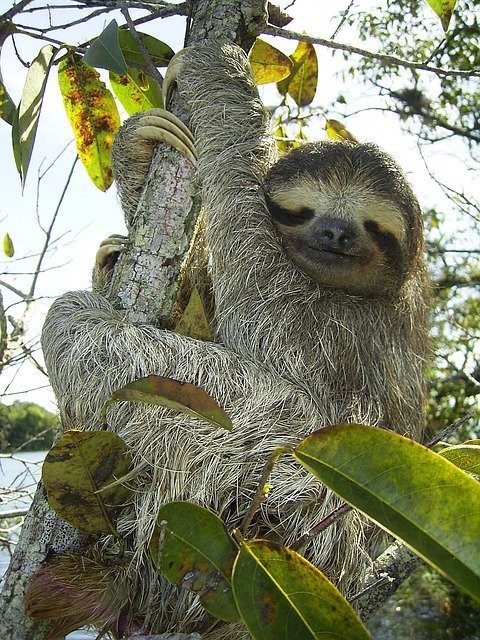 |
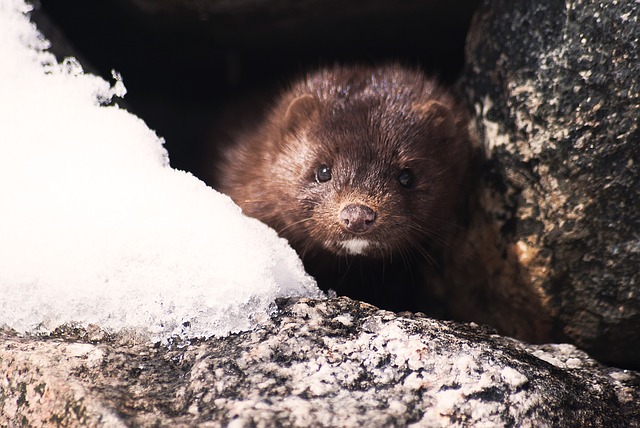 |
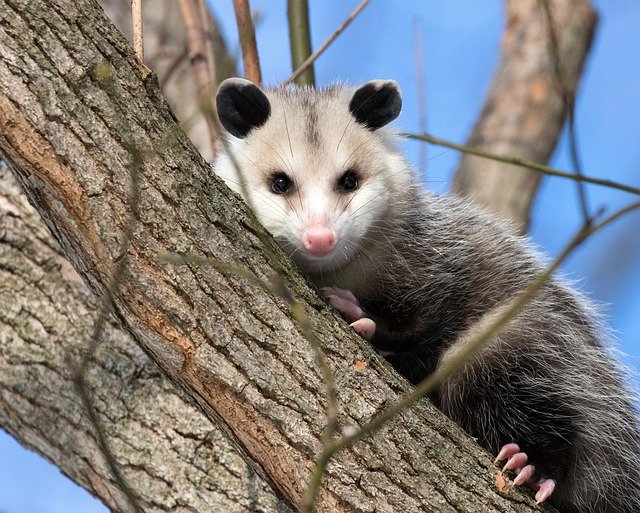 |
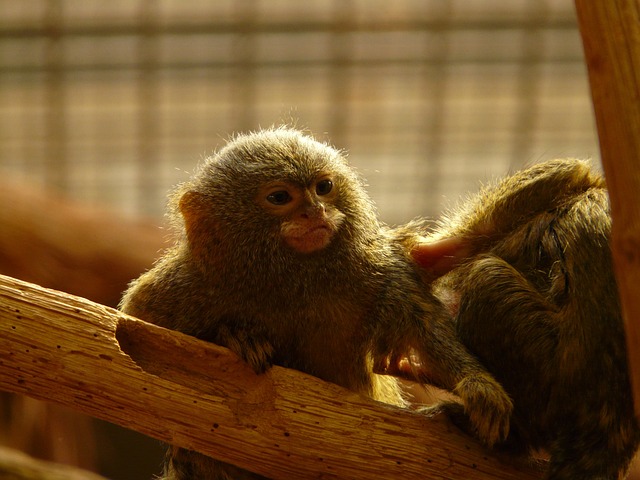 |
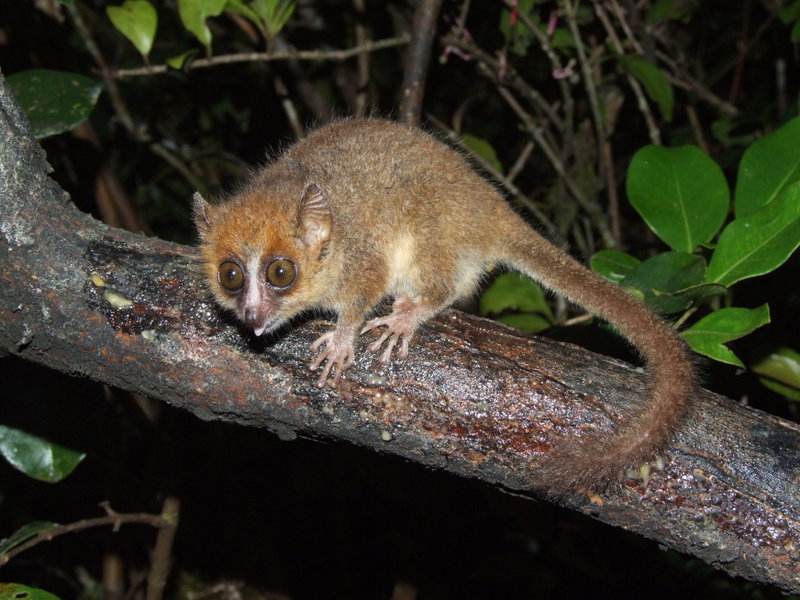 |
|---|---|---|---|---|---|
 |
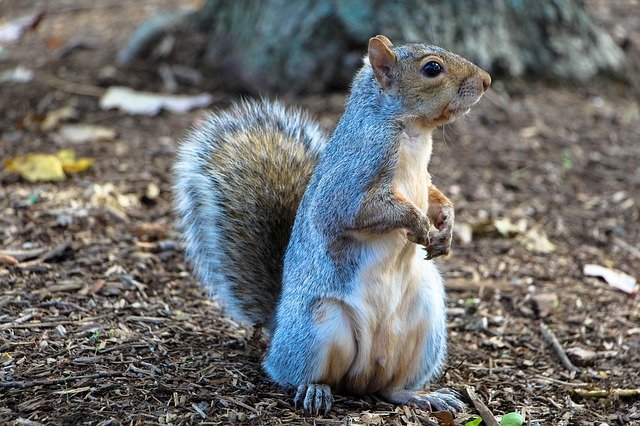 |
 |
|---|---|---|
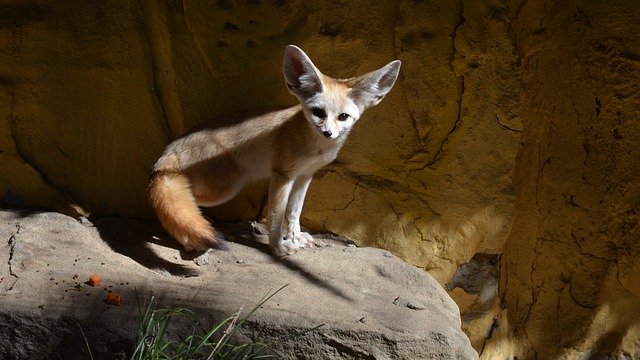 |
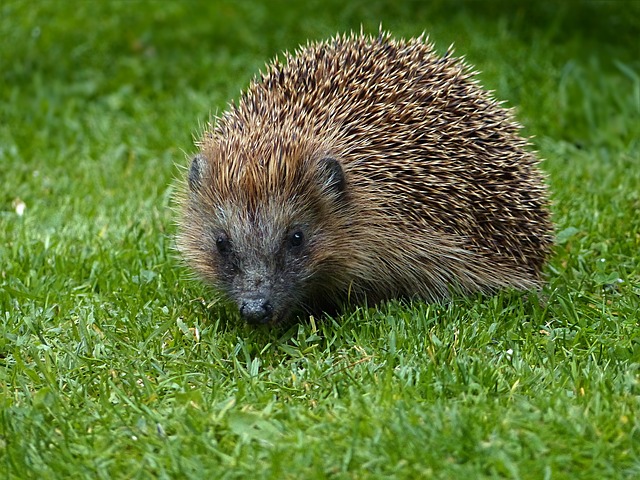 |
 |
 |
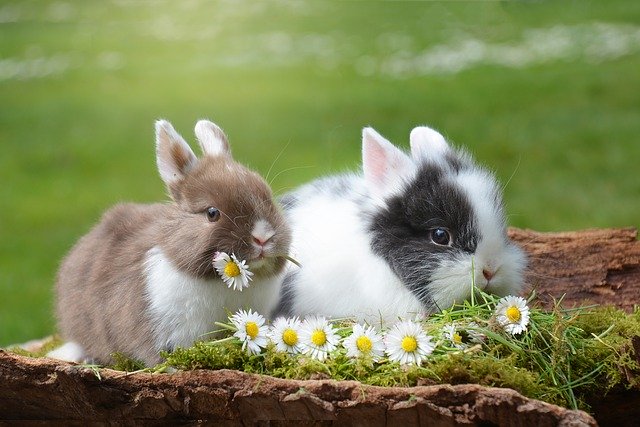 |
|
|---|---|---|---|---|---|
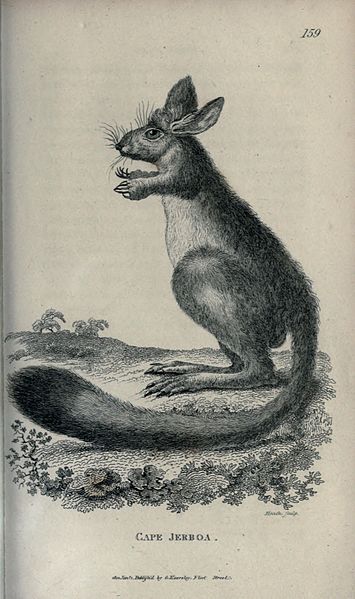 |
 |
 |
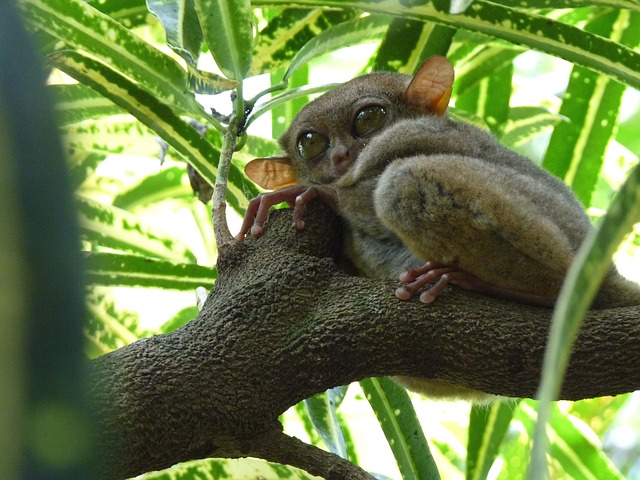 |
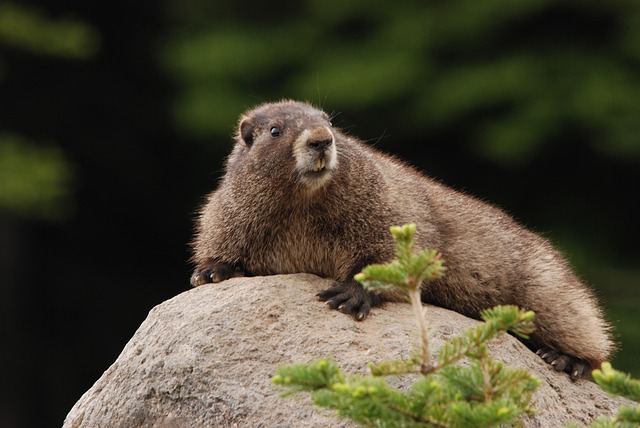 |
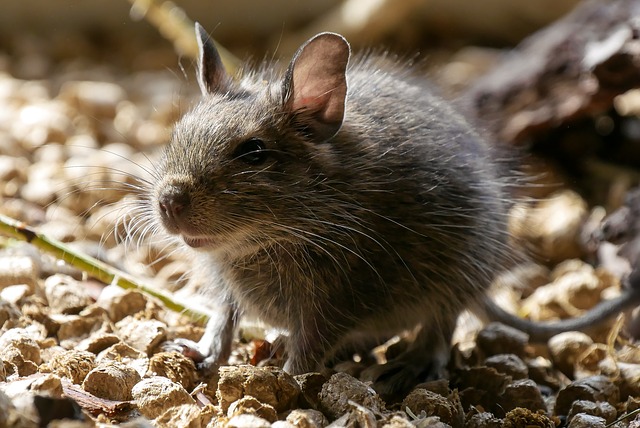 |
|---|---|---|---|---|---|
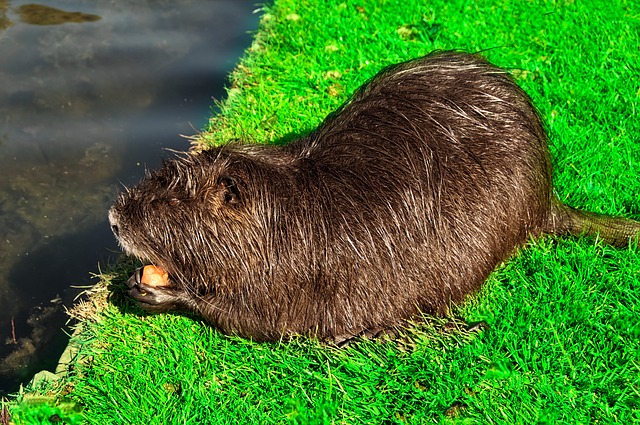 |
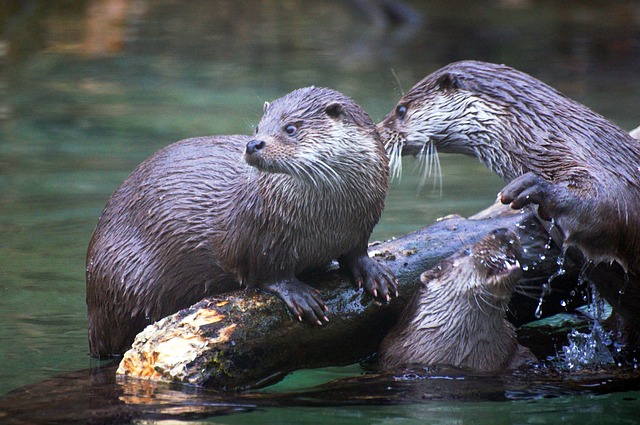 |
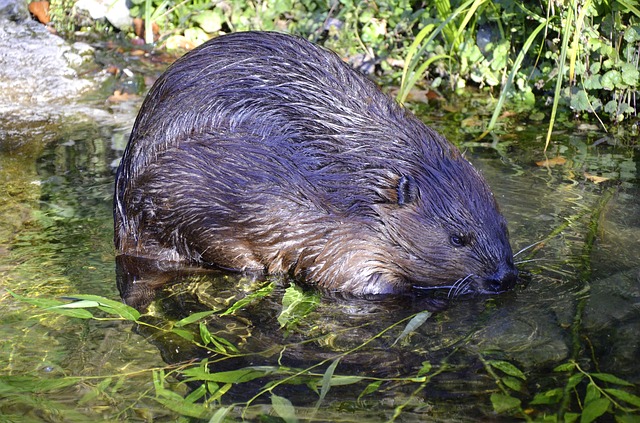 |
|---|---|---|
Mass (grams)
Etruscan shrew 1.8
Bumblebee bat 2
Balachristan jerboa 4
Planigale 4.3
Ningaui 6.9
American shrew mole 10
Pygmy squirrel 16
Mouse 19
Dwarf hamster 23
Mouse lemur 30
Pygmy jerboa 34
Gerbil 71
Least weasel 76
Thick-tailed jerboa 80
Pygmy marmoset 100
Philippine tarsier 110
Sugar glider 140
Hamster 160
Flying squirrel 160
Degu 260
Pygmy rabbit 430
Hedgehog 450
Squirrel 500
Rat 500
Chinchilla 700
Guinea pig 910
Mink 1000
Fennec fox 1060
Muskrat 1100
Ferret 1500
Pygmy sloth 3000
Rabbit 3000
Cat 4000
Marmot 4000
Opossum 5000
Koala 8000
Beaver 20500
Otter 26000
Capybara 50000
The Bird Spa is at the Central Park lake at 101st street, on the south side isthmus.
 |
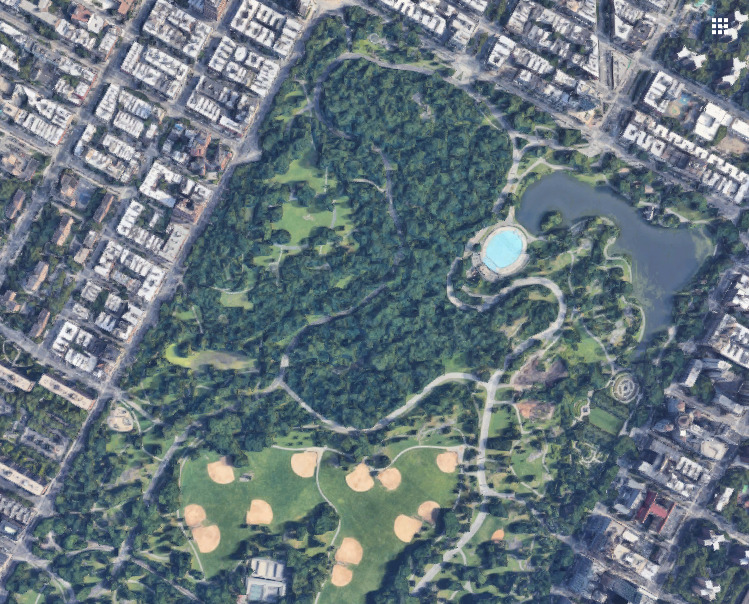 |
|---|---|
Ducks can catch bread with a week of training. After a month they can make highlight-reel catches. Geese are too slow to catch.
Ducks can take off vertically. Hold out a piece of bread at waist height and a duck will jump and flap to get it.
Geese are gregarious and will eat out of your hand. Ducks will eat out of your hand after a week of familiarity.
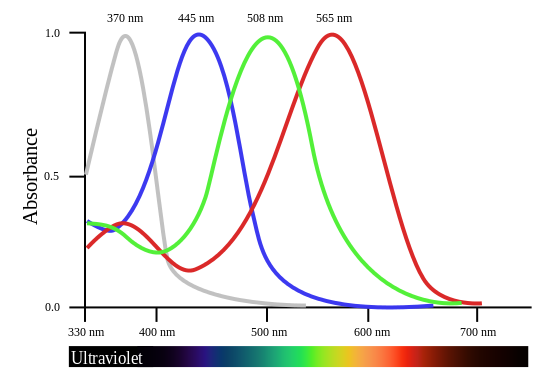 |
|---|
Birds see the 3 colors that human see, plus an extra ultraviolet color.
The incubation temperature for chicken eggs is 37.5 Celsius (99.5 Fahrenheit).
Eggs should be placed with the pointed ends down and turned regularly (at least three times per day) until one to three days before hatching.
Incubation time
days
Duck 28
Goose 30
Swan 35
Turkey 28
Chicken 21
Pheasant 25
Pigeon 18
Canary 13
Ostrich 42
 |
|---|